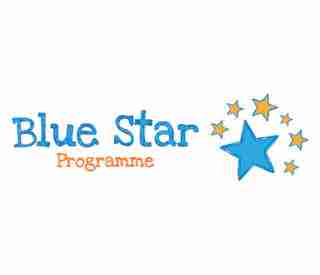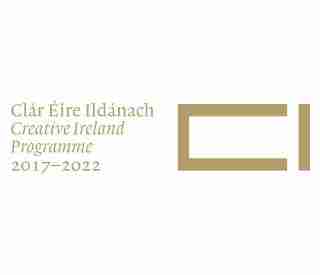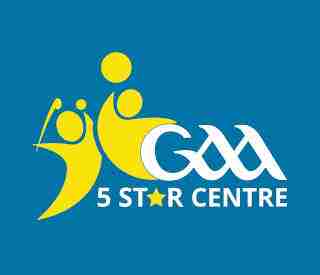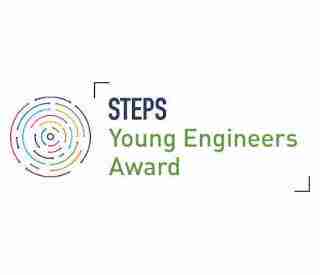Science: Skype a Scientist
FIrst and Second Class had a video call with a scientist!
The children were very excited to talk to Dr. Nicola Bordin from University College London. Dr. Bordin conducts research into DNA and cells. He spoke to the children about bacteria, viruses, DNA and the cells in the human body. We were amazed to learn just how small these structures are. Dr. Bordin talked about different viruses including Covid 19. We learnt about how Covid latches onto cells, and we also learnt that sheep can catch Covid! The children had lots of great questions to ask Dr Bordin. It was great to get an insight into the life of a real life scientist. Some of the children said they would like to be scientists one day!
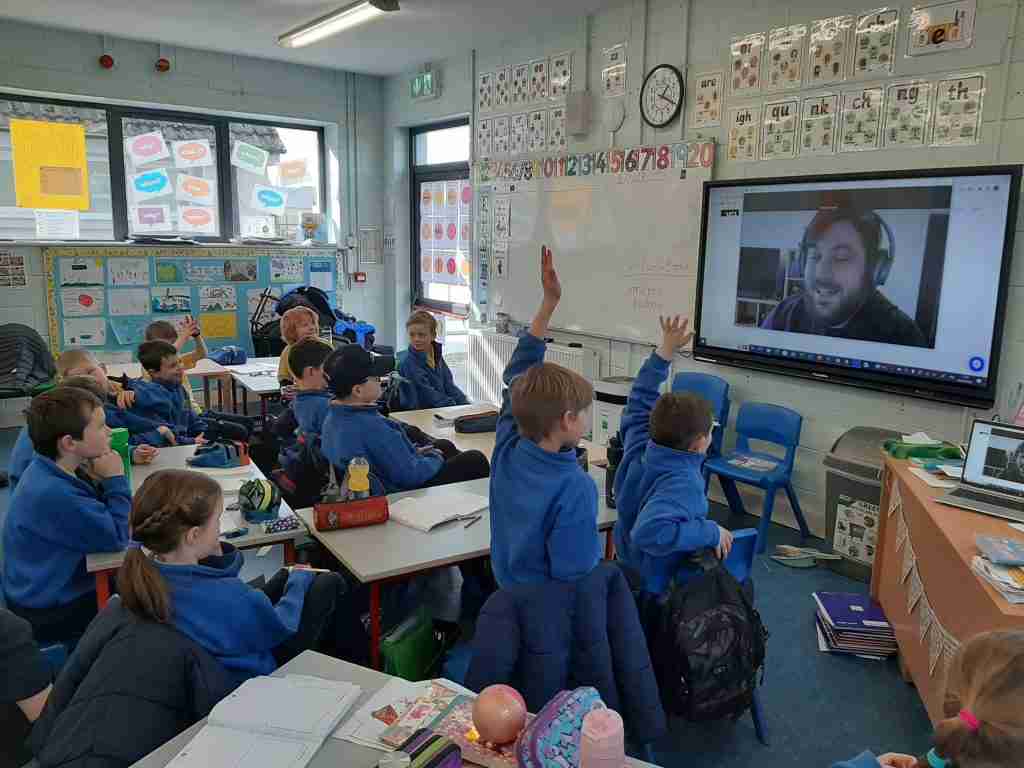
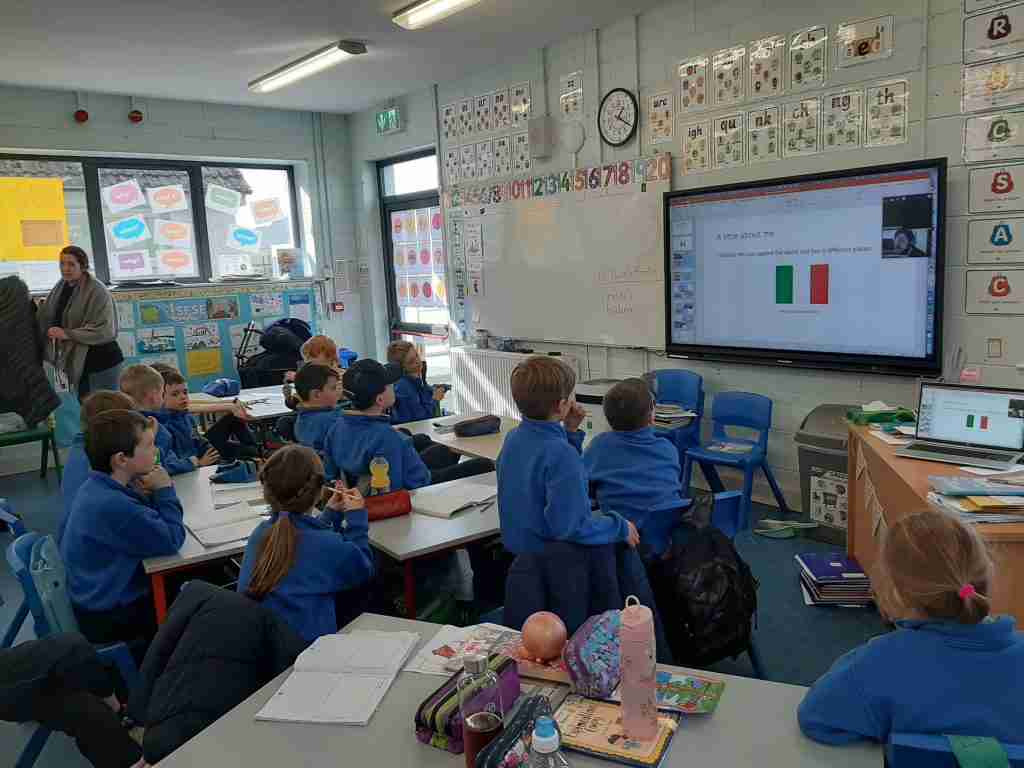

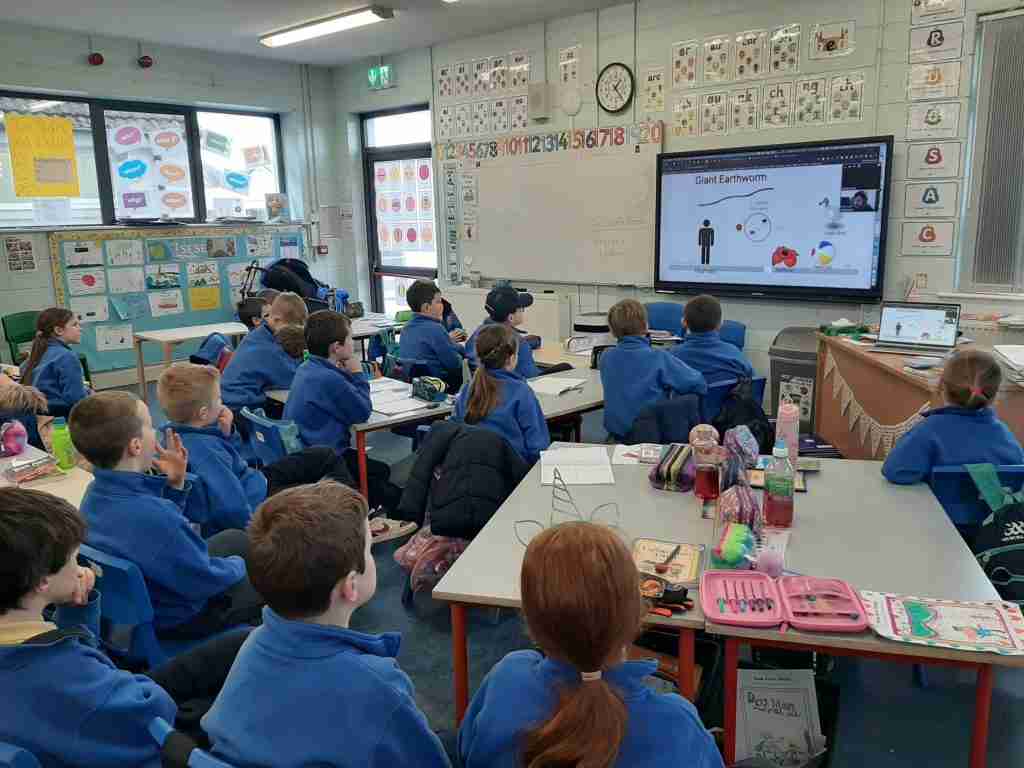
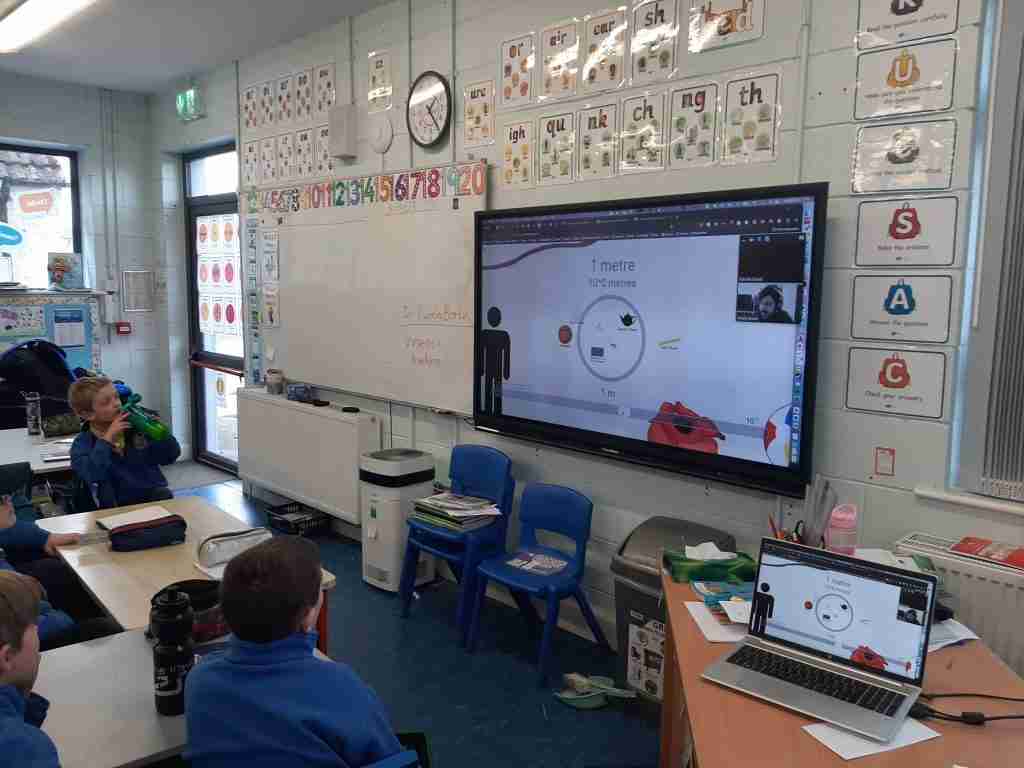

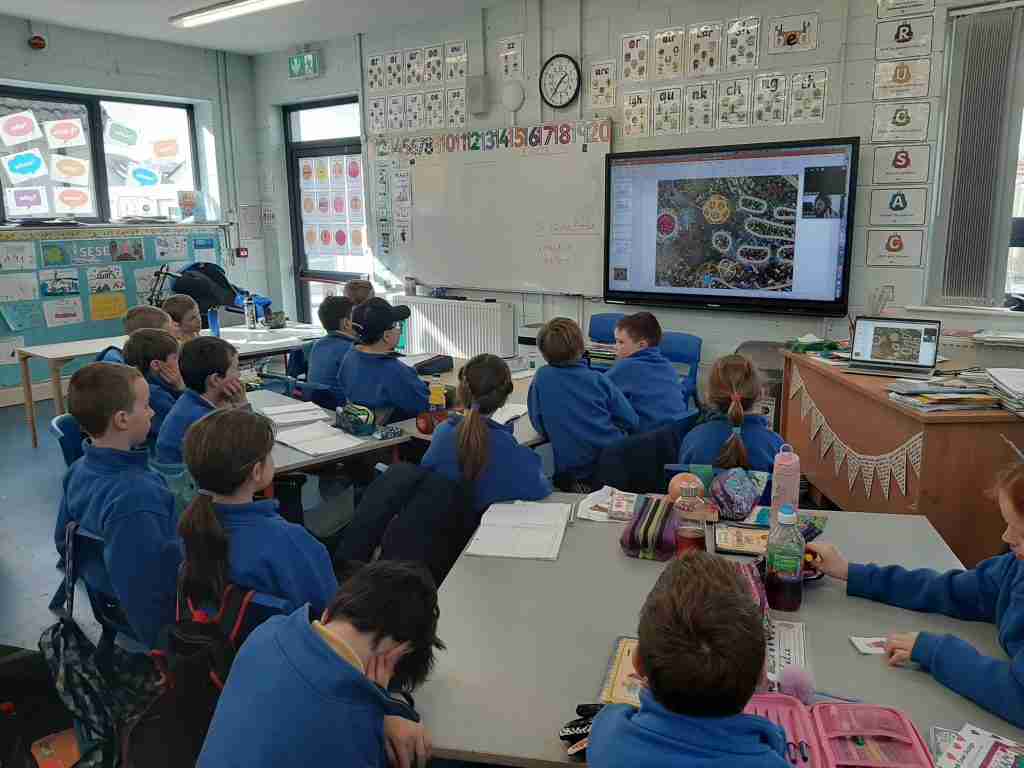
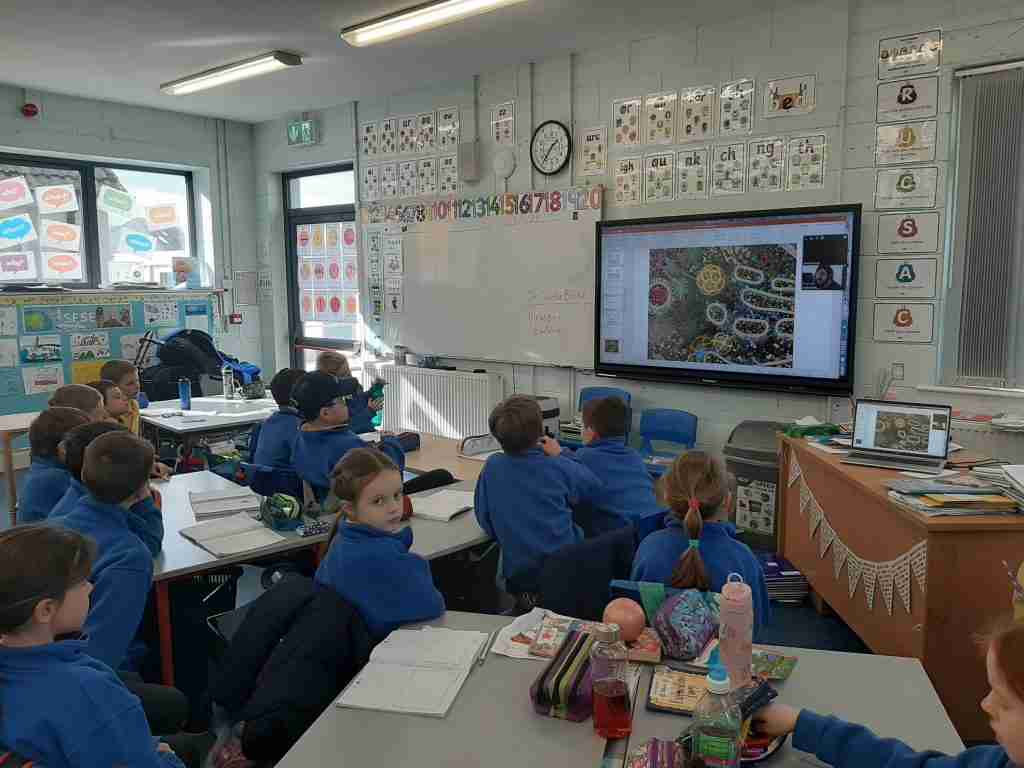
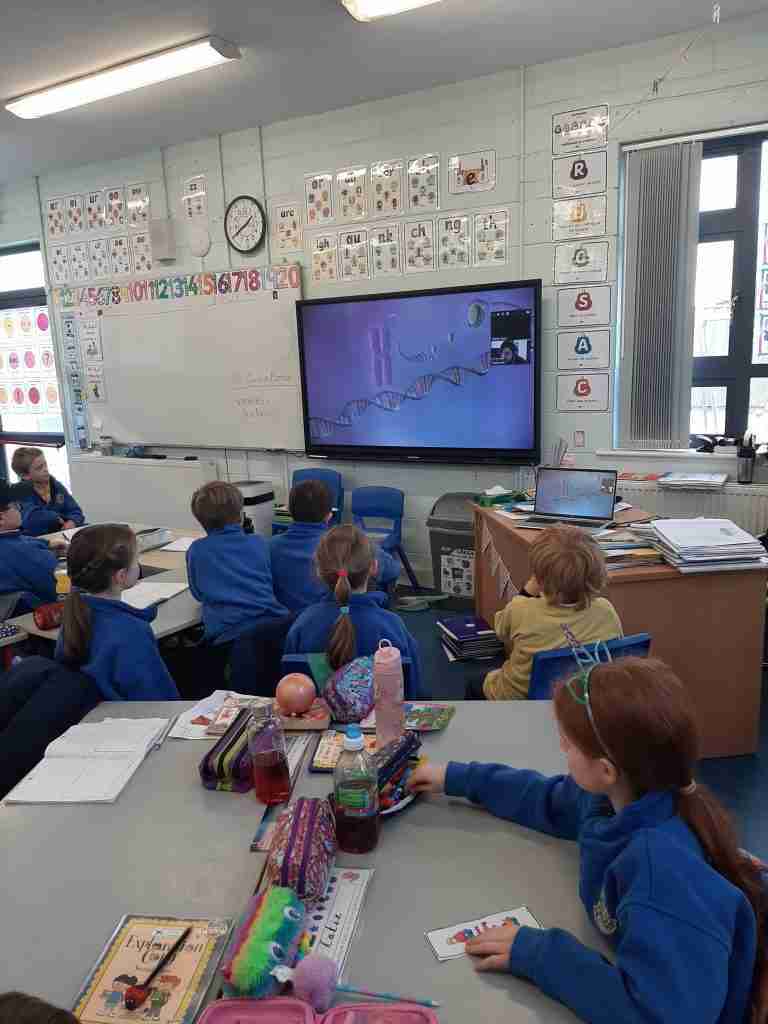
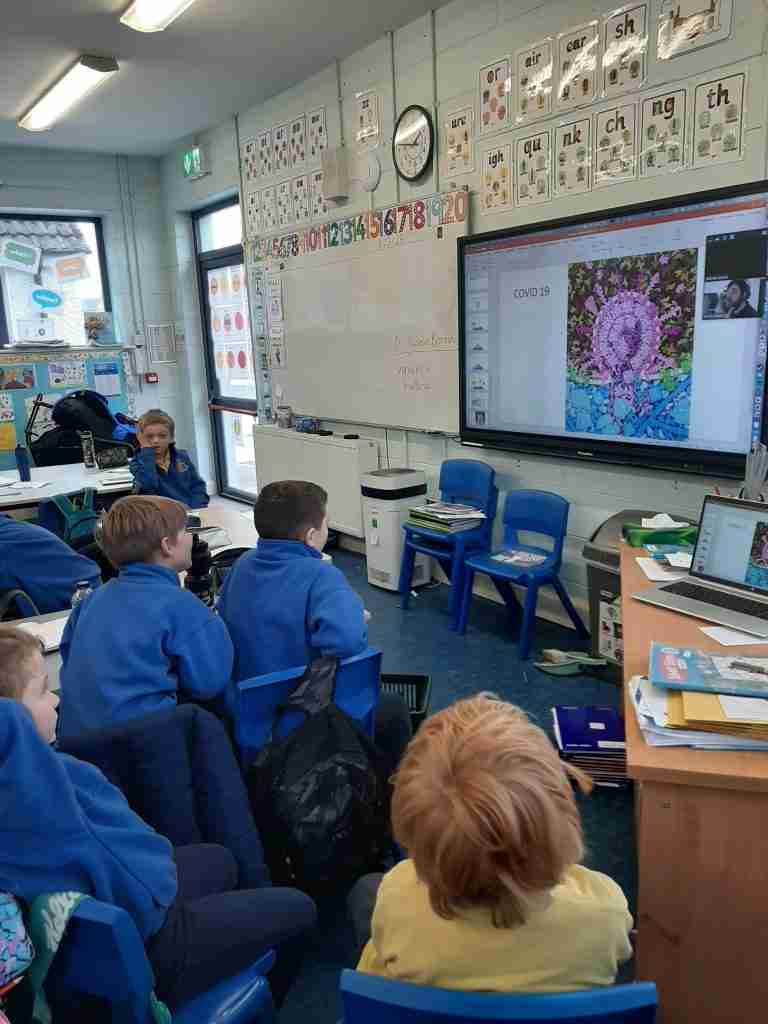
Materials: Properties and characteristics of materials.
Junior infants made their own playdoh.
The children worked together as a class to complete the experiment. We got all the equipment needed: Flour, oil, cream of tartare, salt, warm water, food colouring, a large bowl, jug and wooden spoon. We then followed the method step by step. The boys and girls were delighted with the finished result and have been having lots of fun playing with their playdoh during our fine motor activities and free play time.
Take a look at our photos.
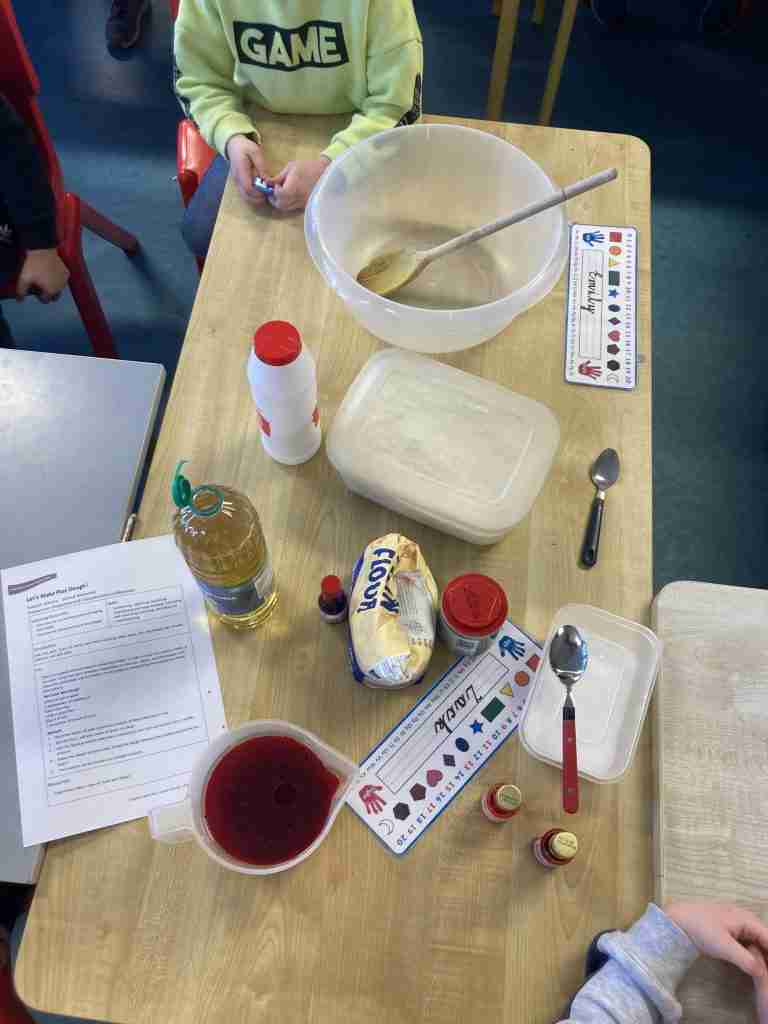

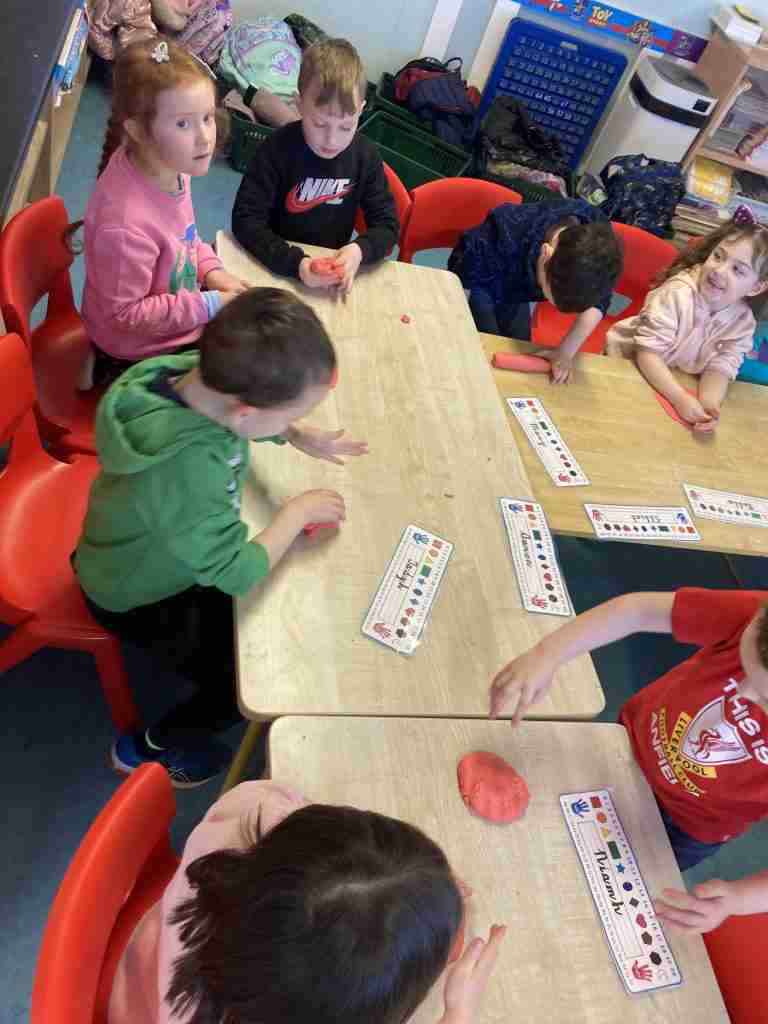
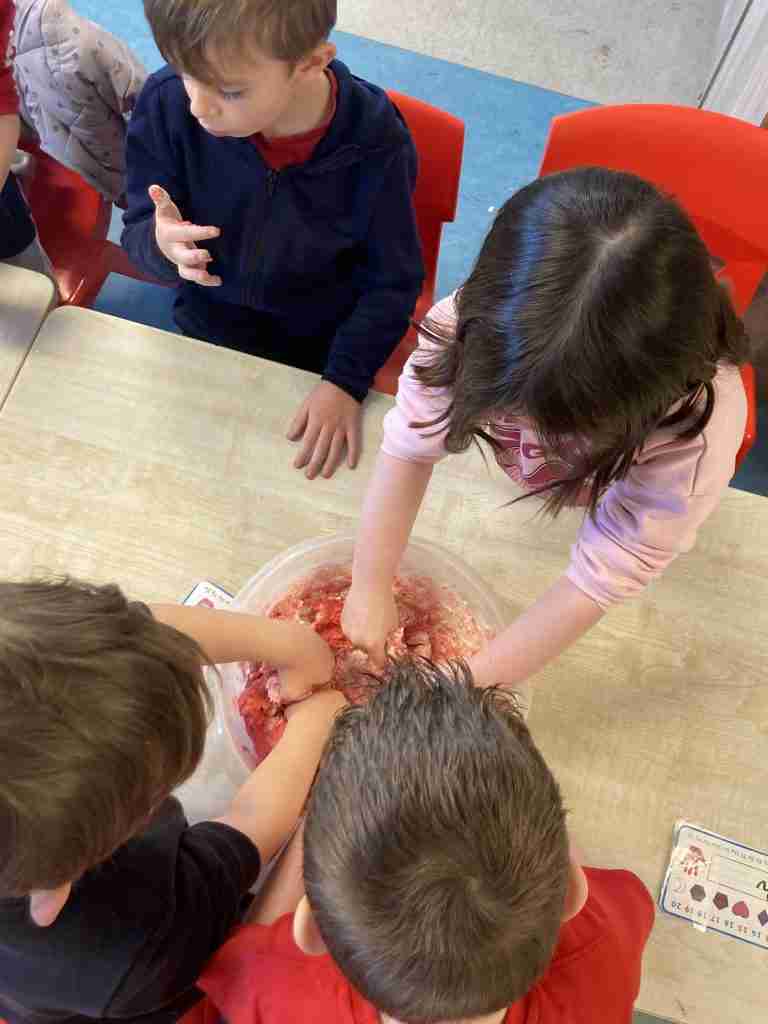

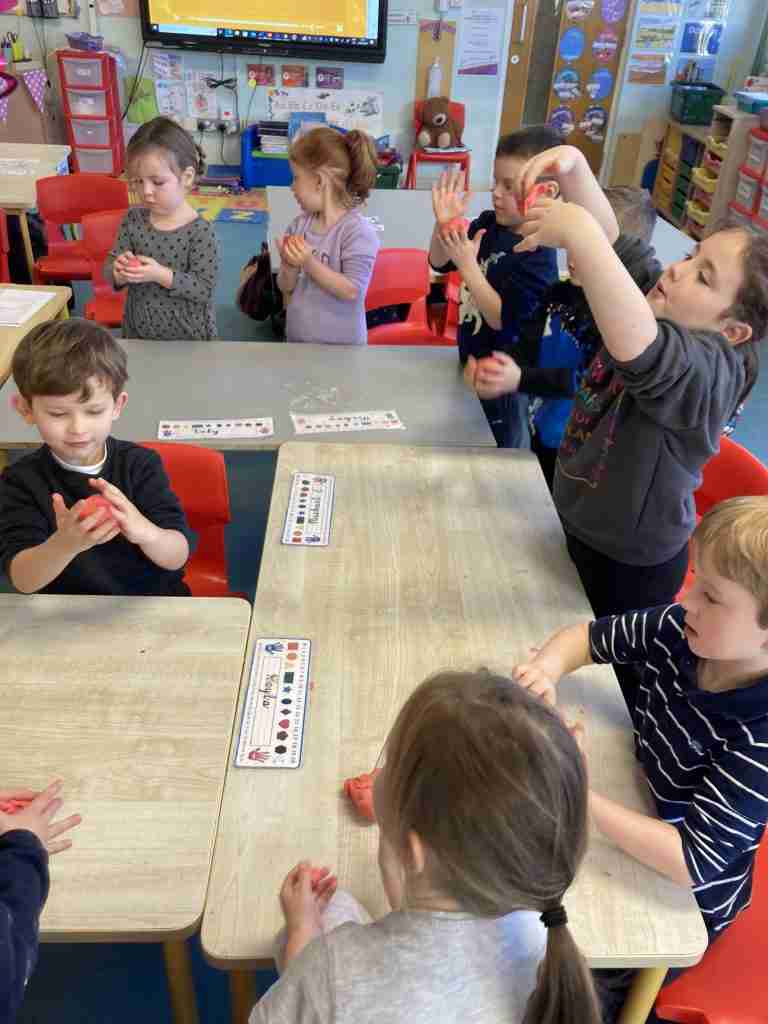
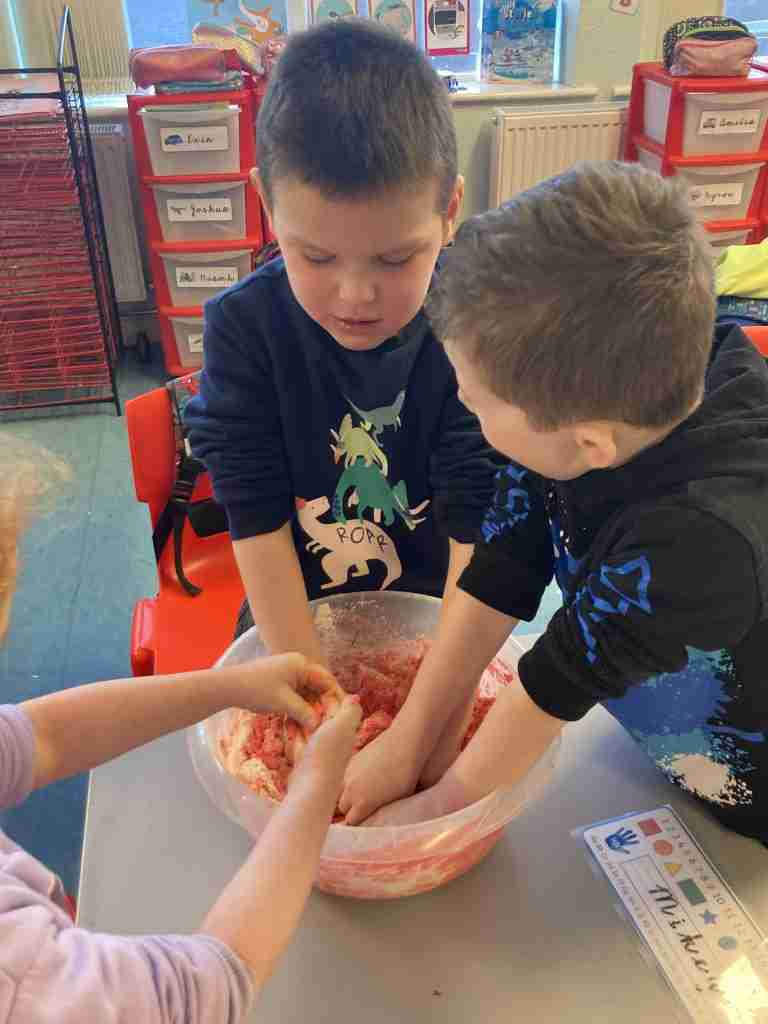

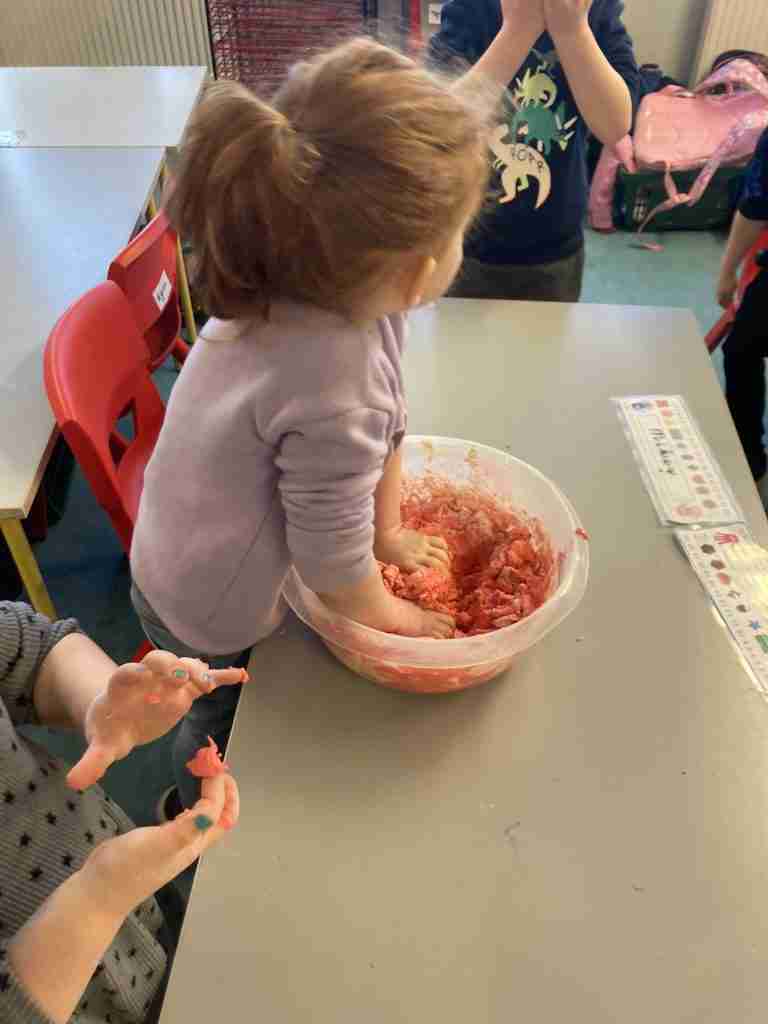
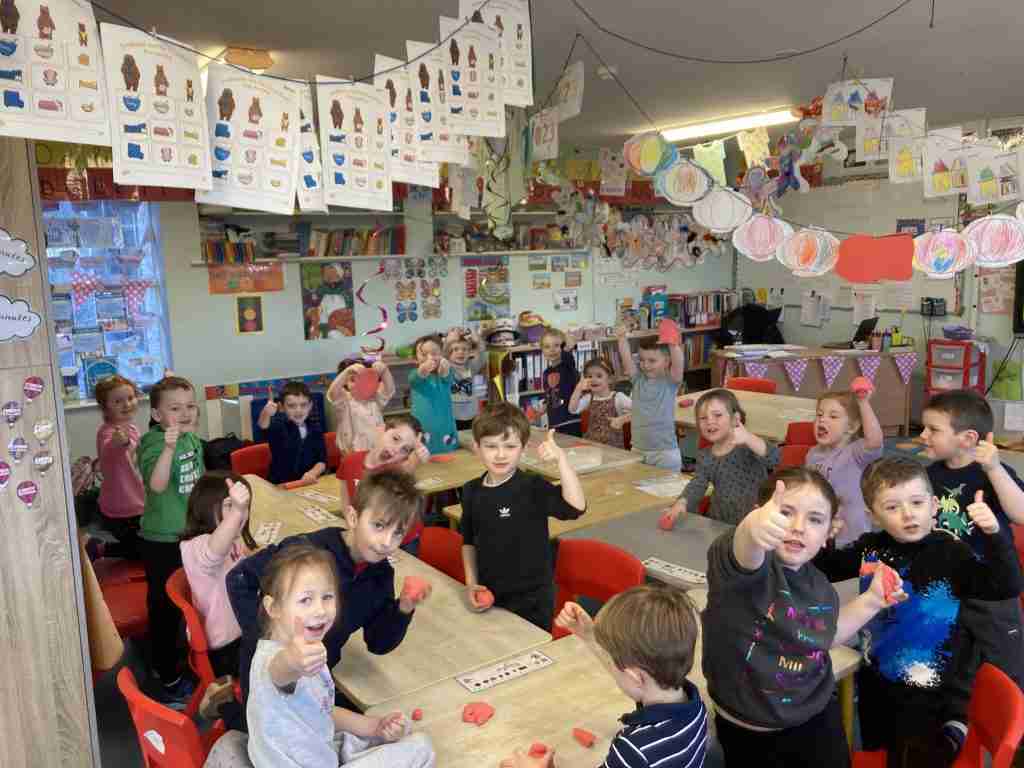
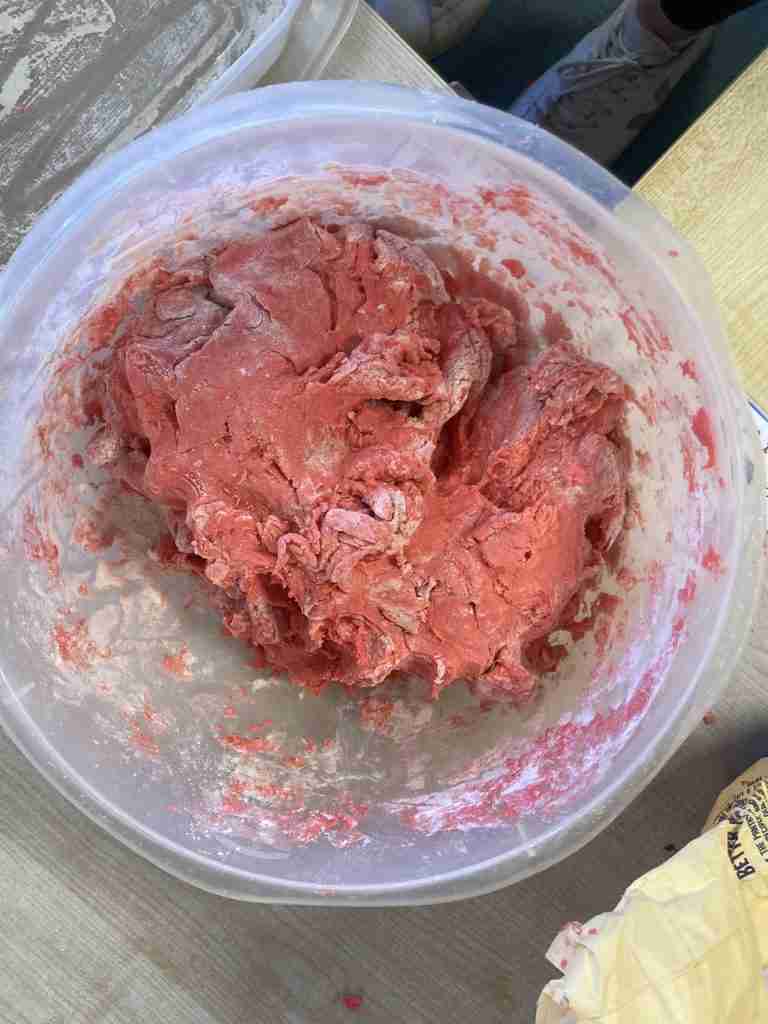
Materials: Materials and change
The children in Junior Infants have been very busy working as 'Meterologists'.
They have been learning all about waterproof items and were designing outfits appropriate for the different types of weather: sunny/ rain/ storm/ snow.
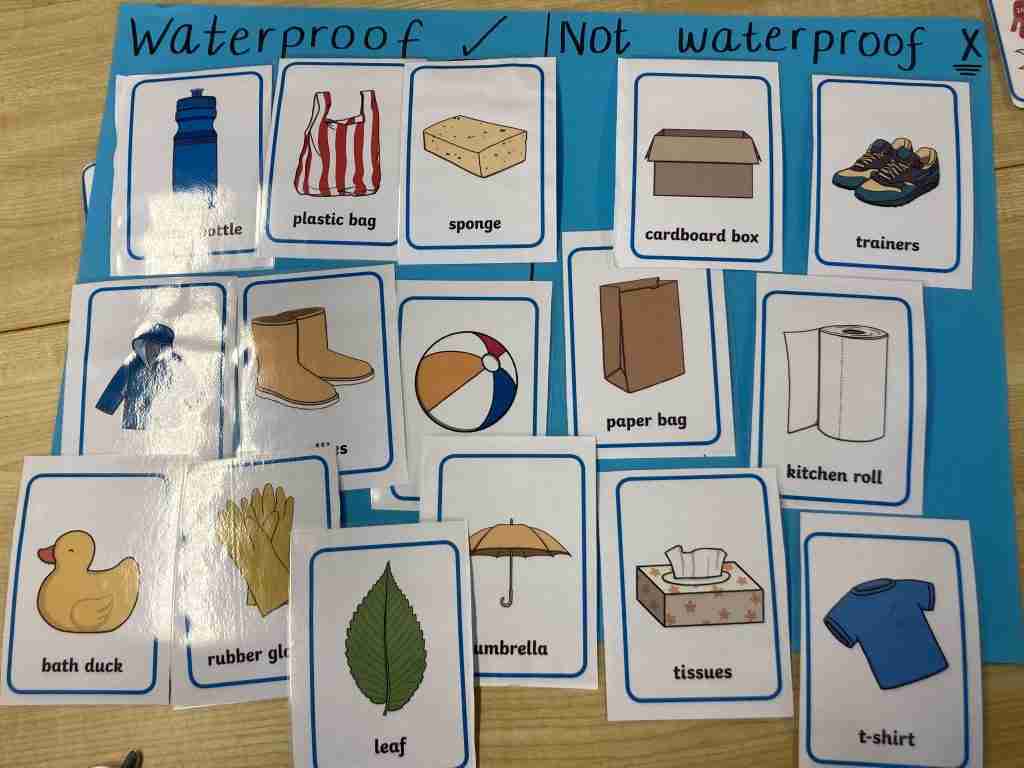
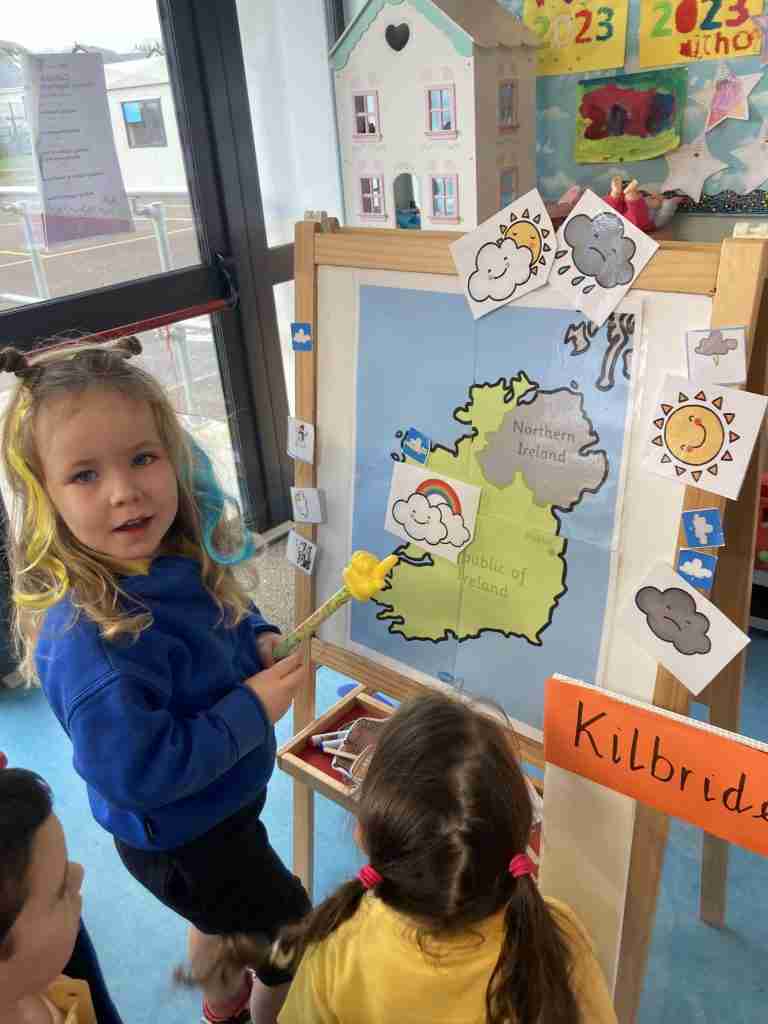
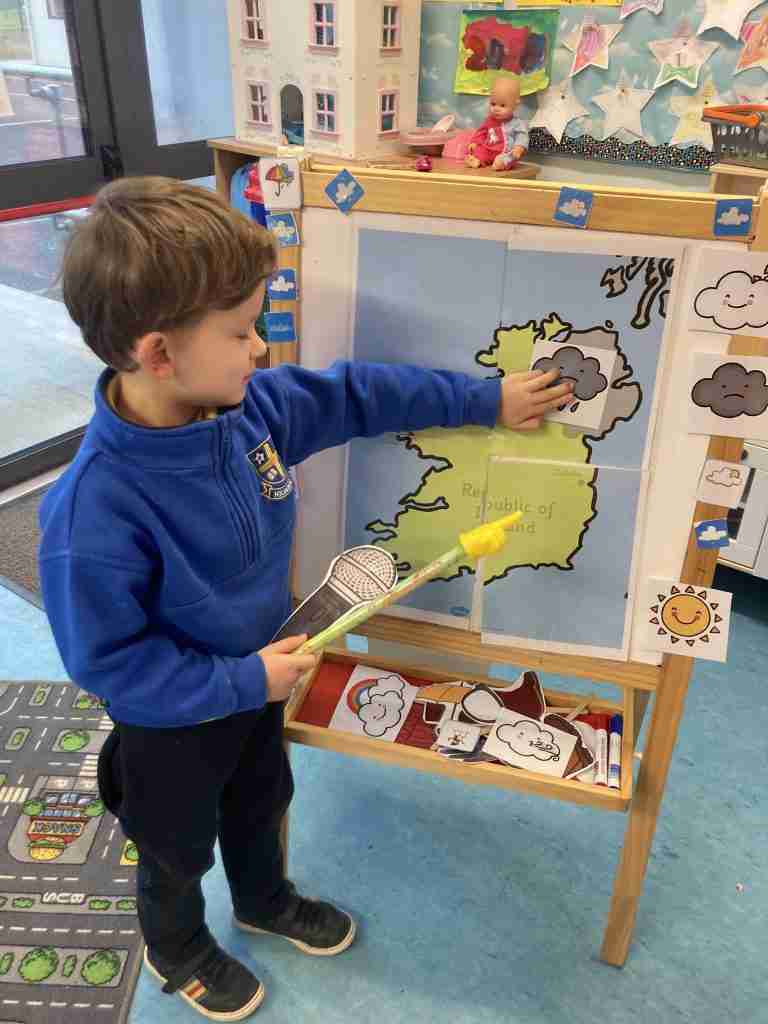

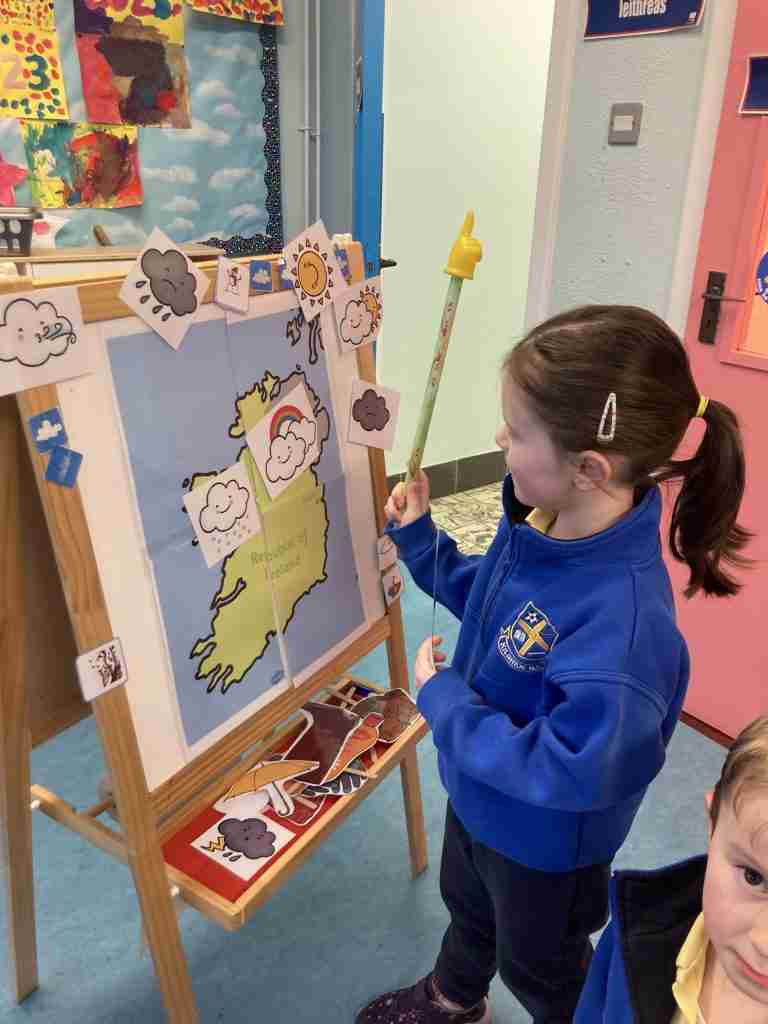
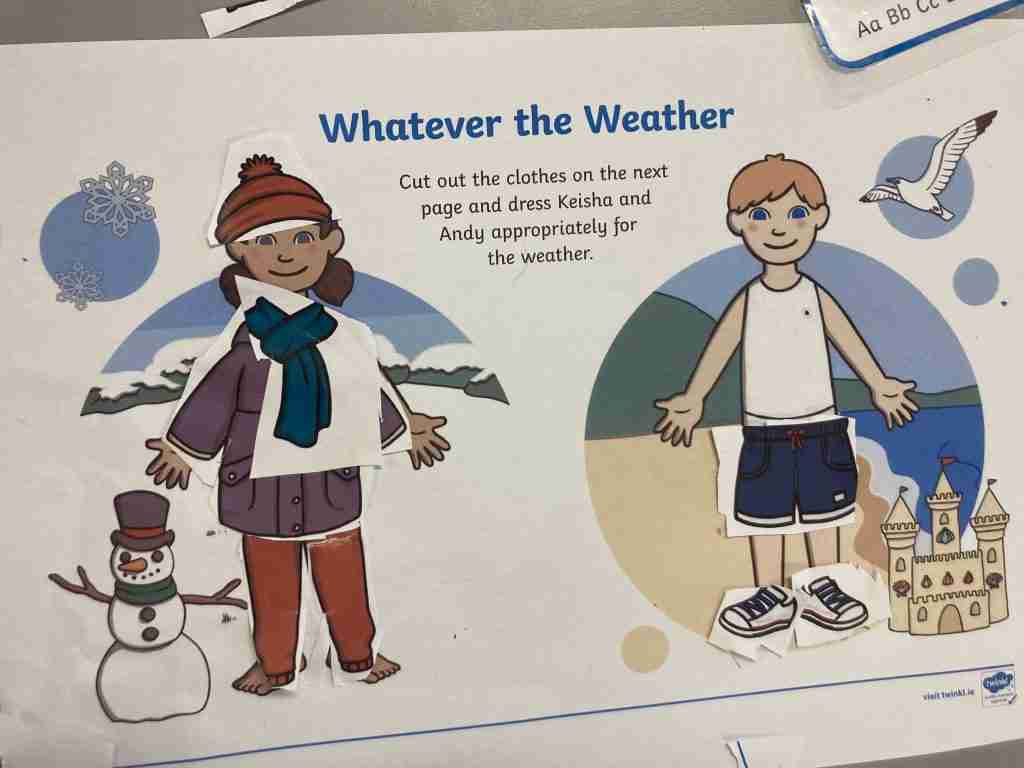
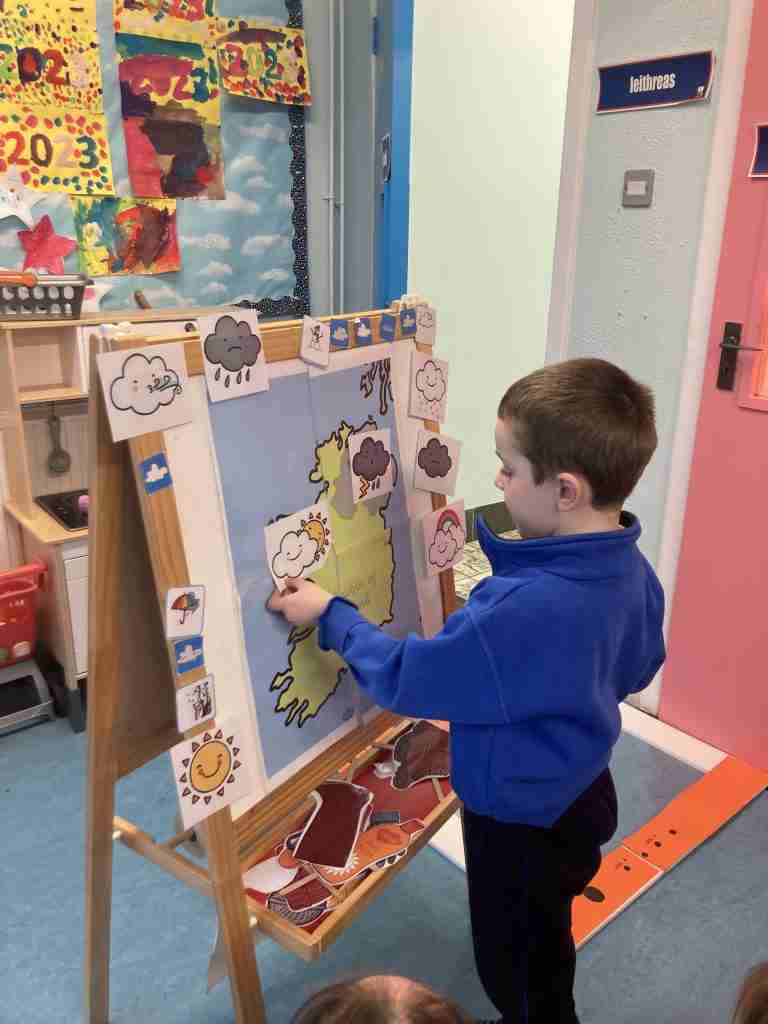

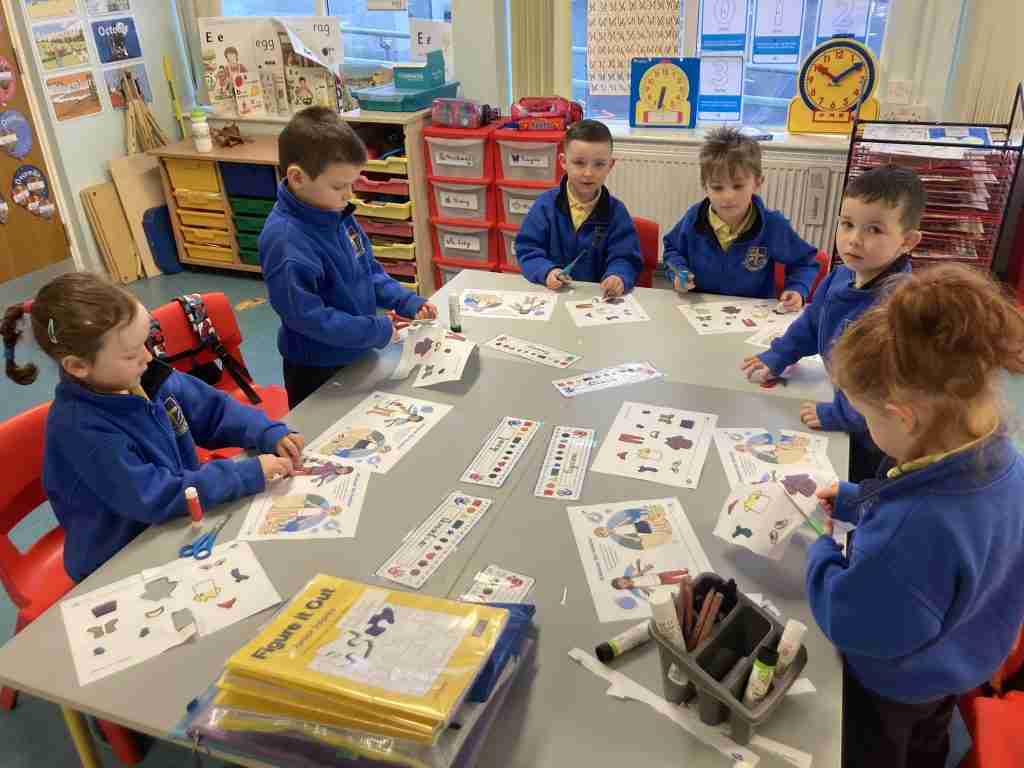
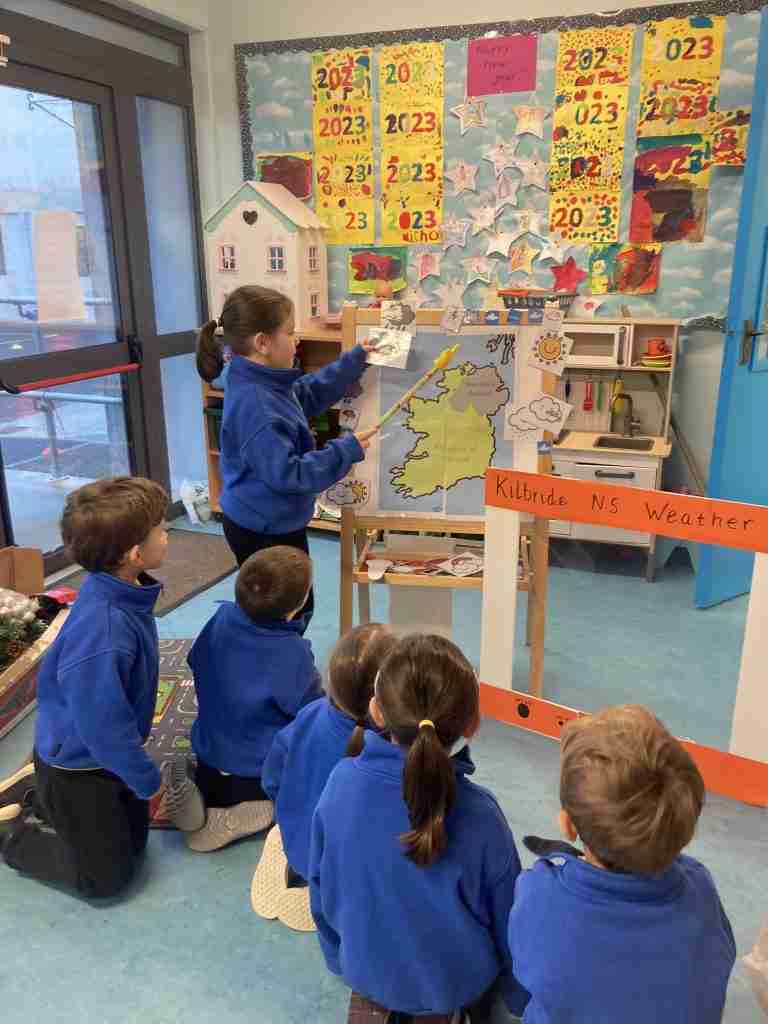
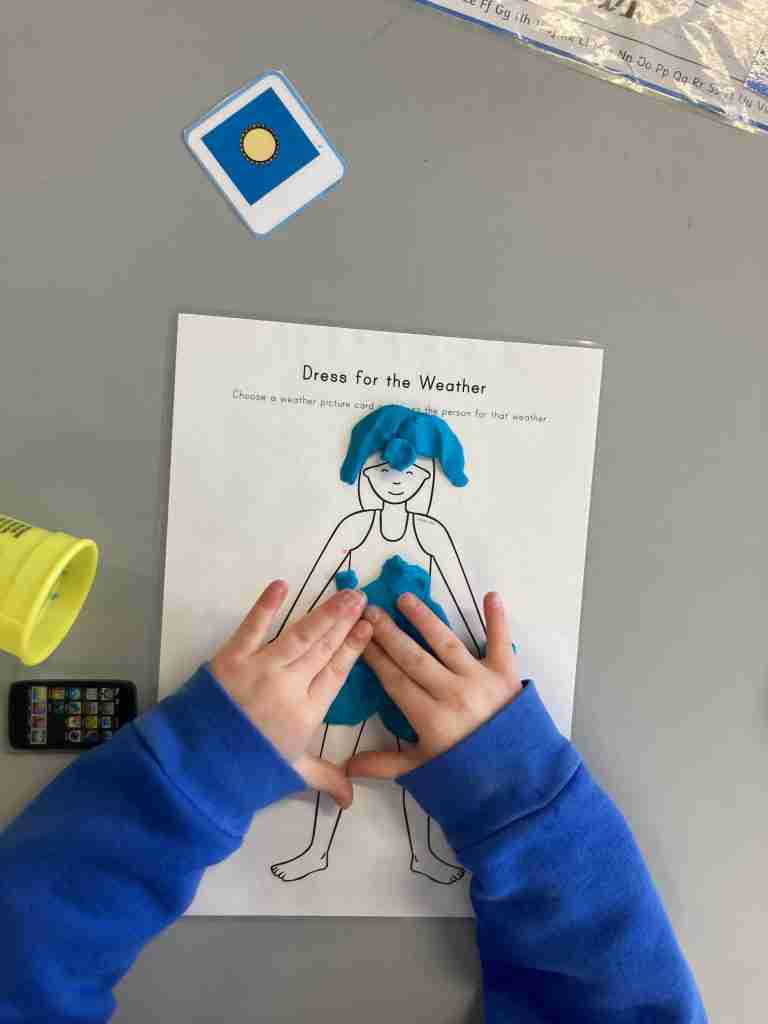
Living things: Plants and animals
Junior infants learned all about trees during Autumn. They can name and locate the branches, leaves, trunk and roots of trees. Take a look at the lovely Autumn trees they painted.
The boys and girls also had a great interest in learning about Squirrels and Hedgehogs. They learned about where Squrriels and Hedghogs live, the food they eat, when they hibernate and how they collect their own food.



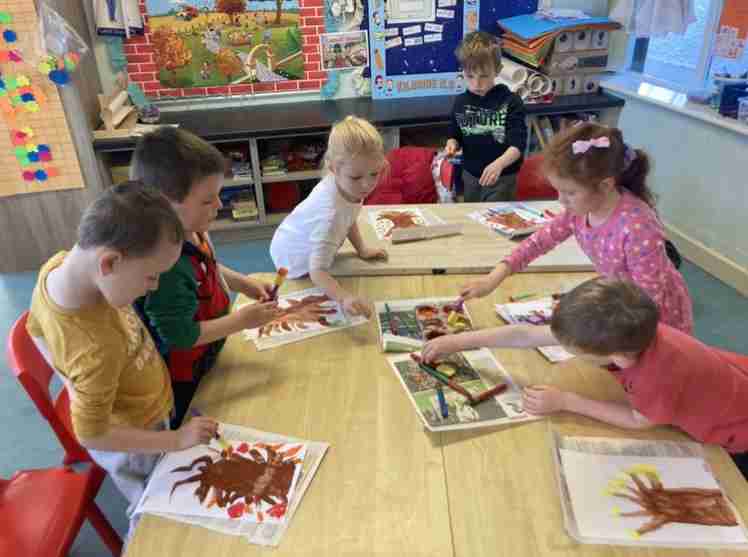
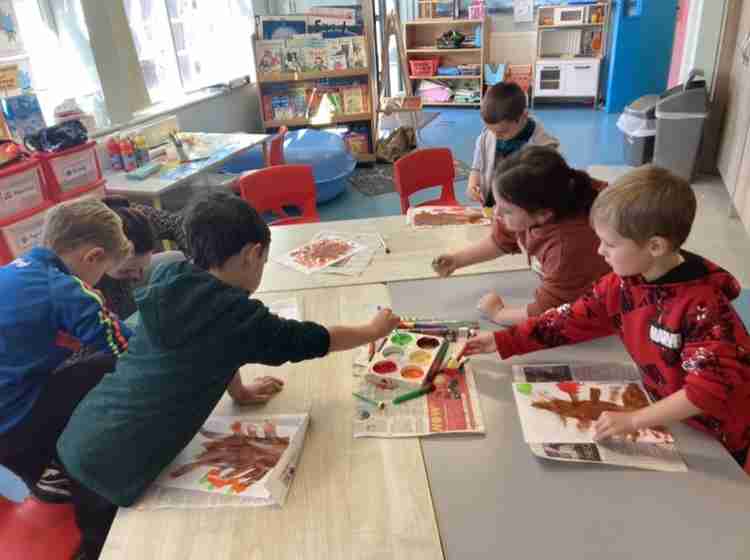
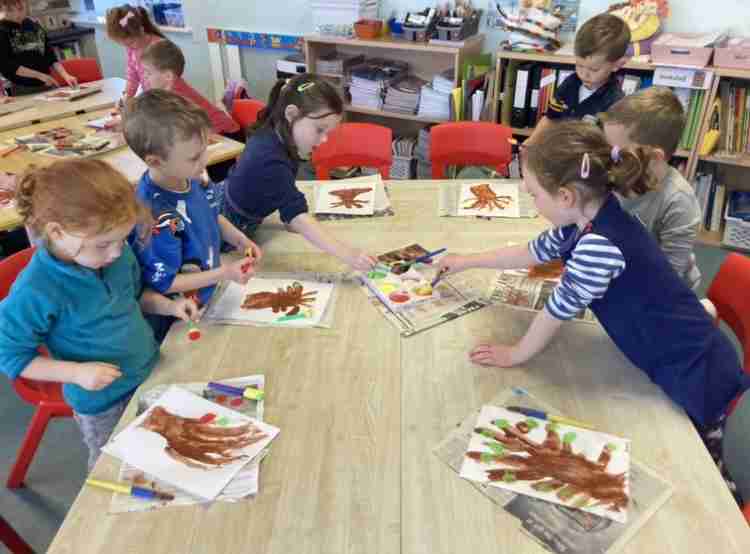
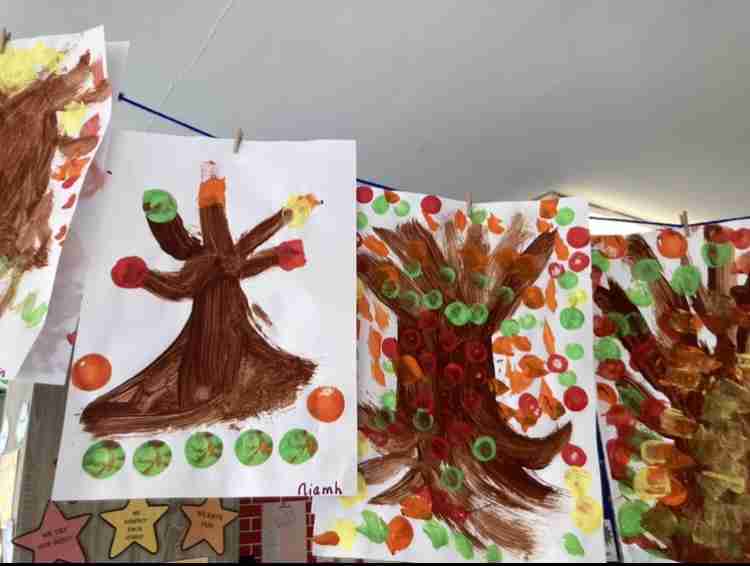
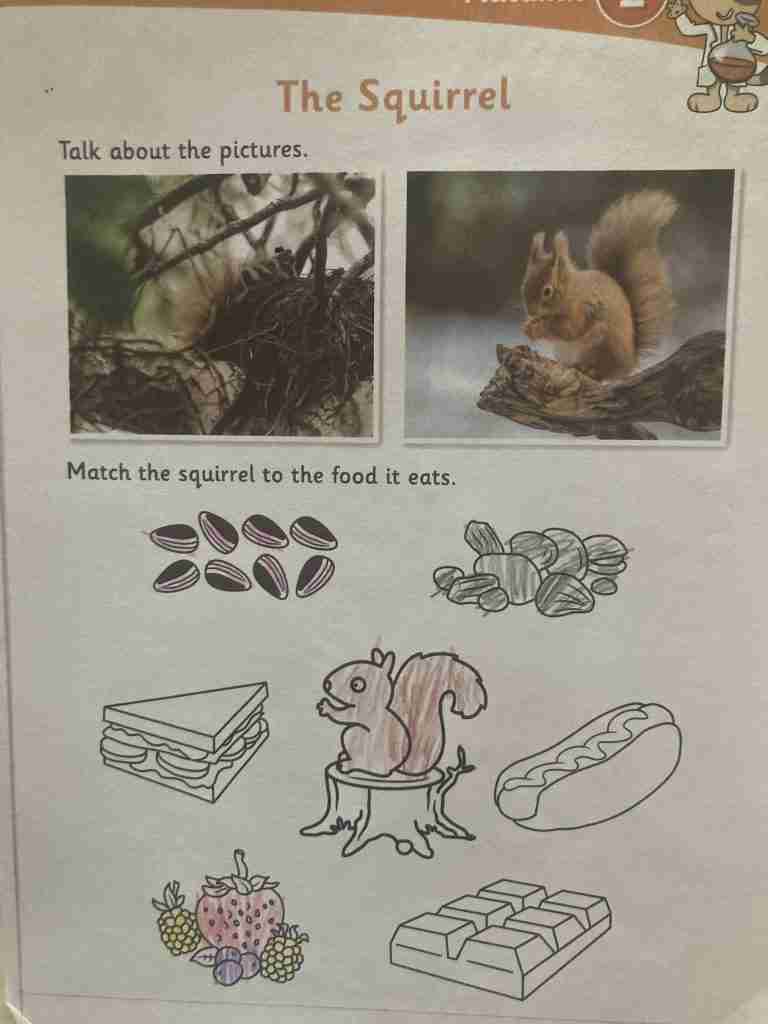
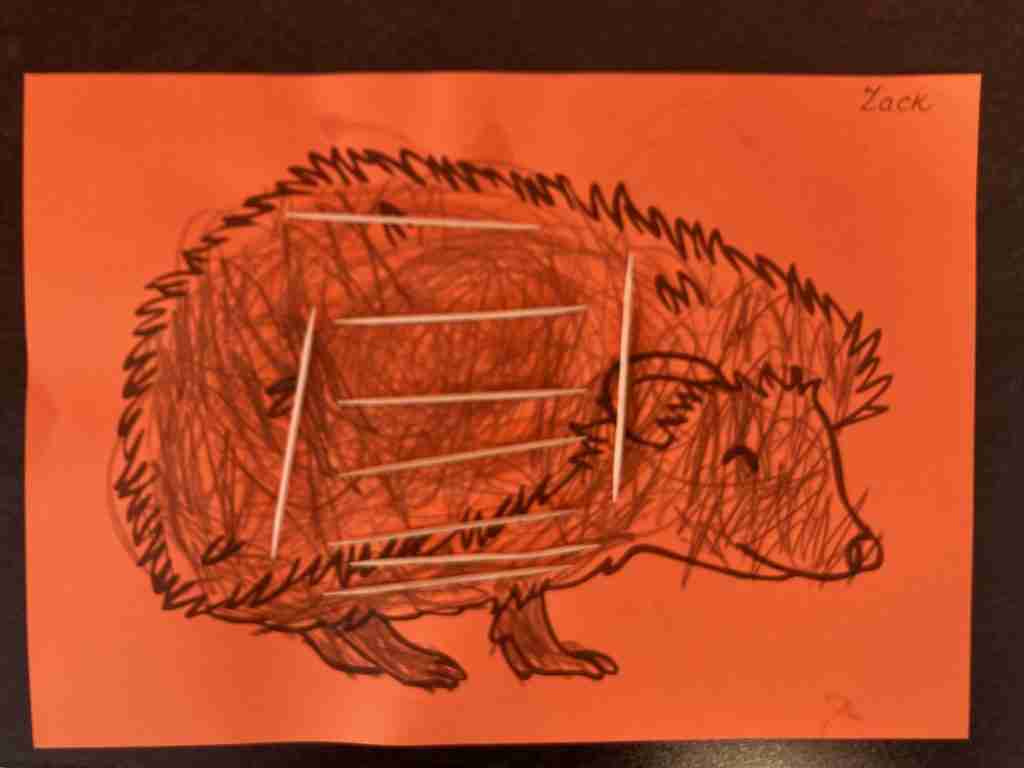

For Science Week this week we had an in - school science day / buddy system where the older children joined up with the younger children and helped them do lots of fun science experiments. Well done to all the boys and girls. All the children had a great time!
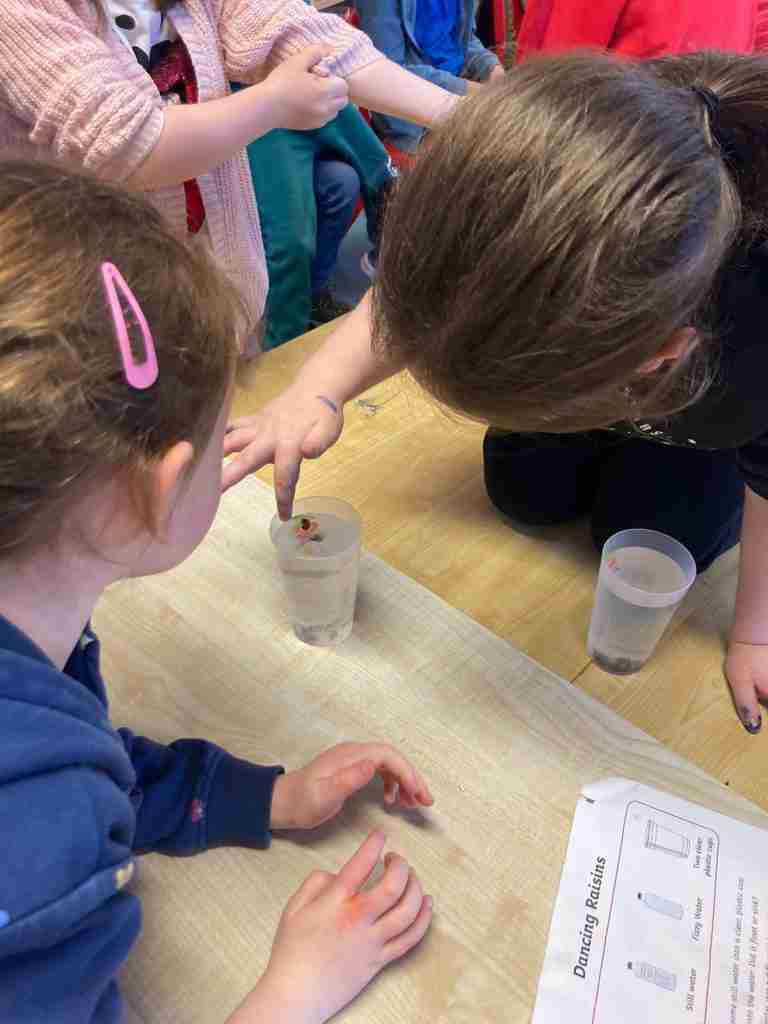
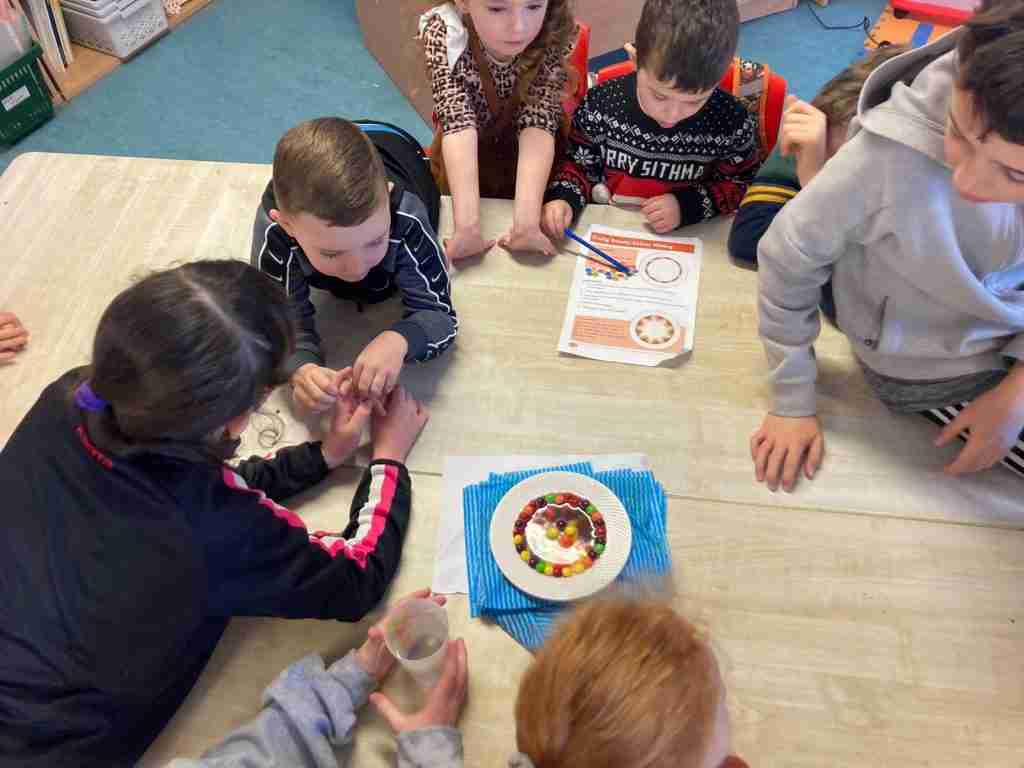
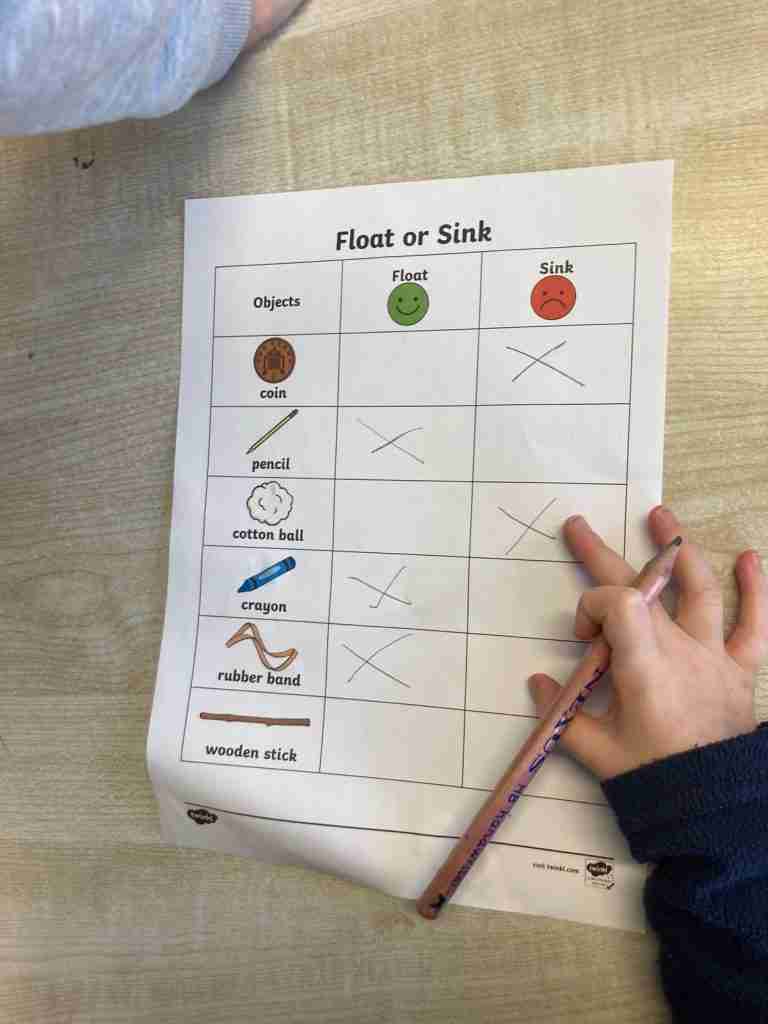
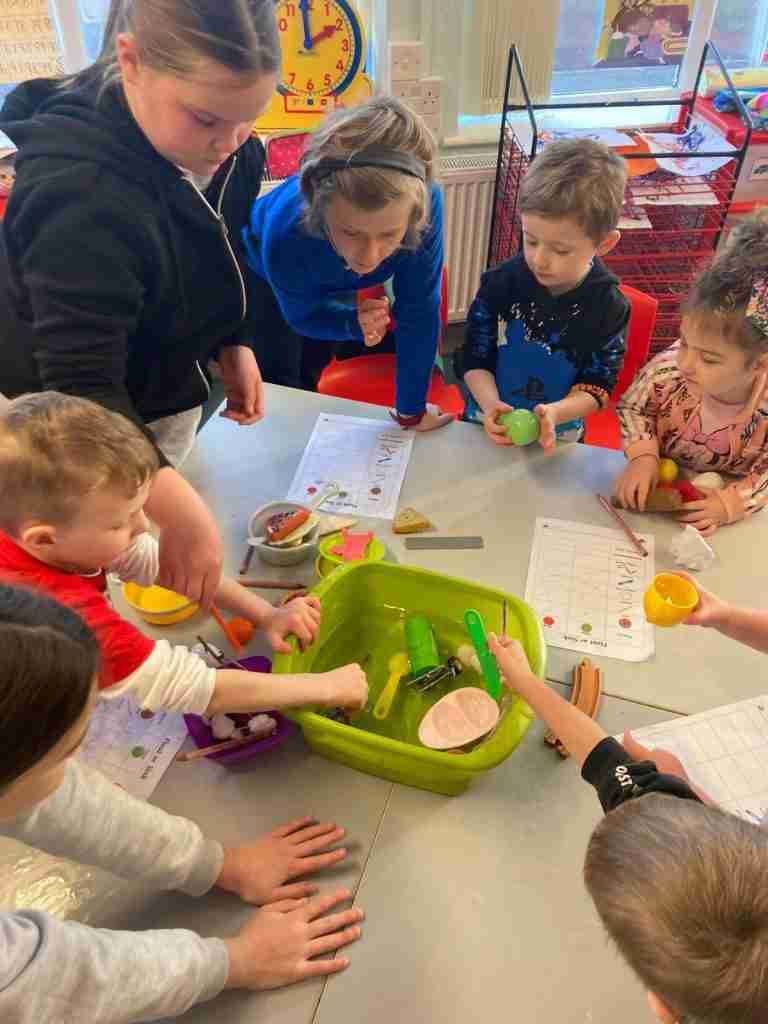
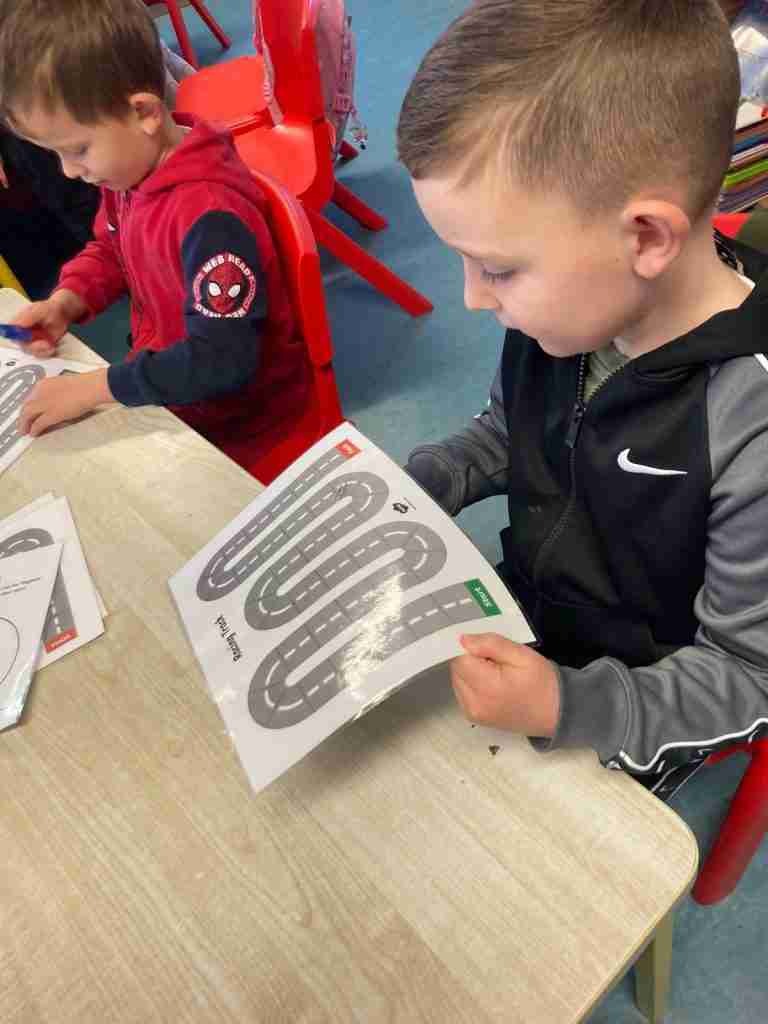
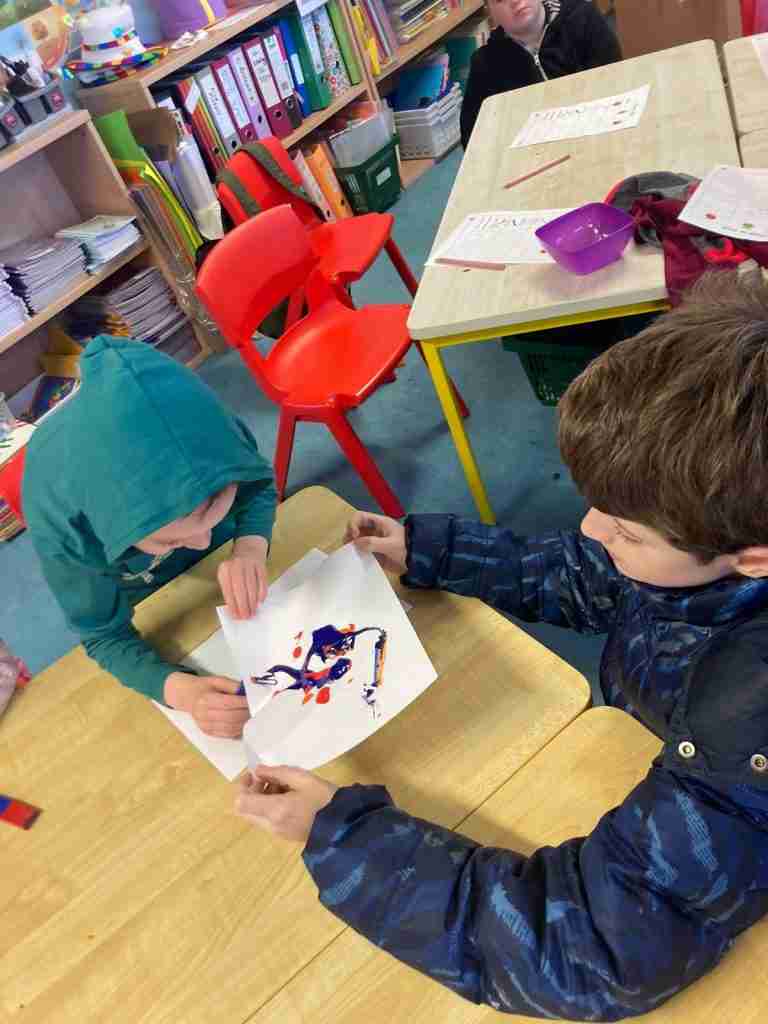

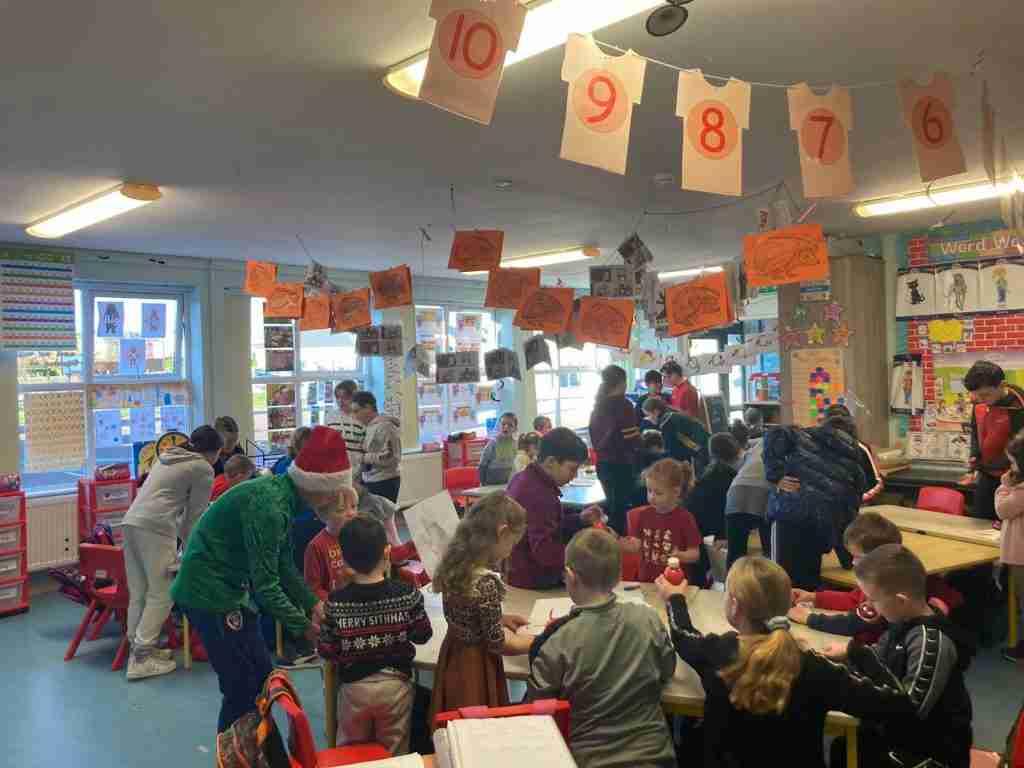

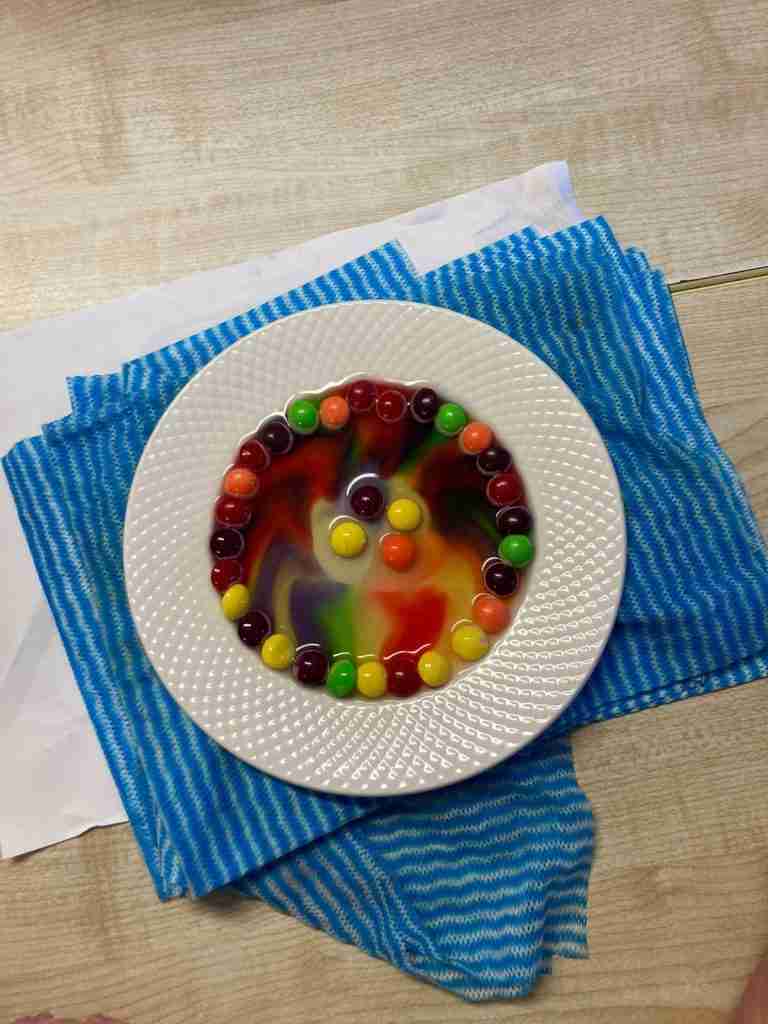
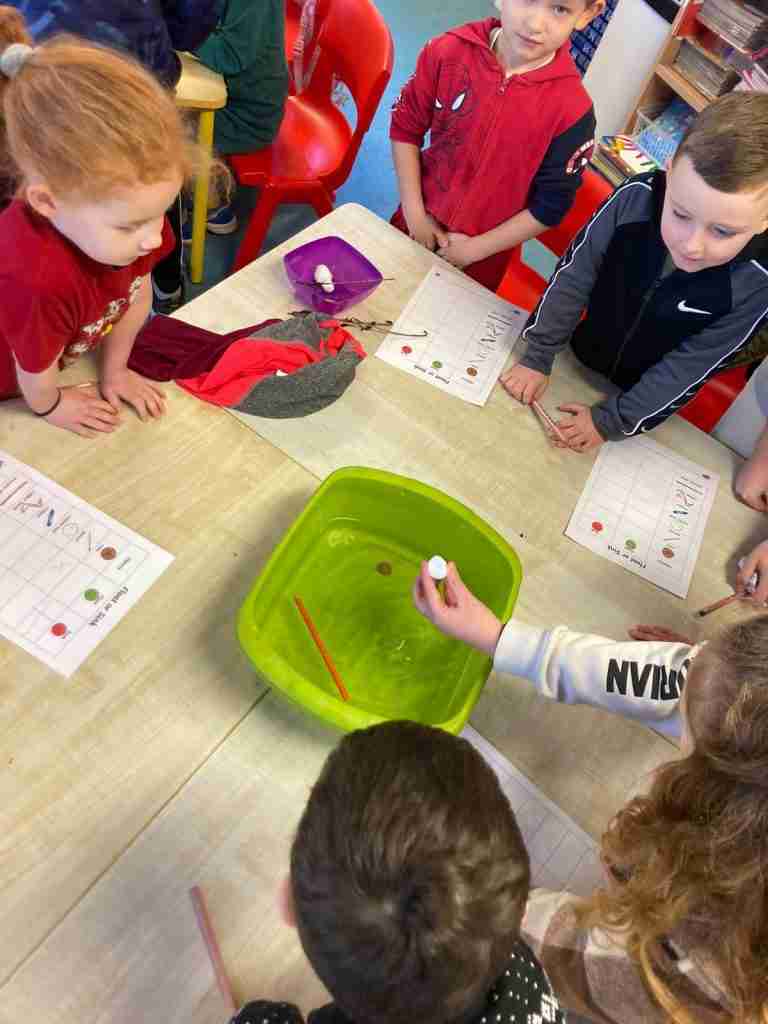

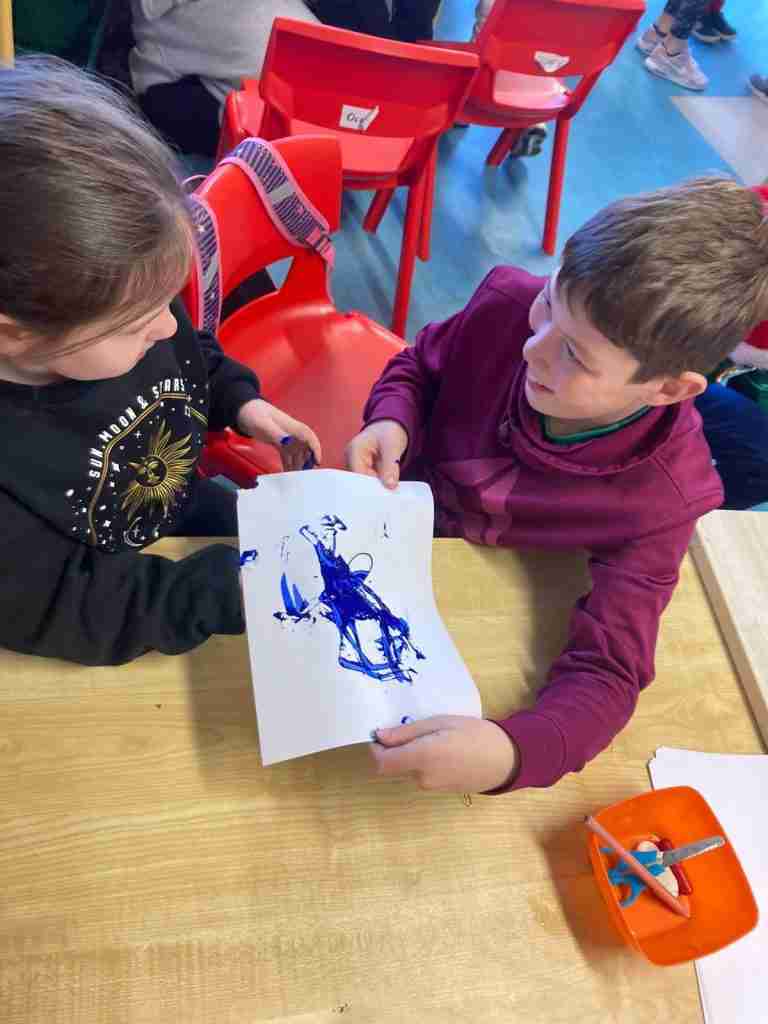
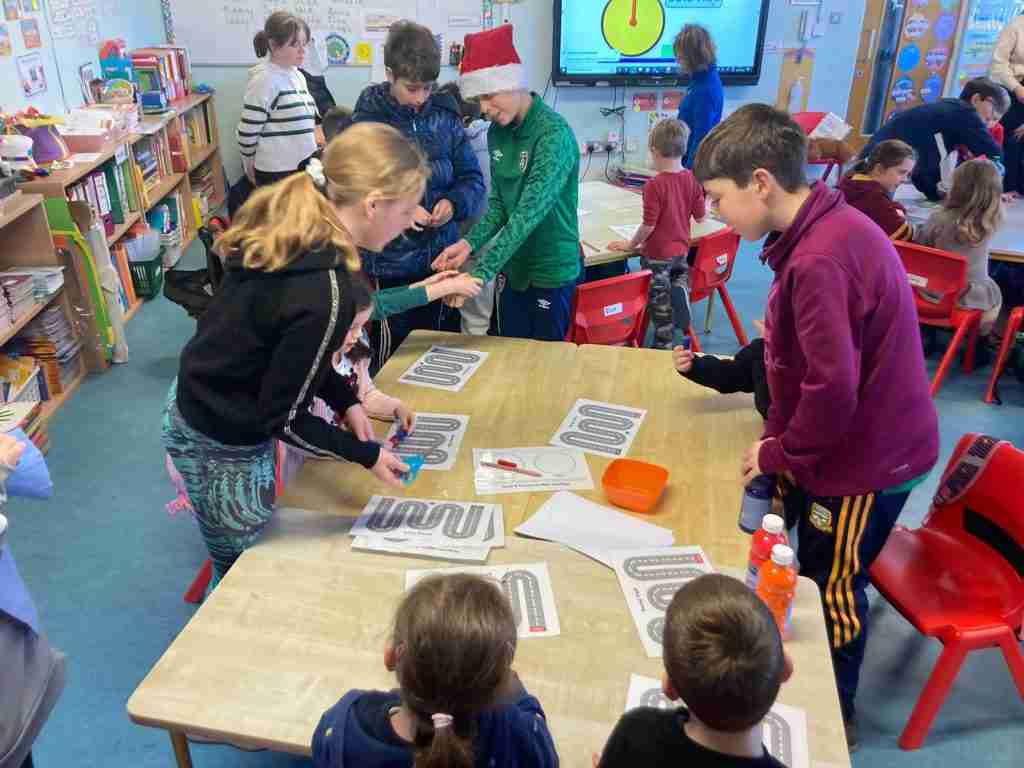
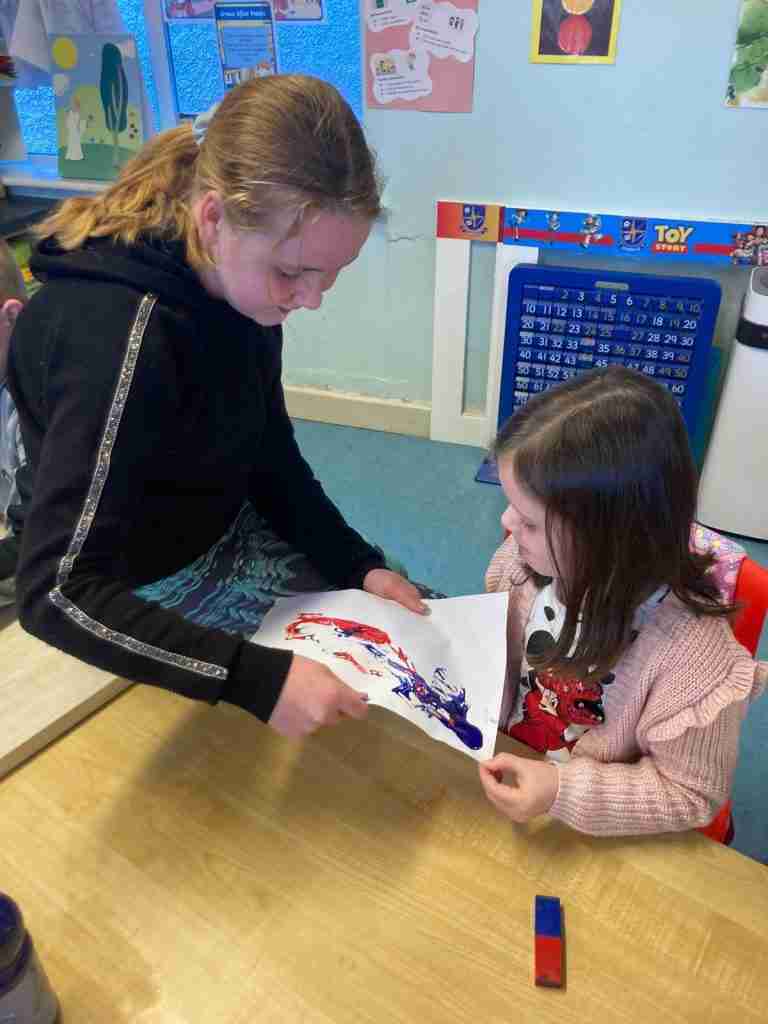

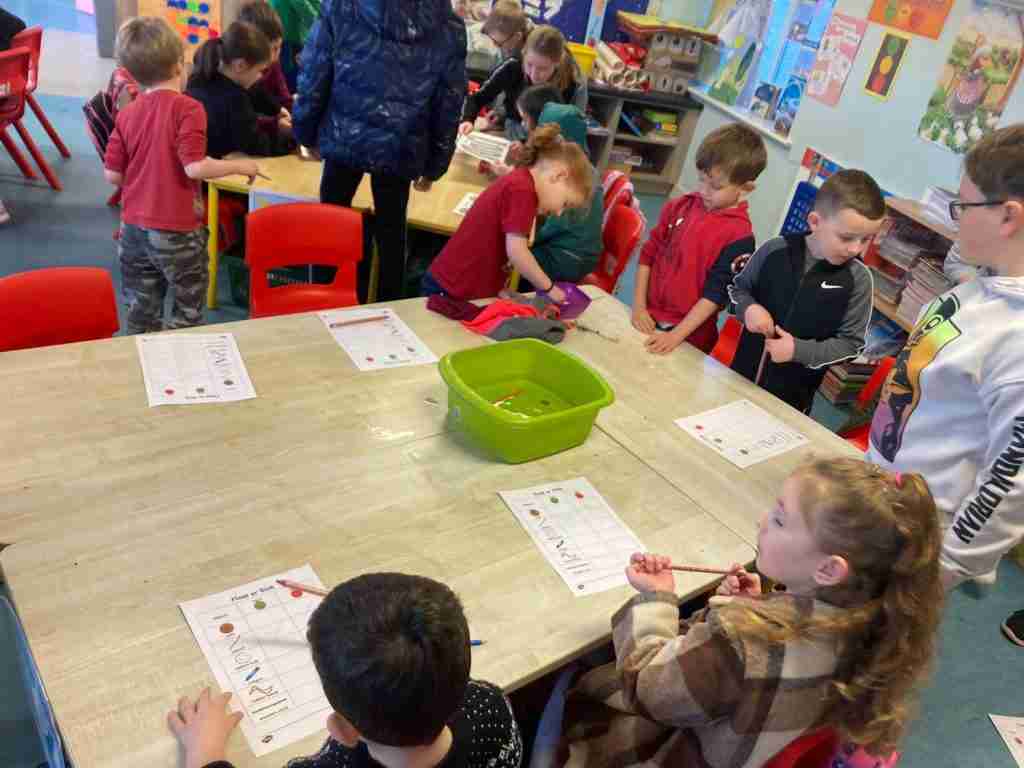

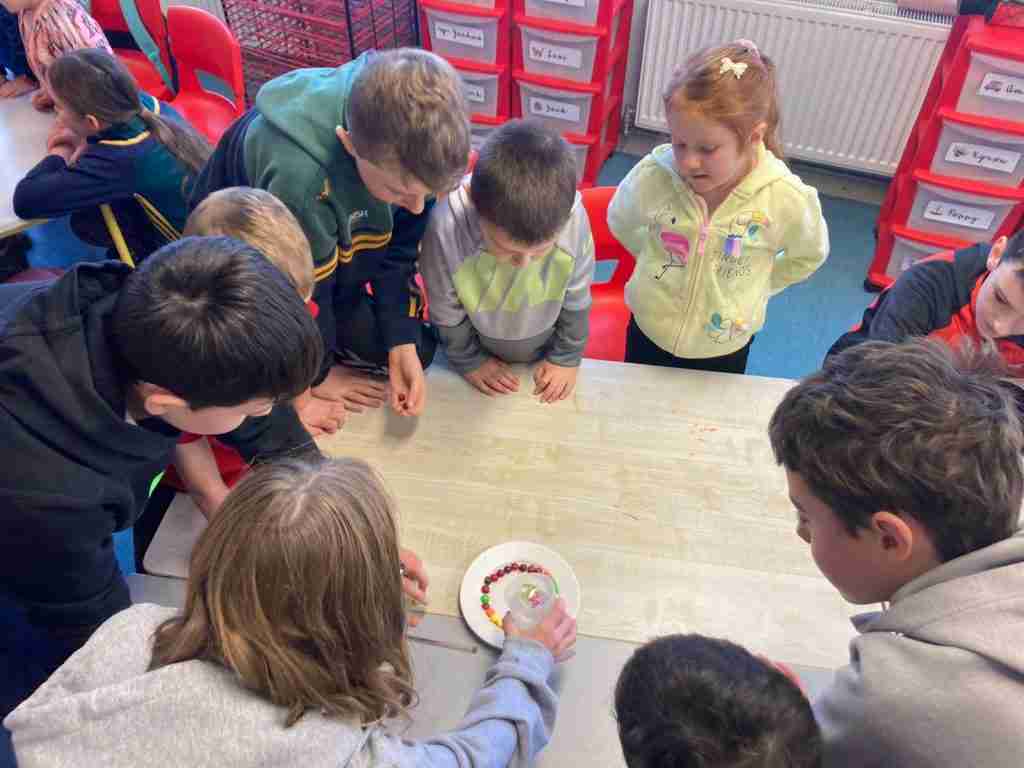
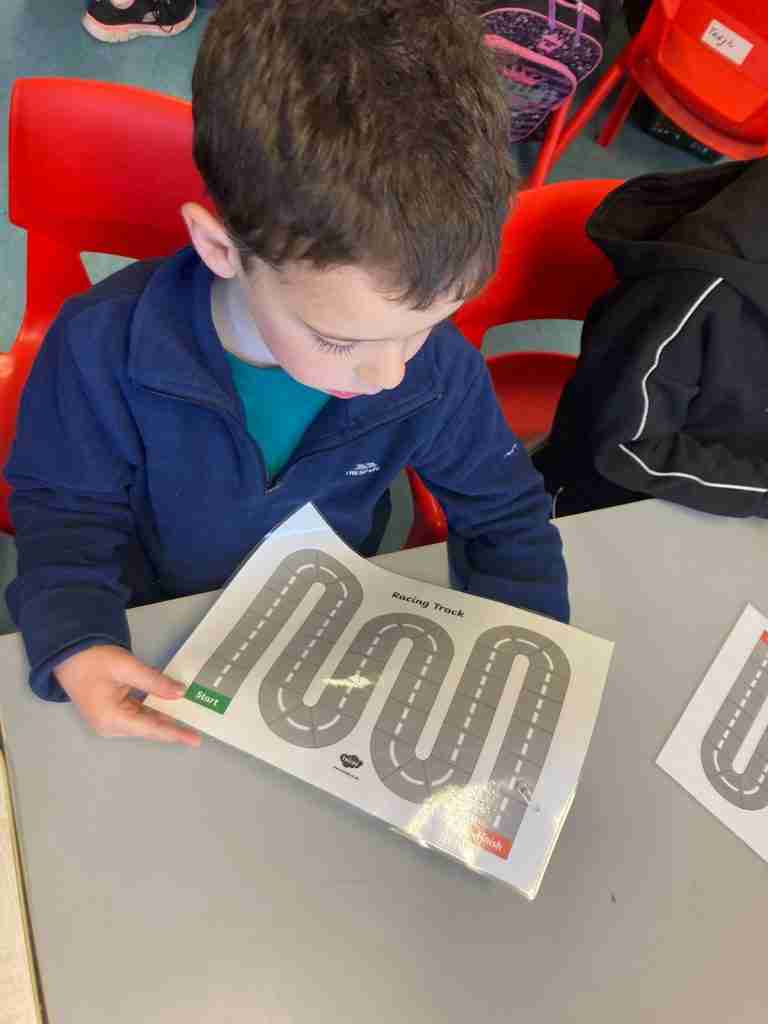
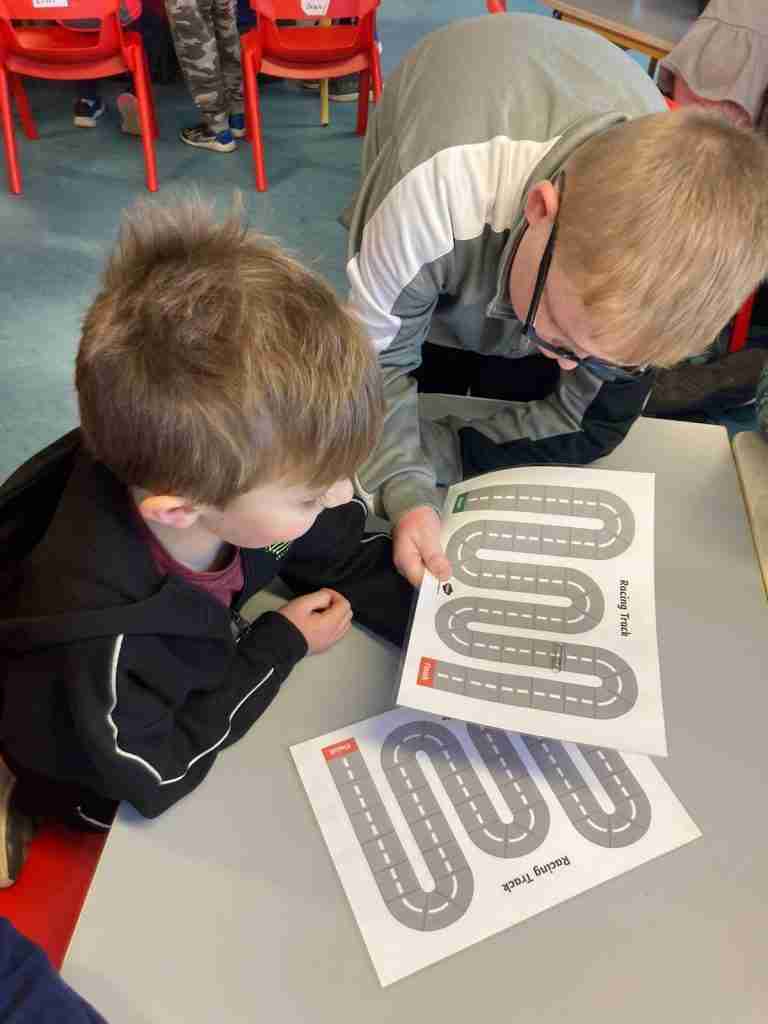
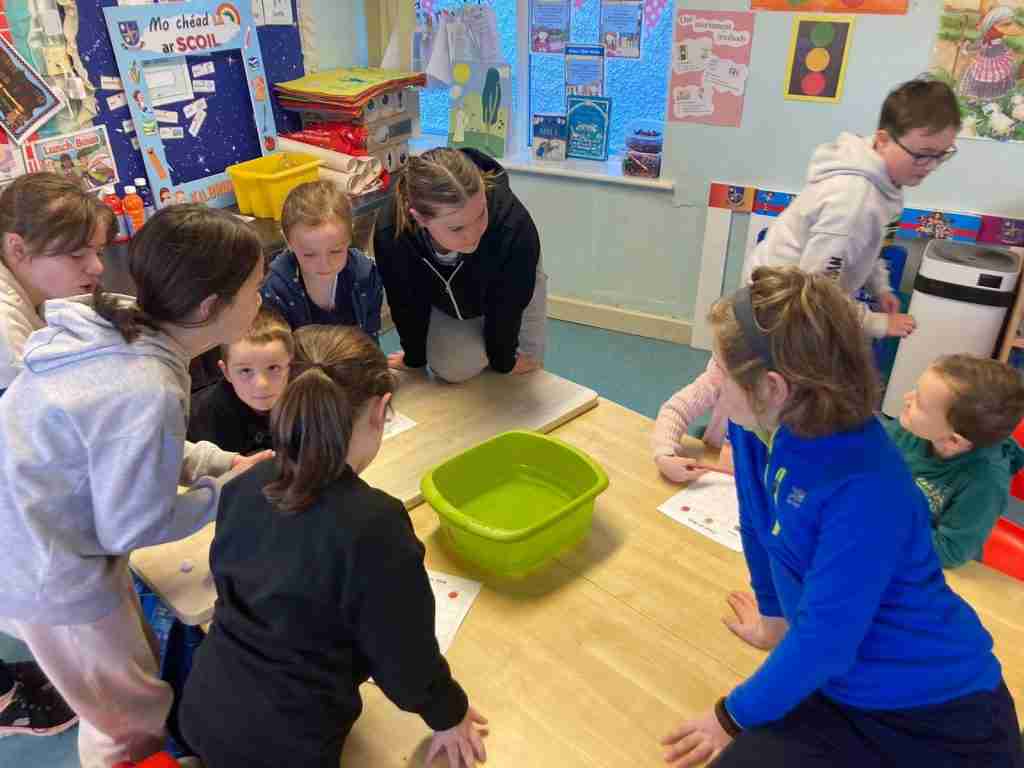


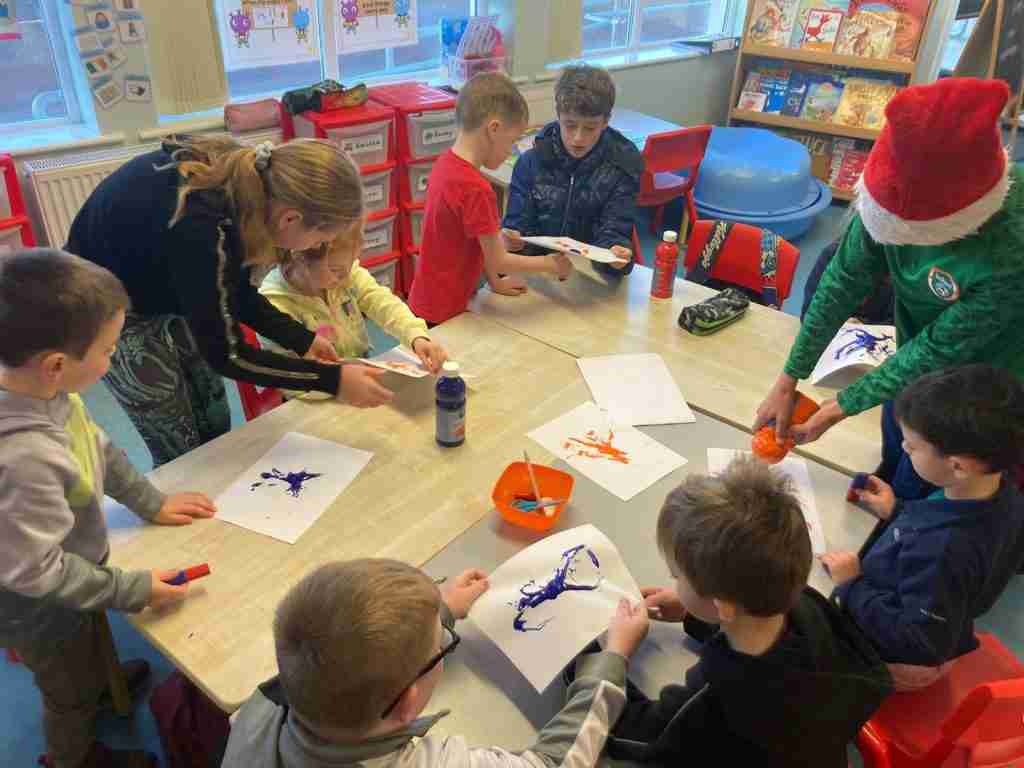
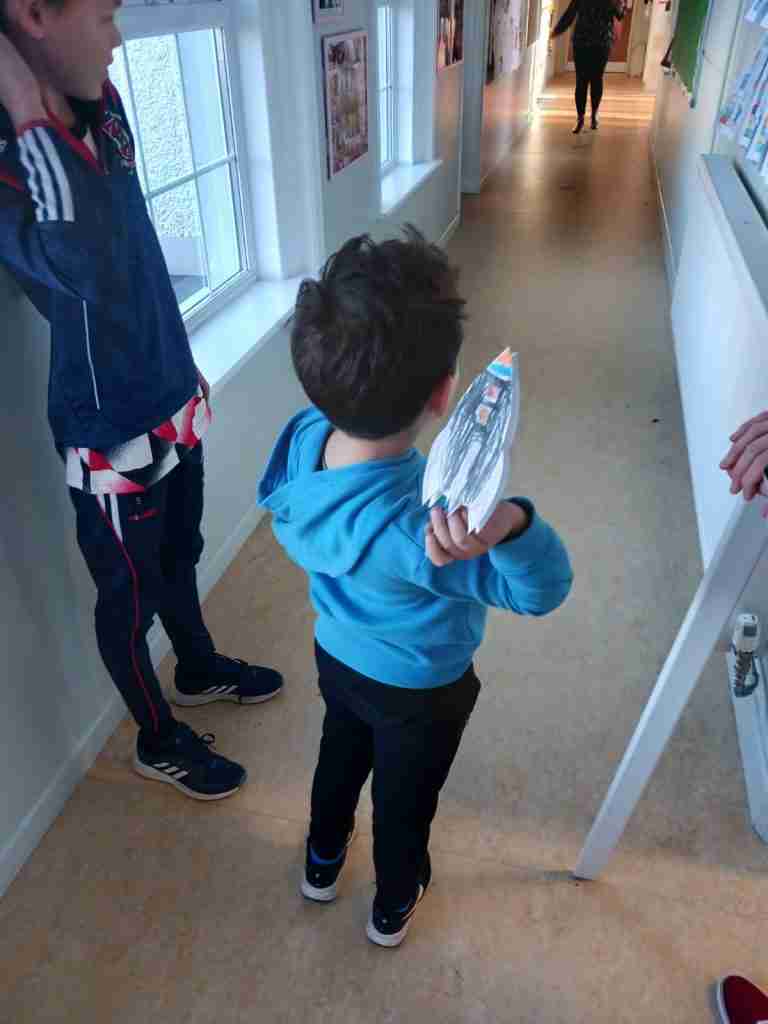
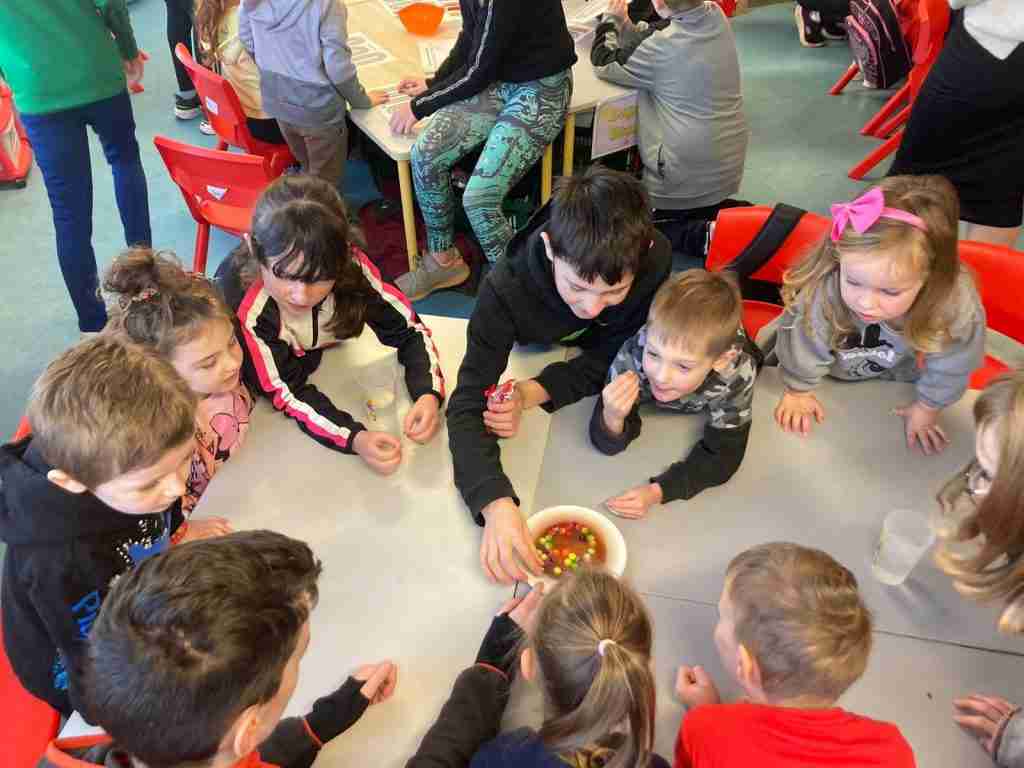

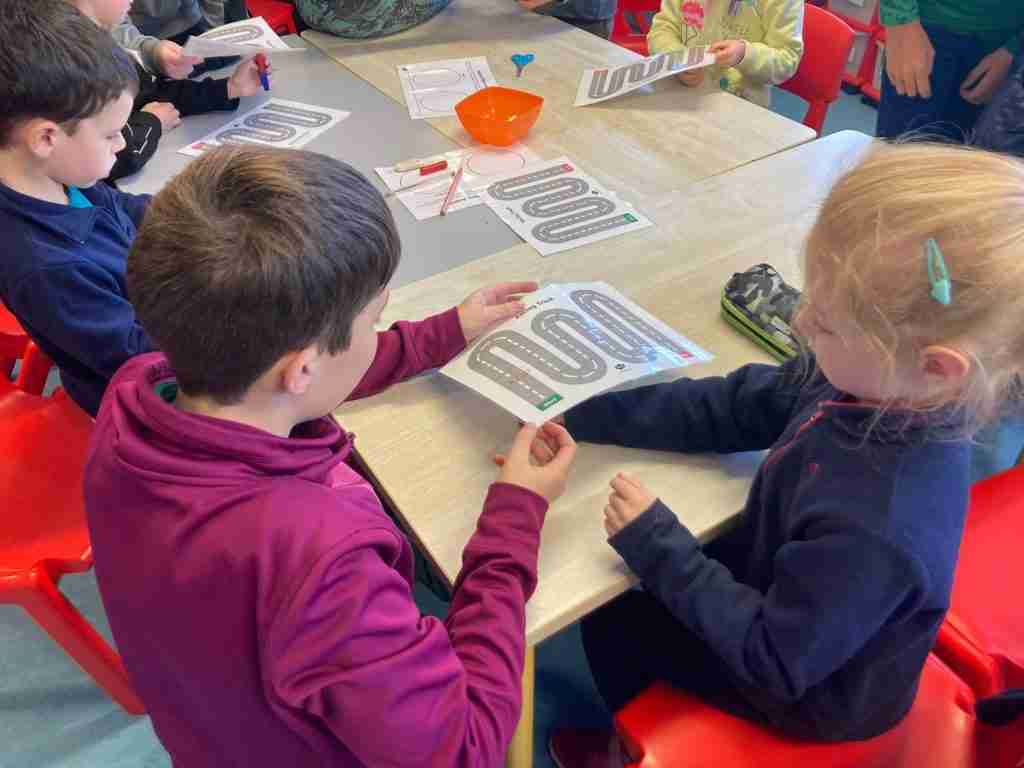
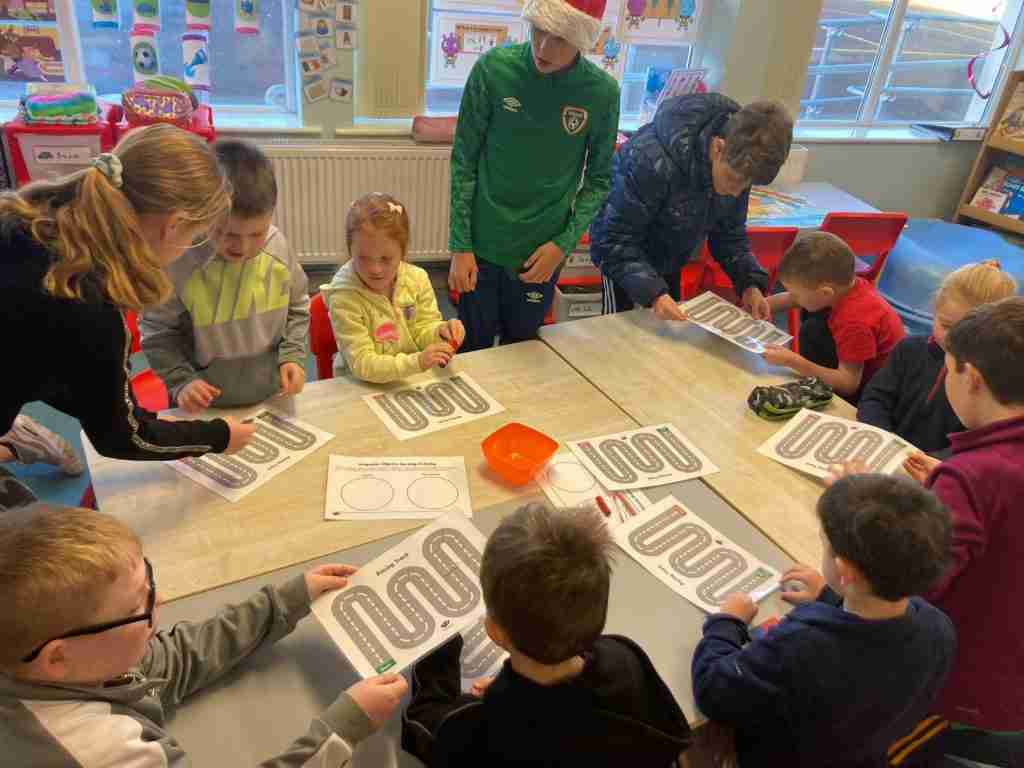
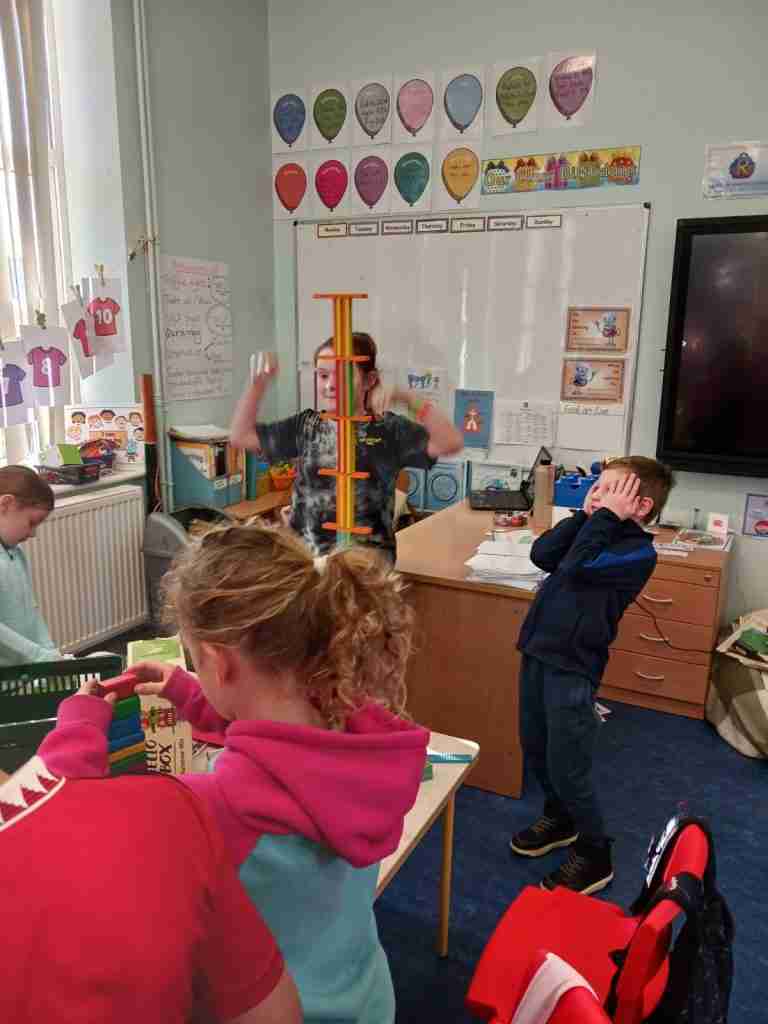
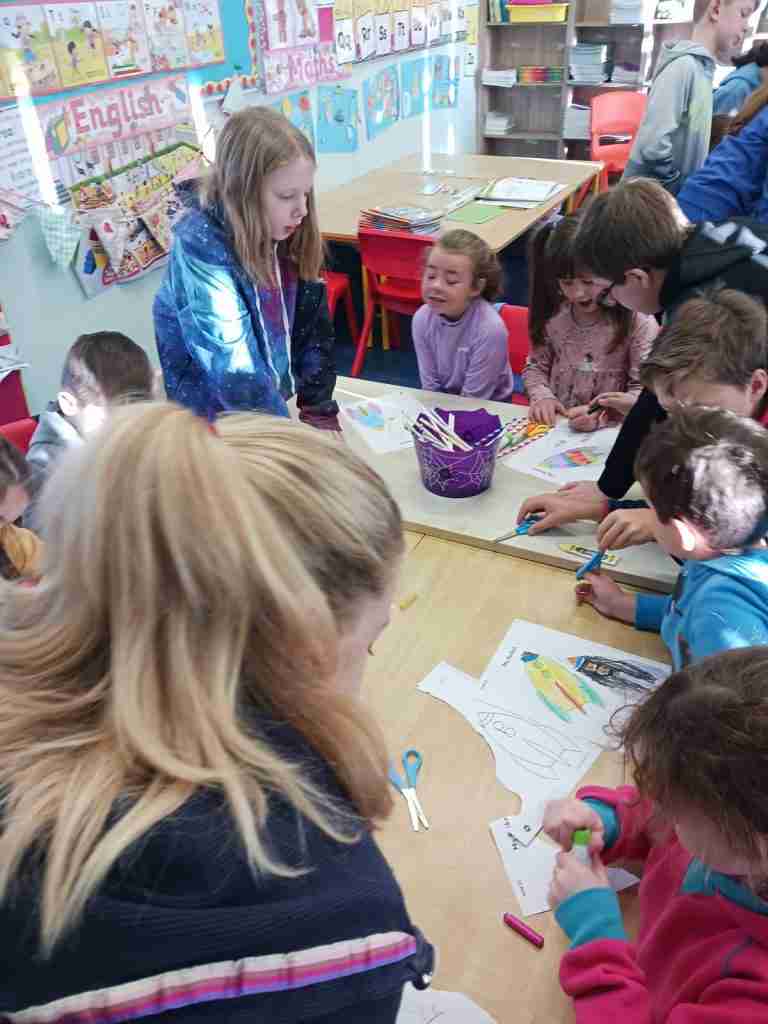
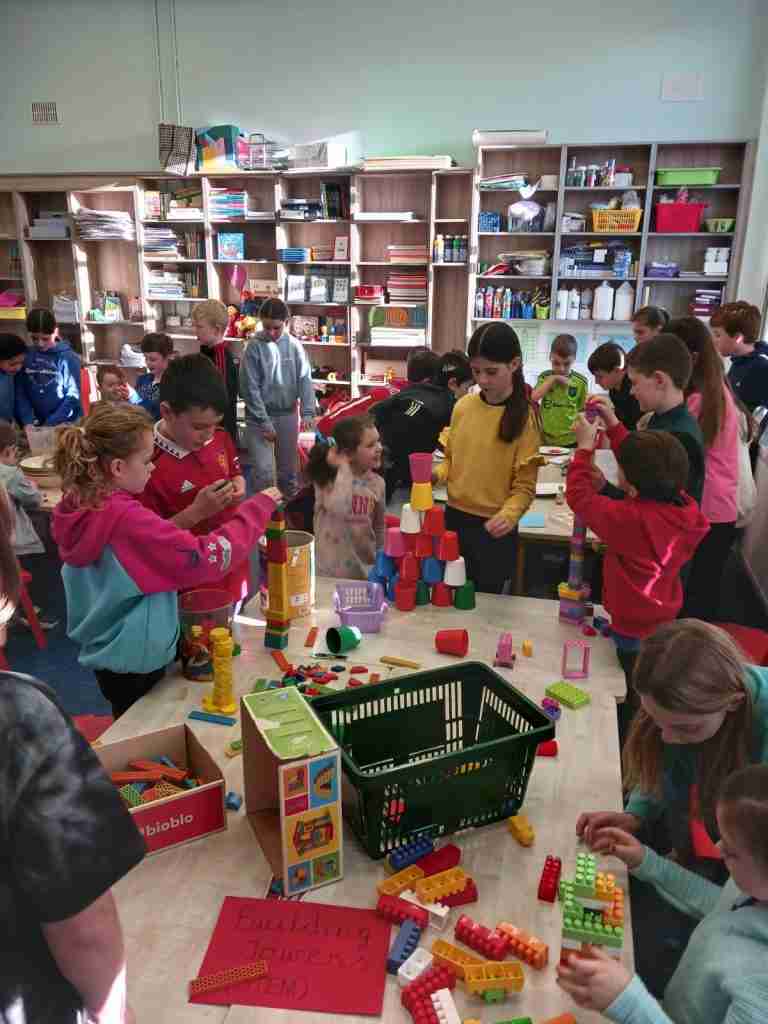
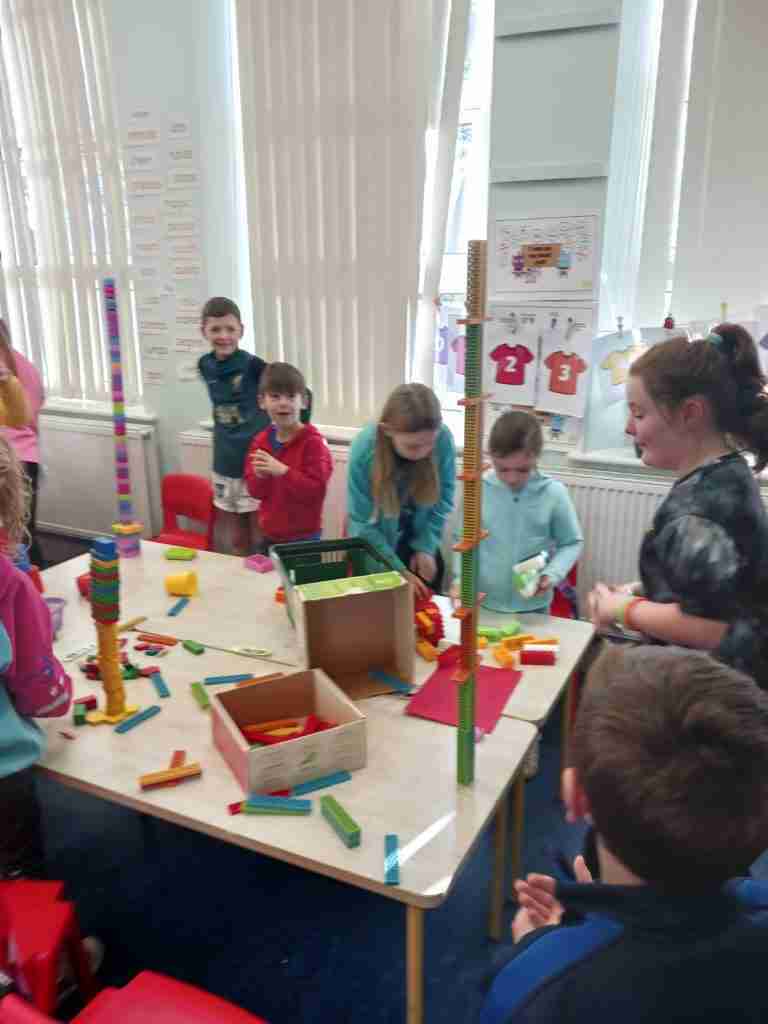

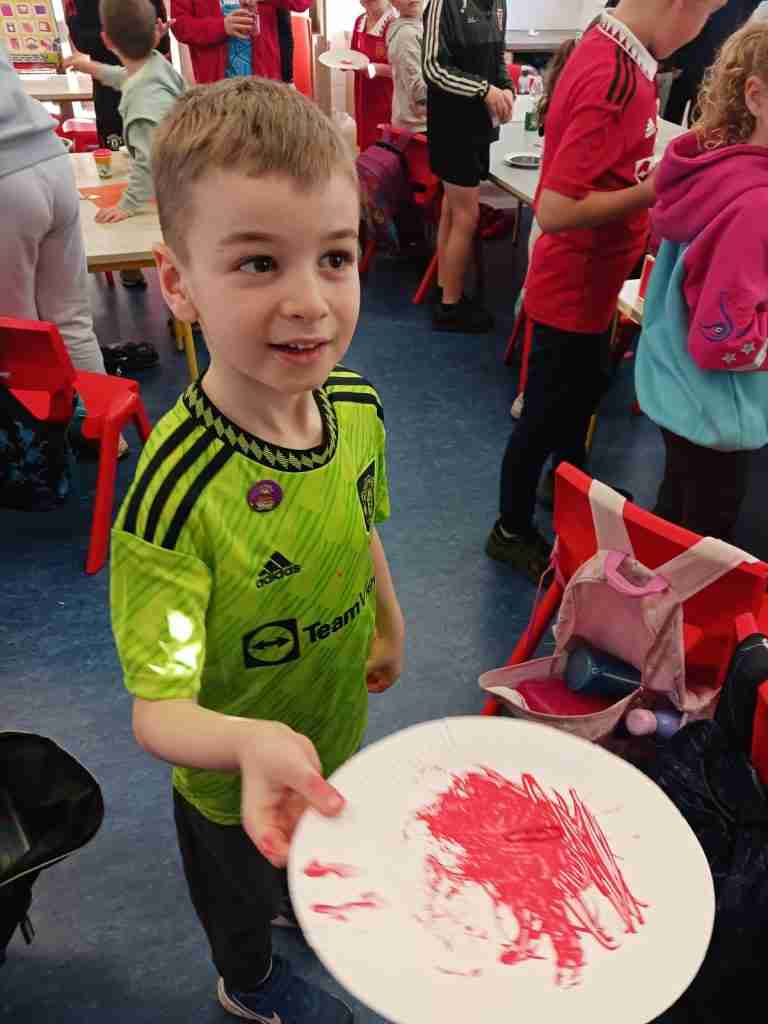
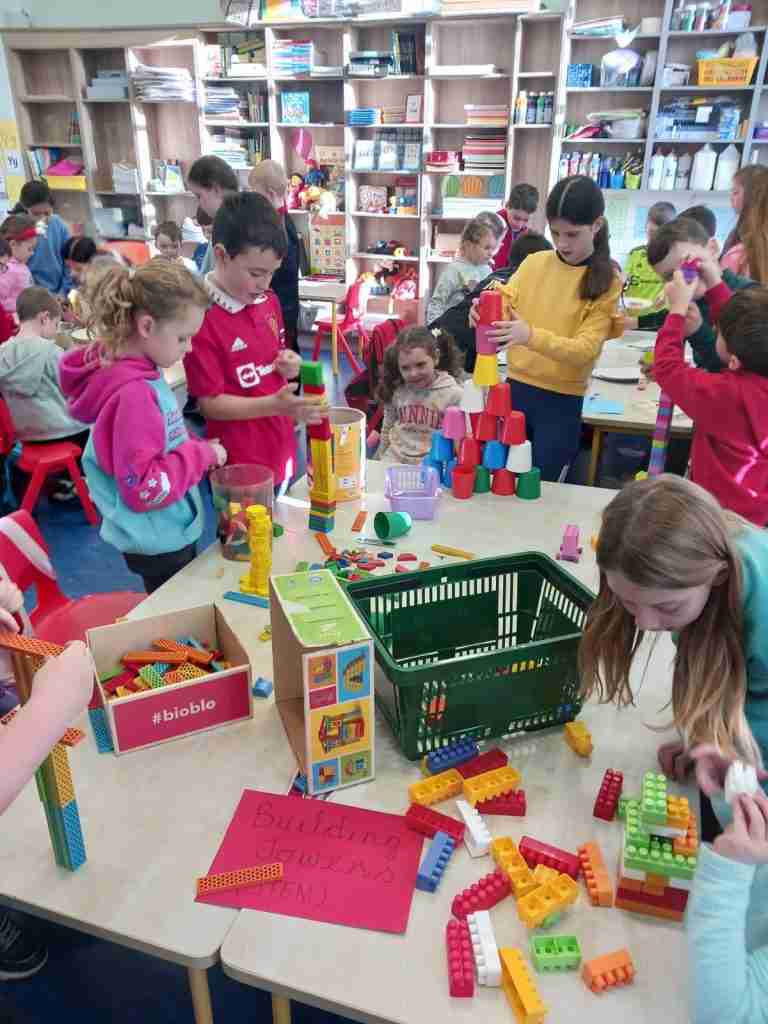

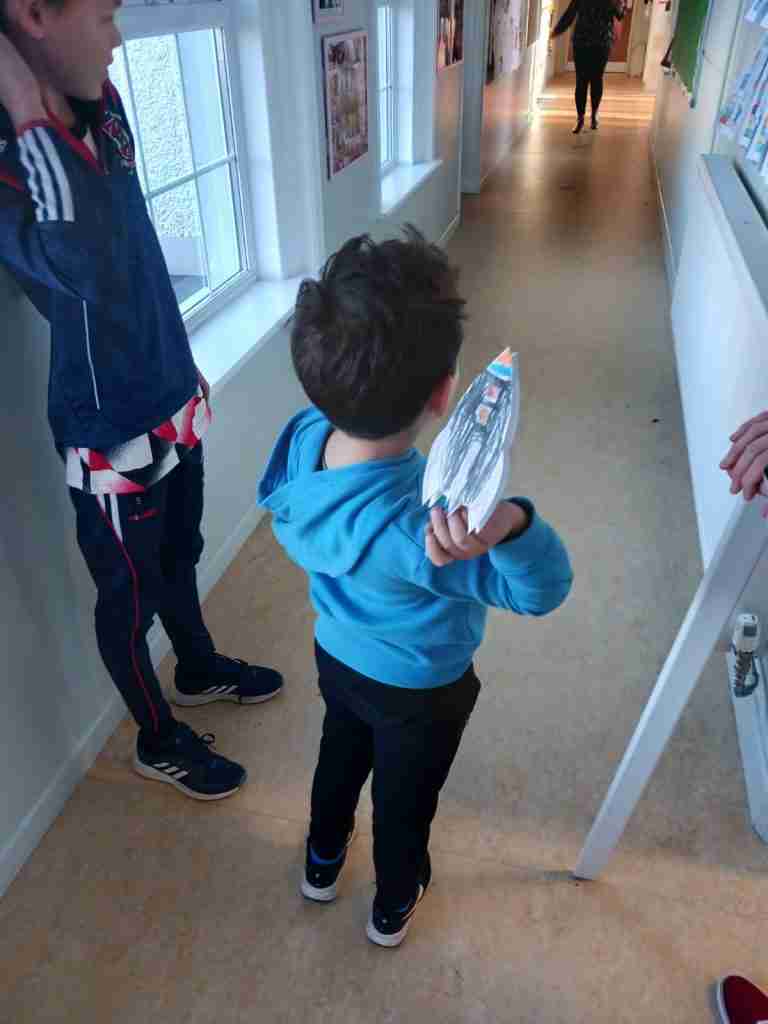
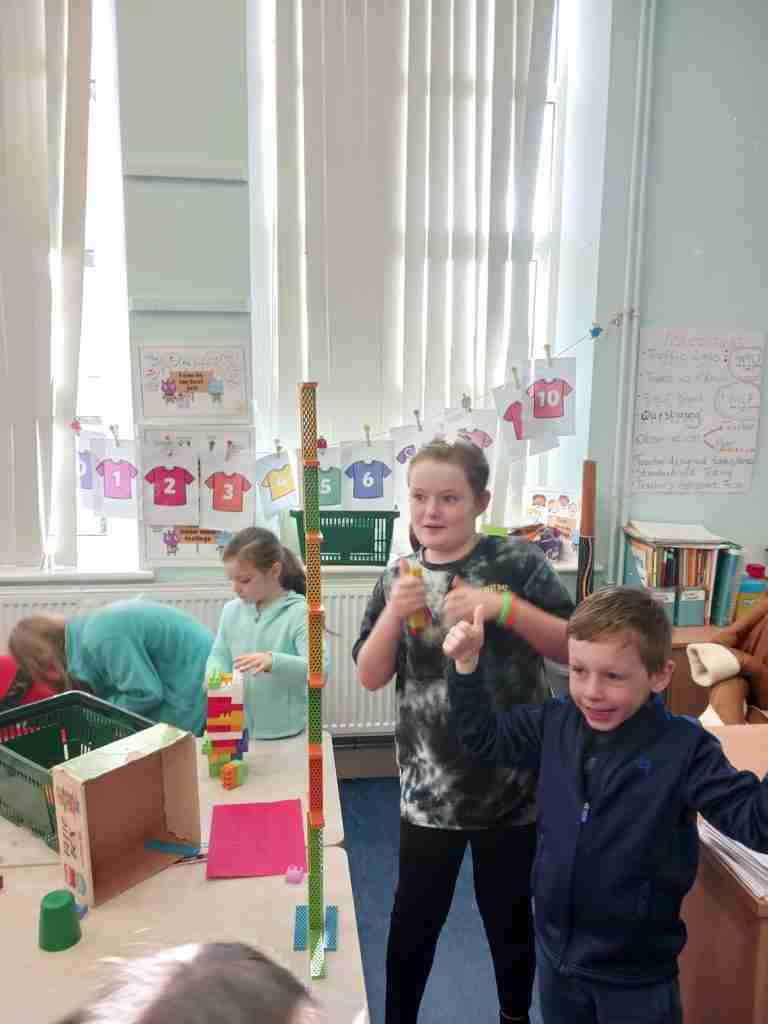

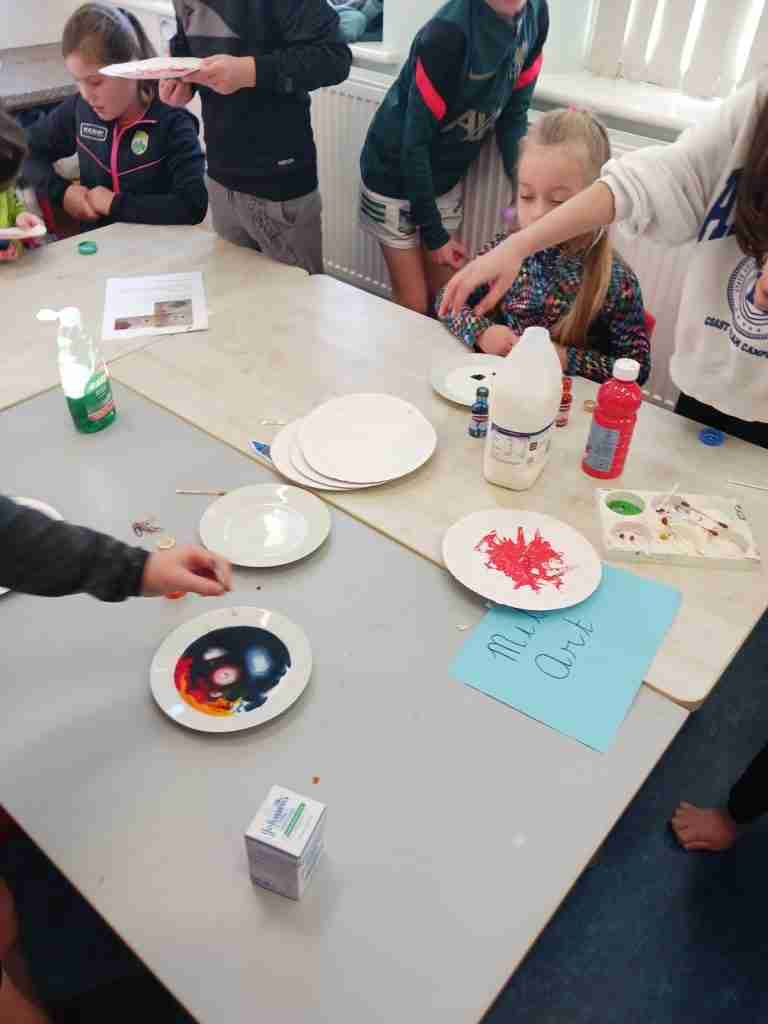
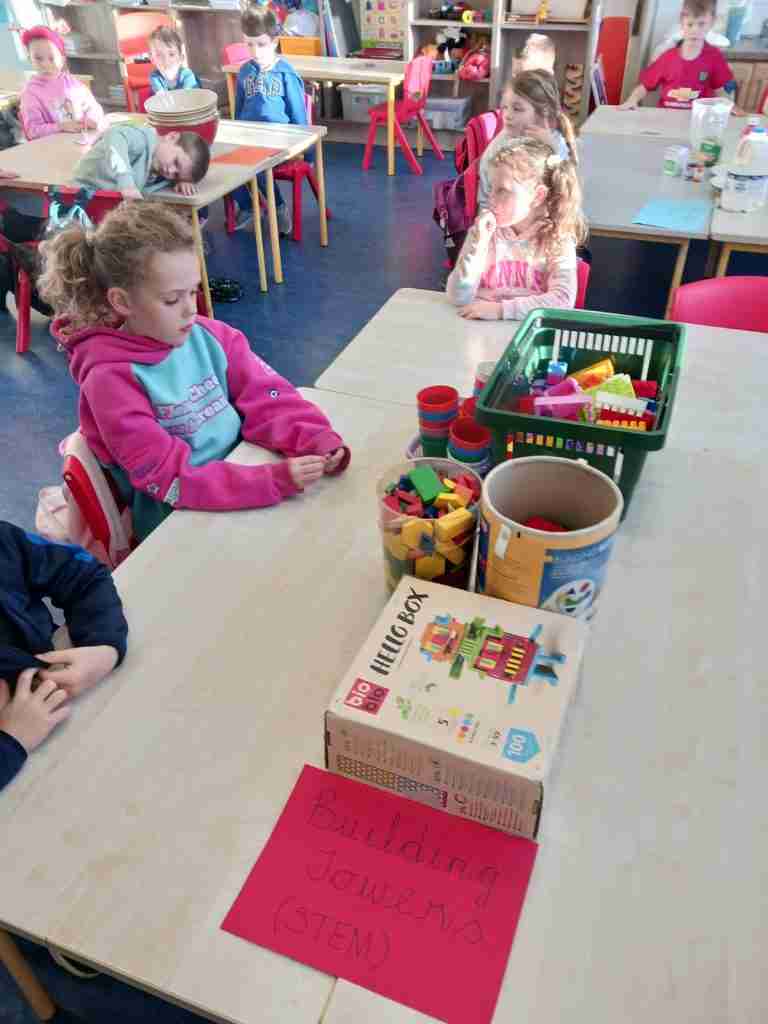
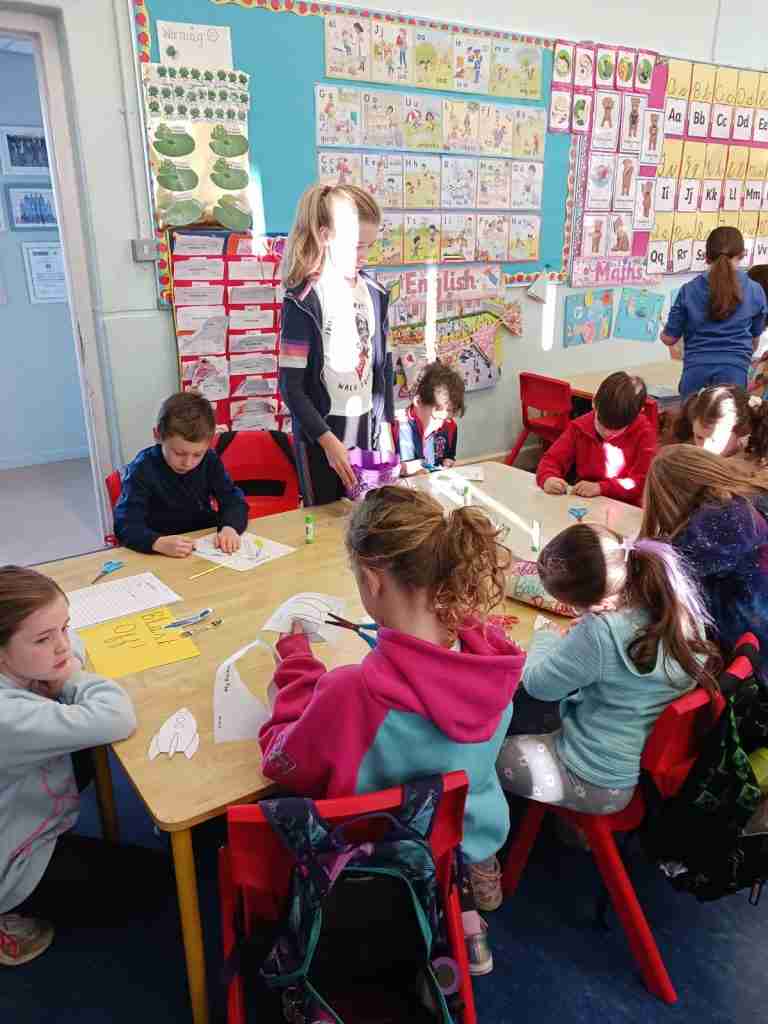
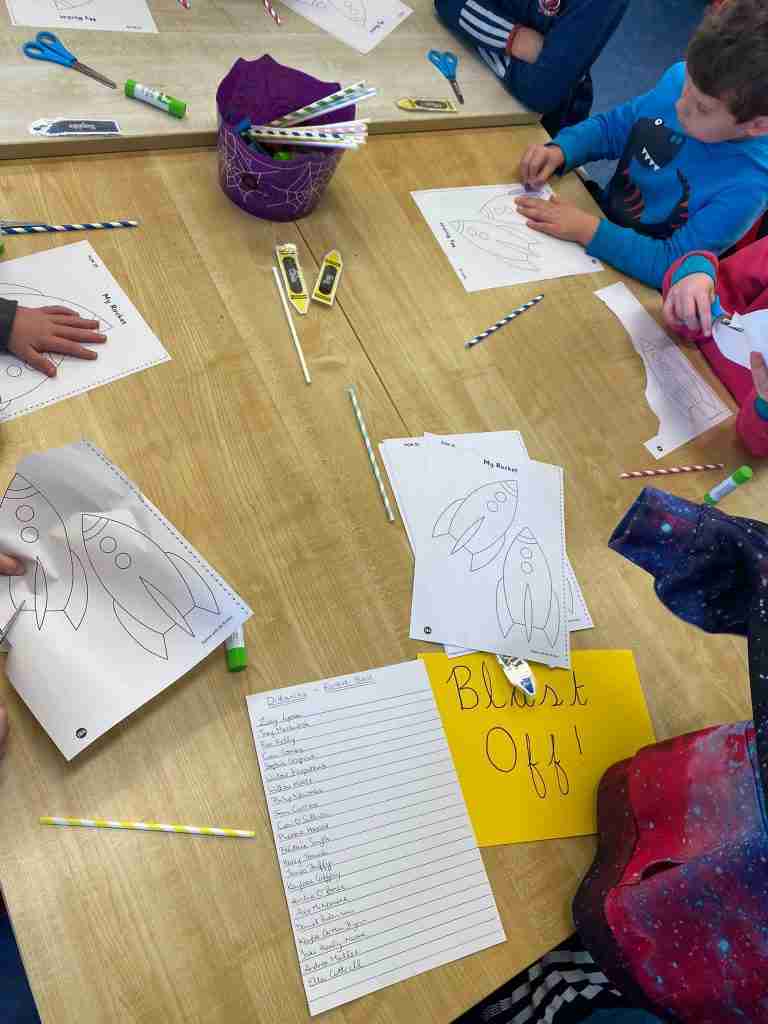
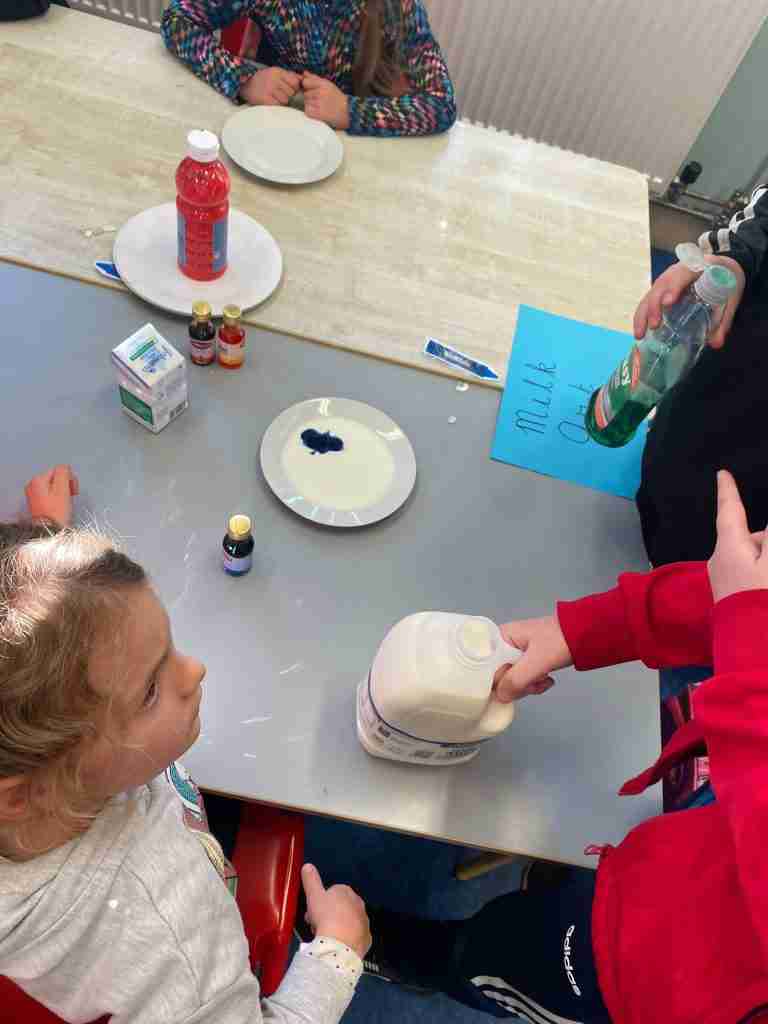


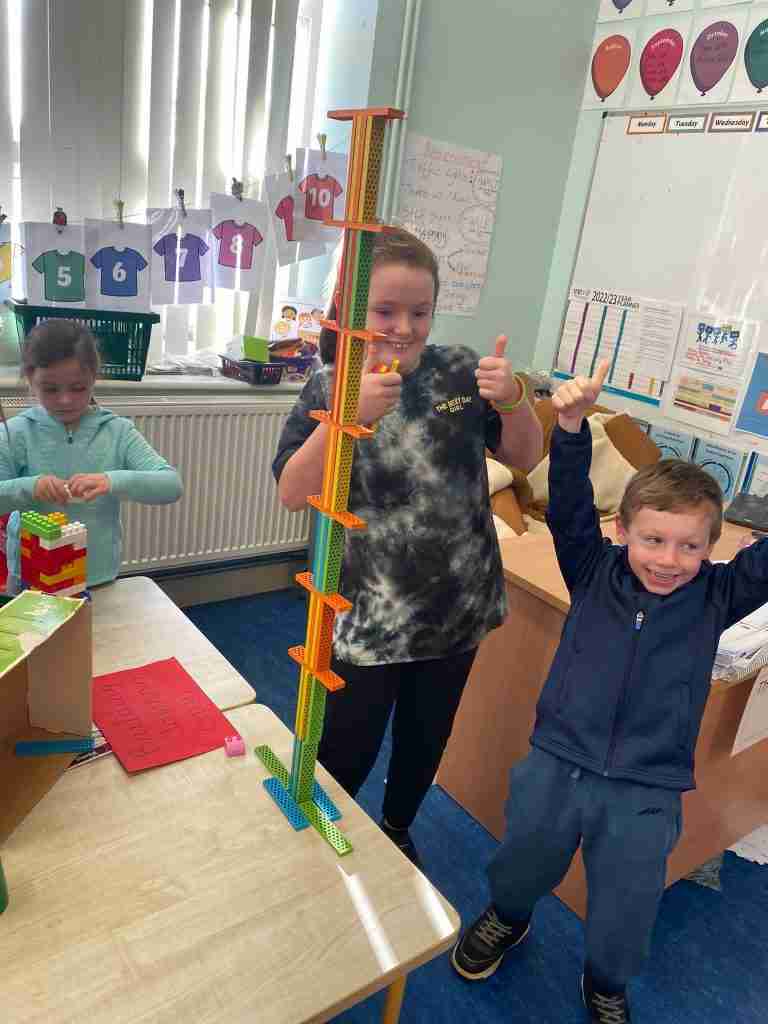
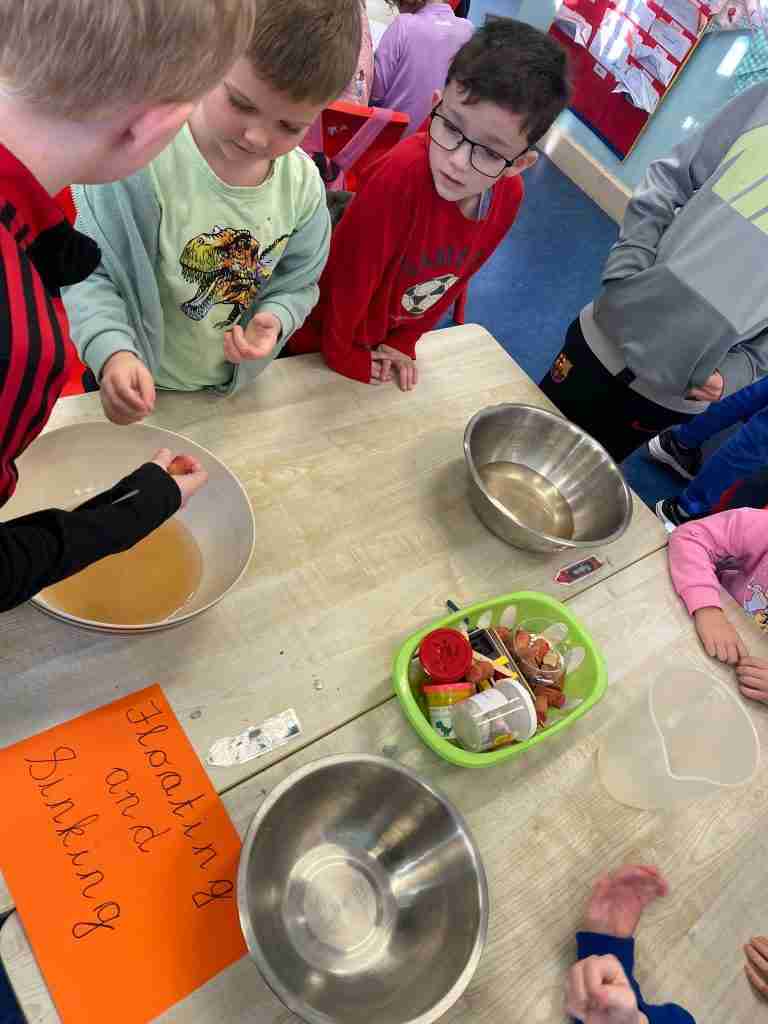
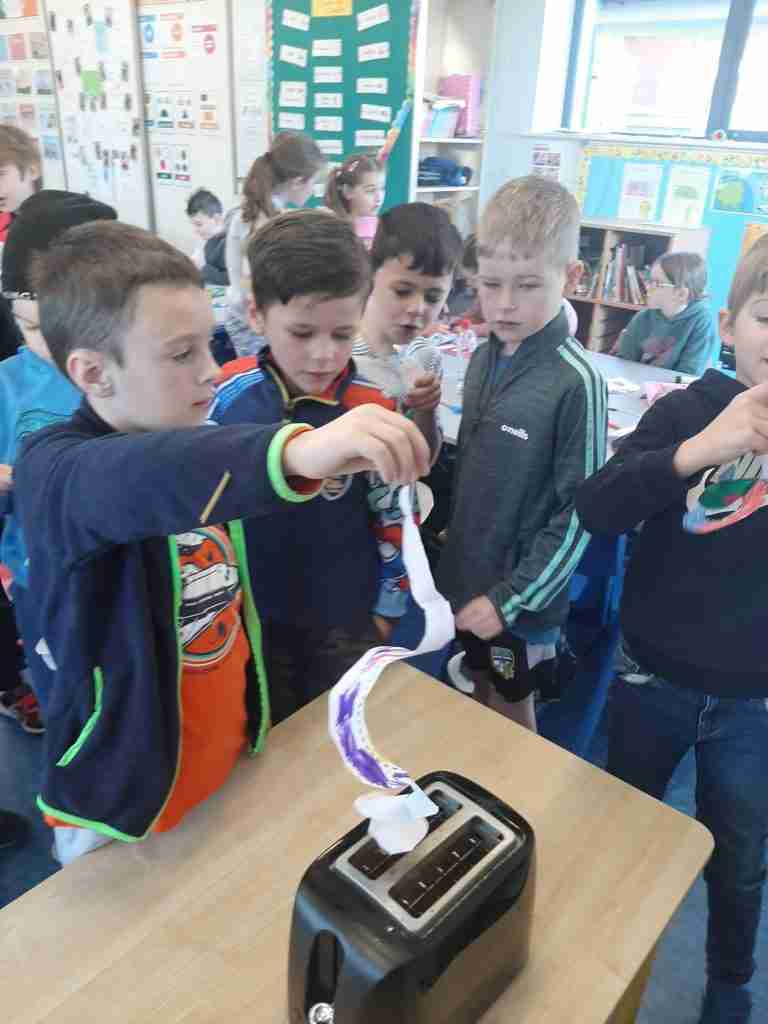
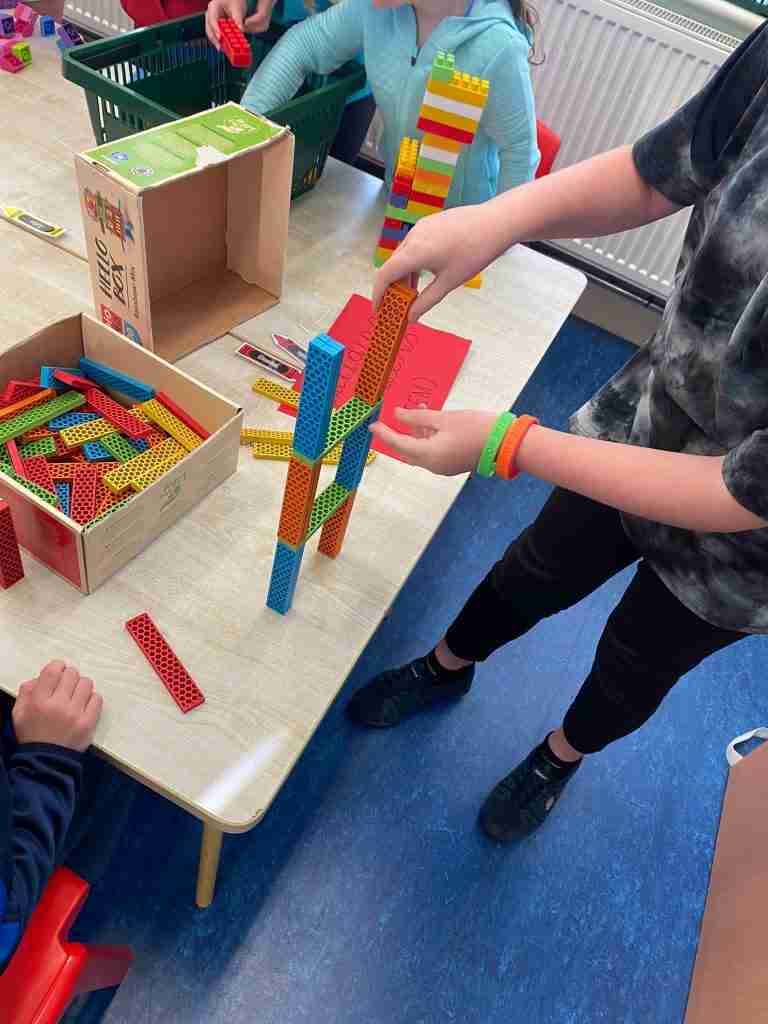

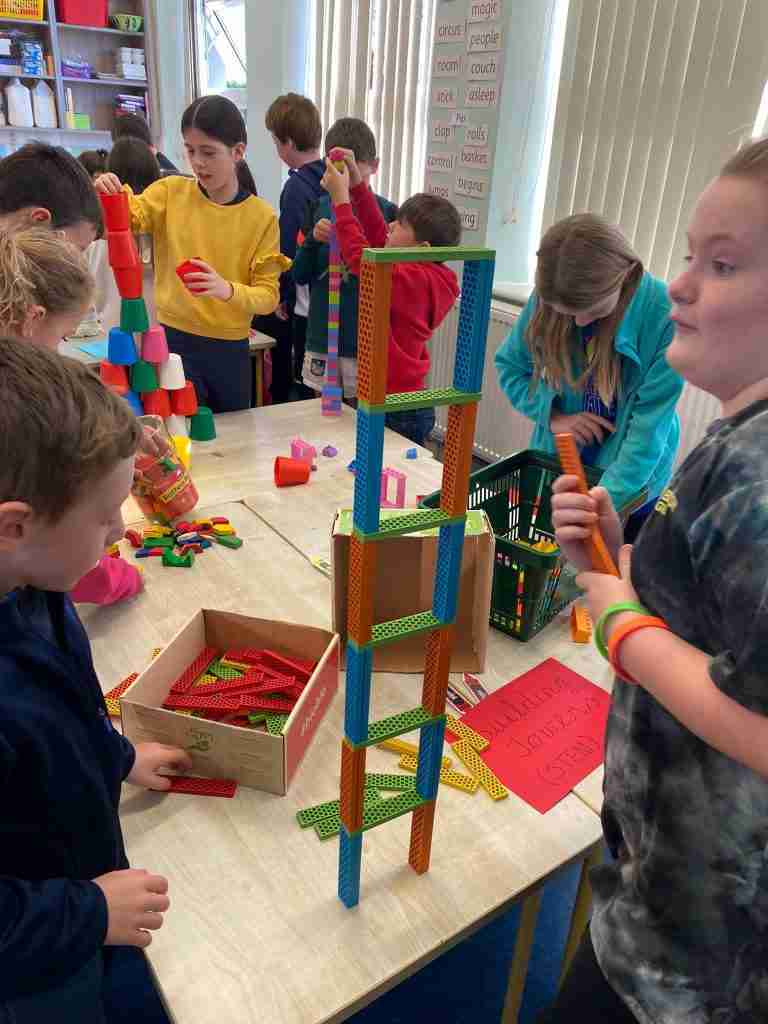

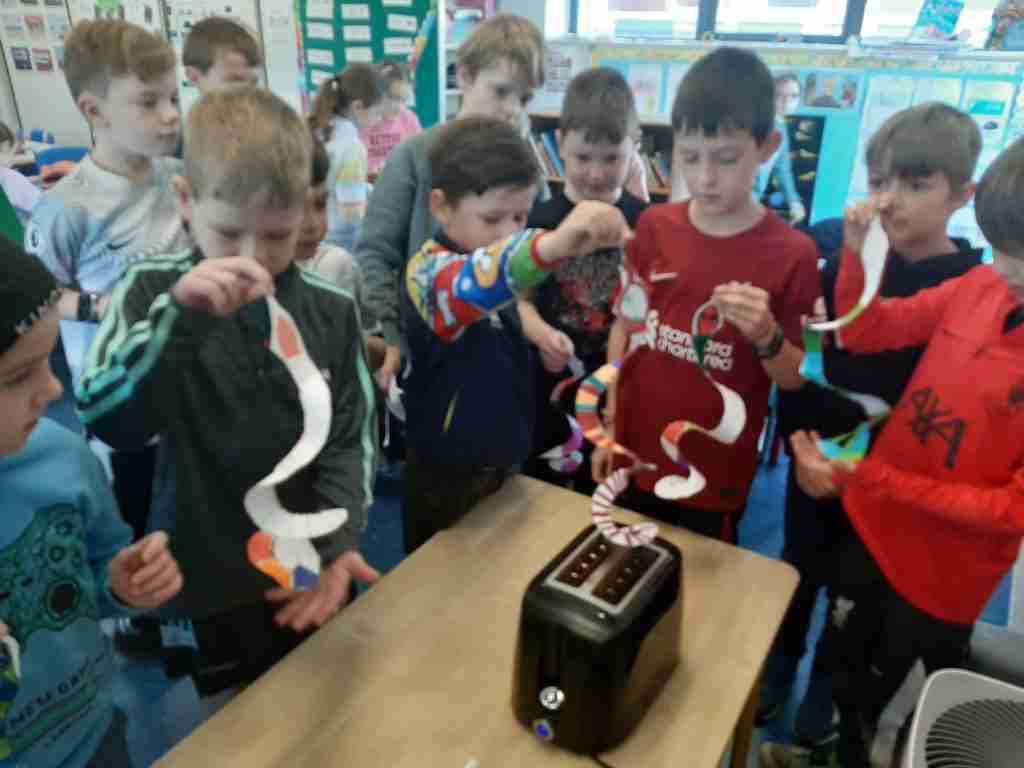
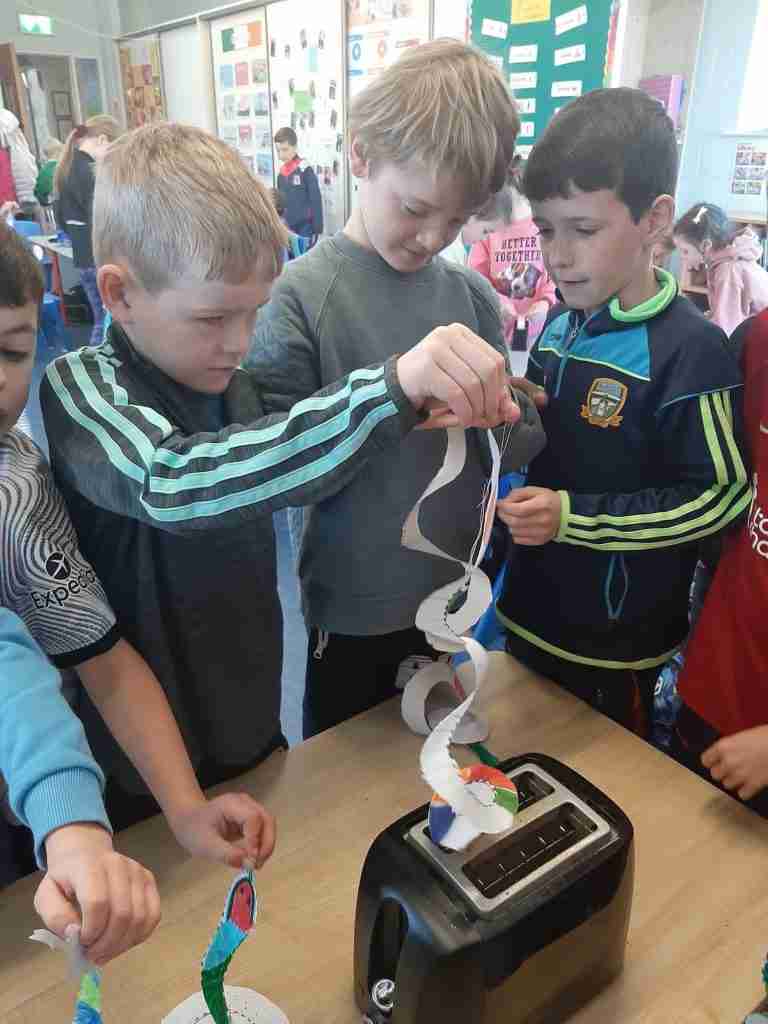

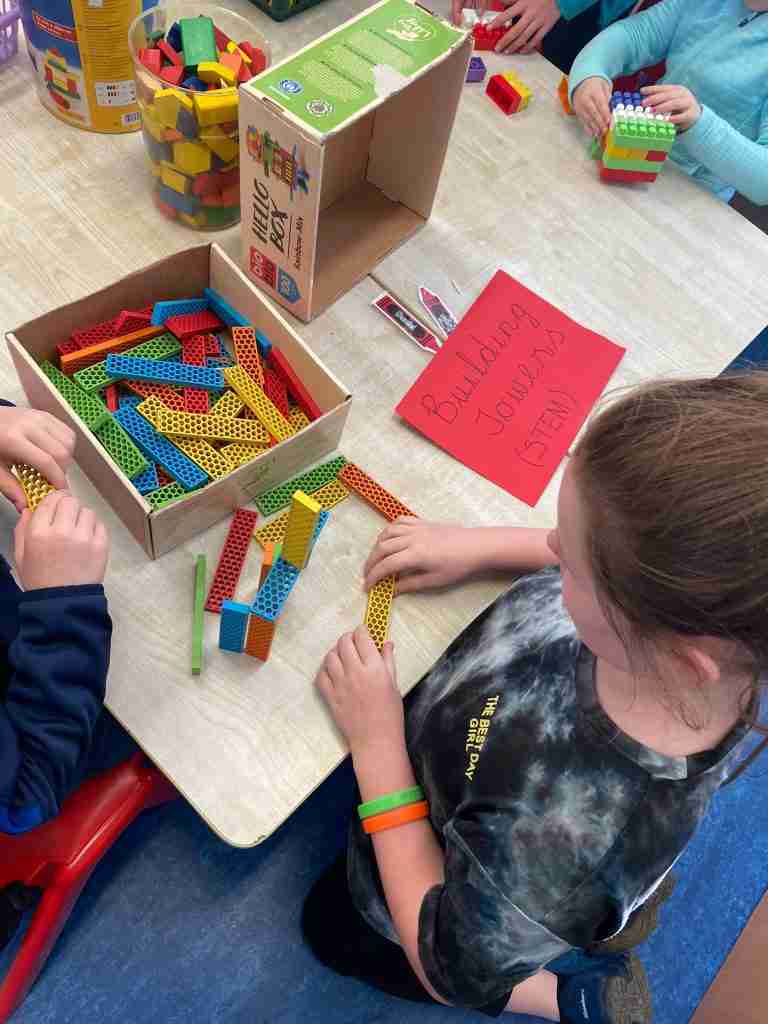
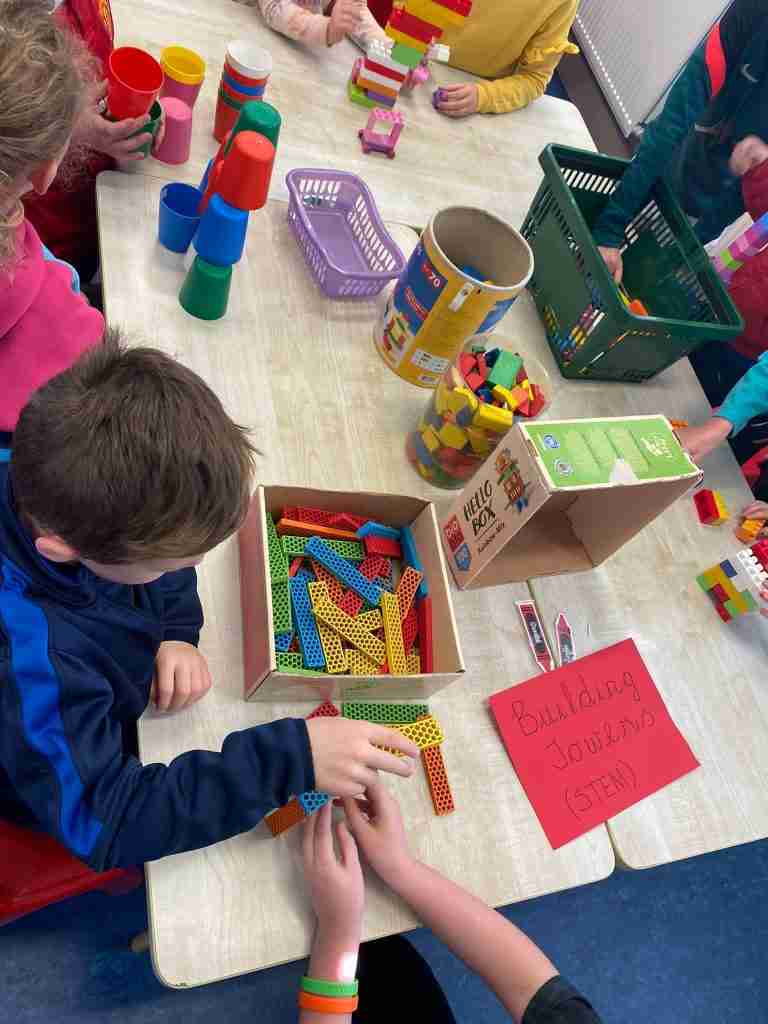
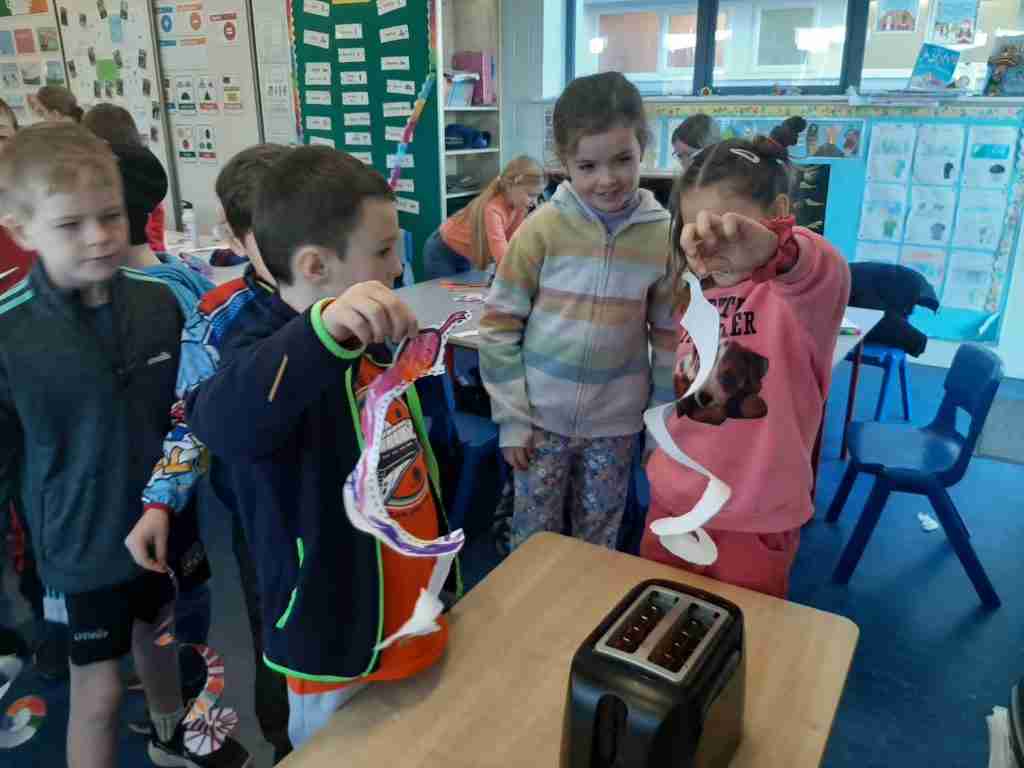
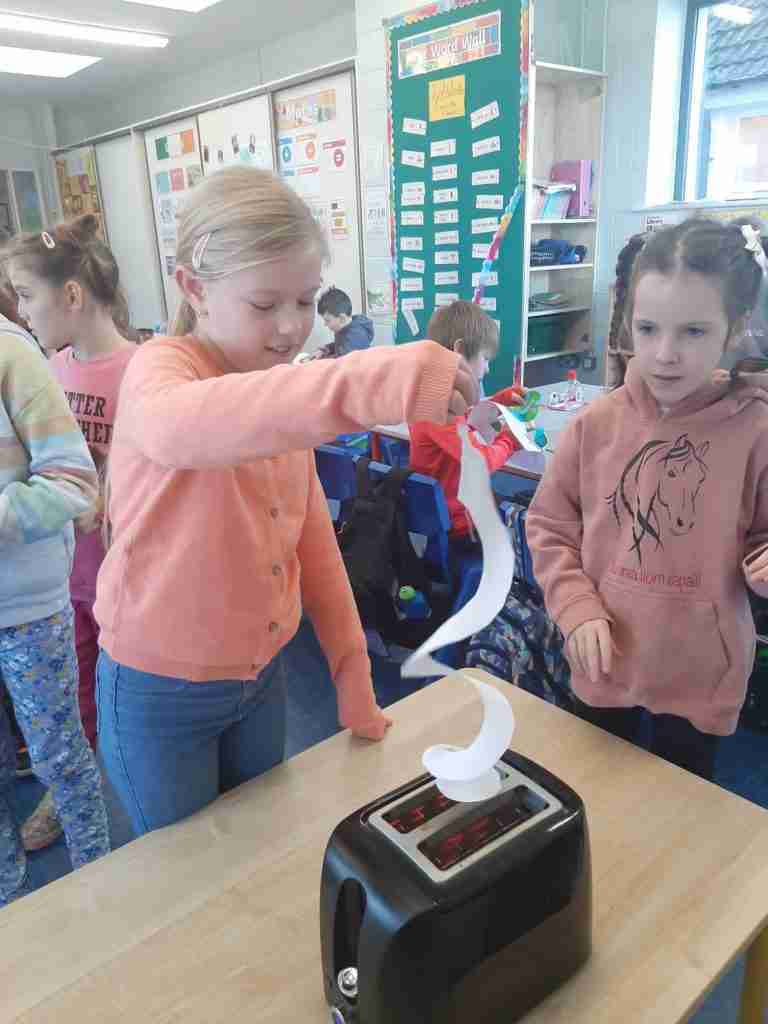
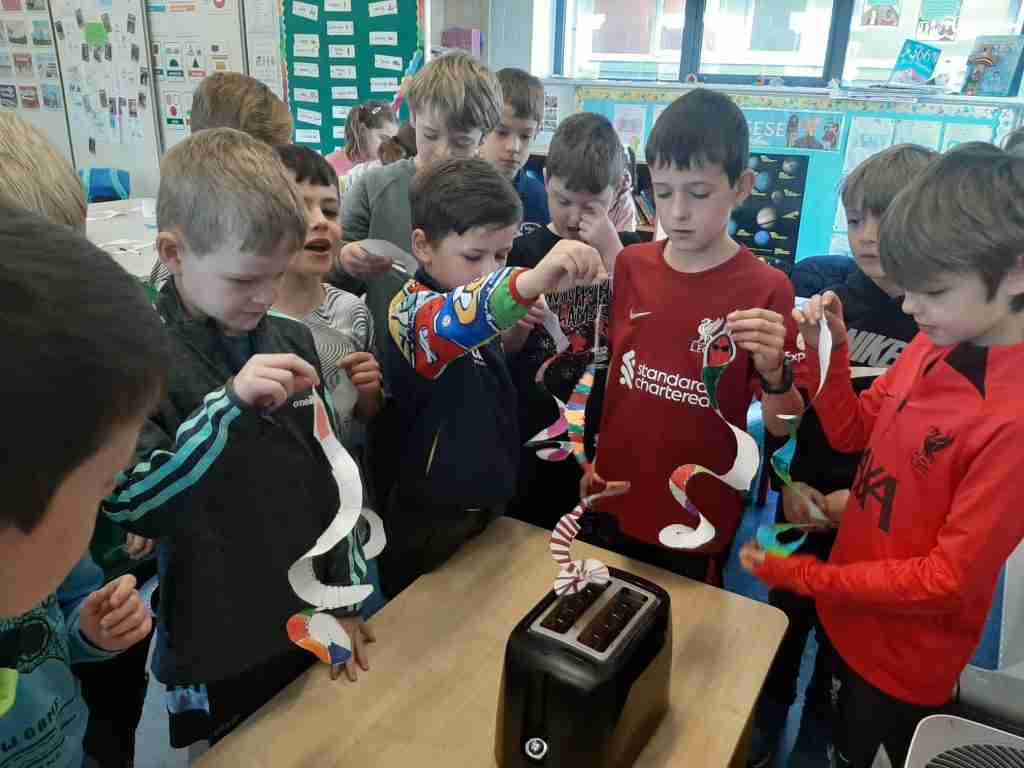
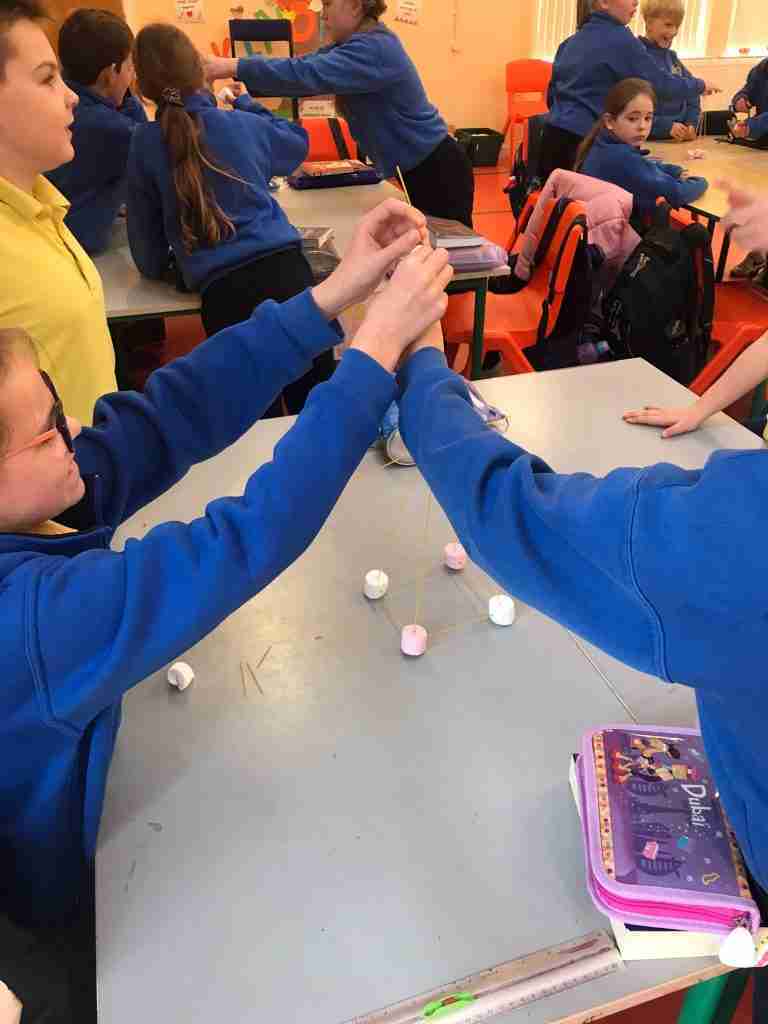
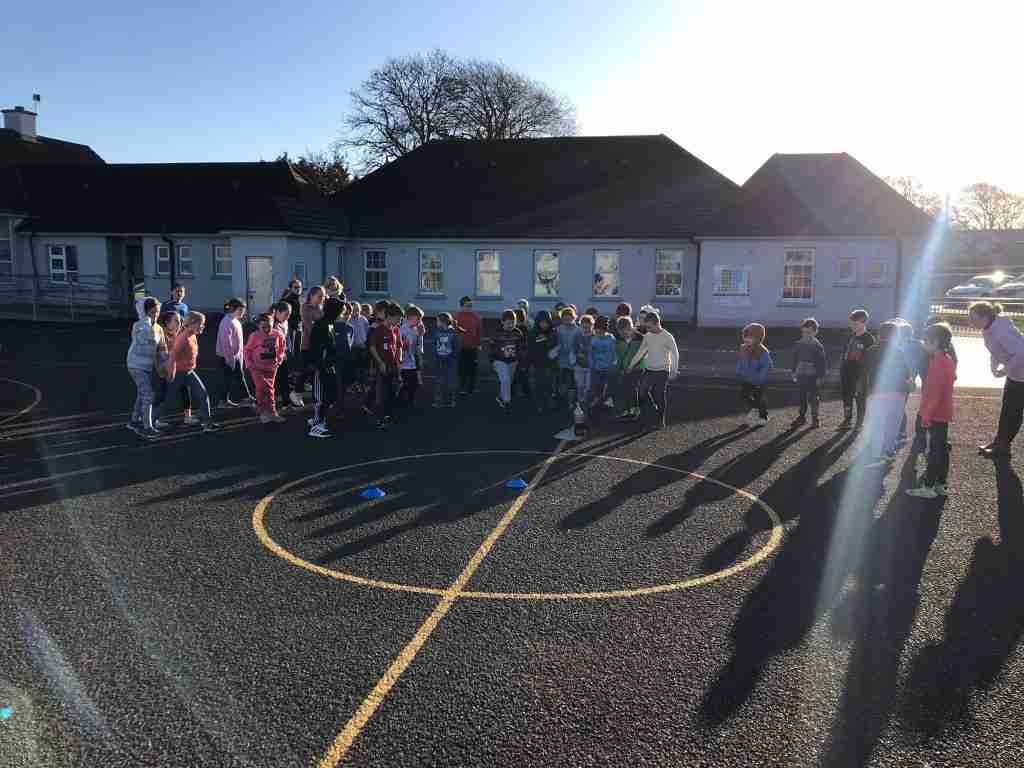
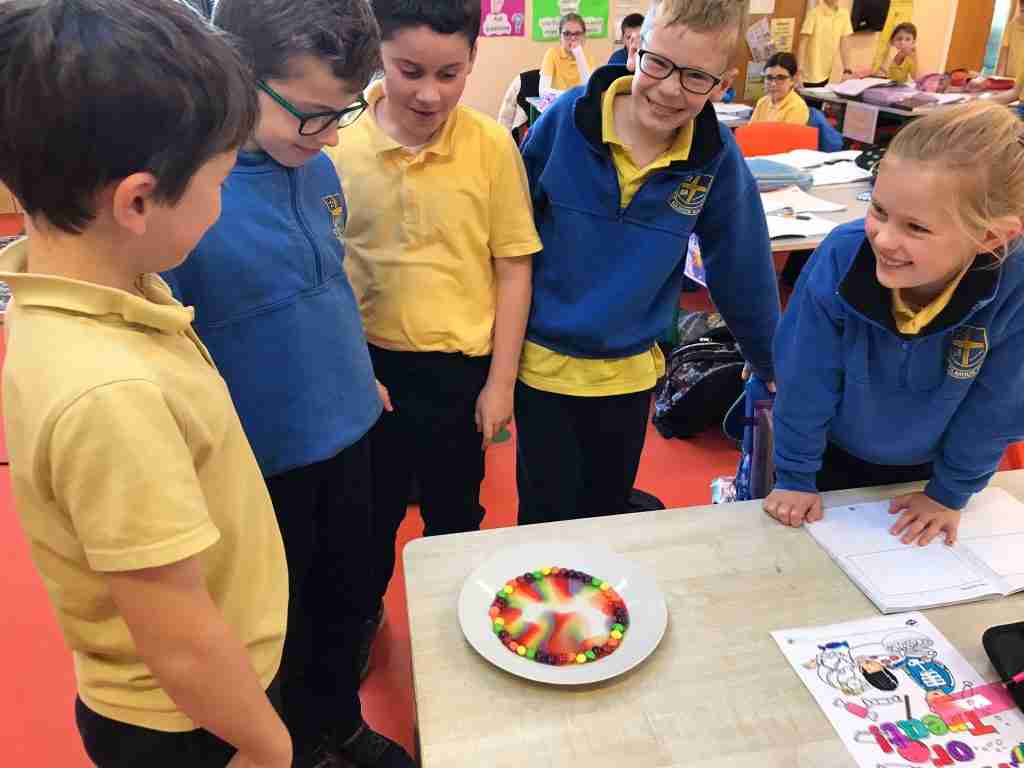

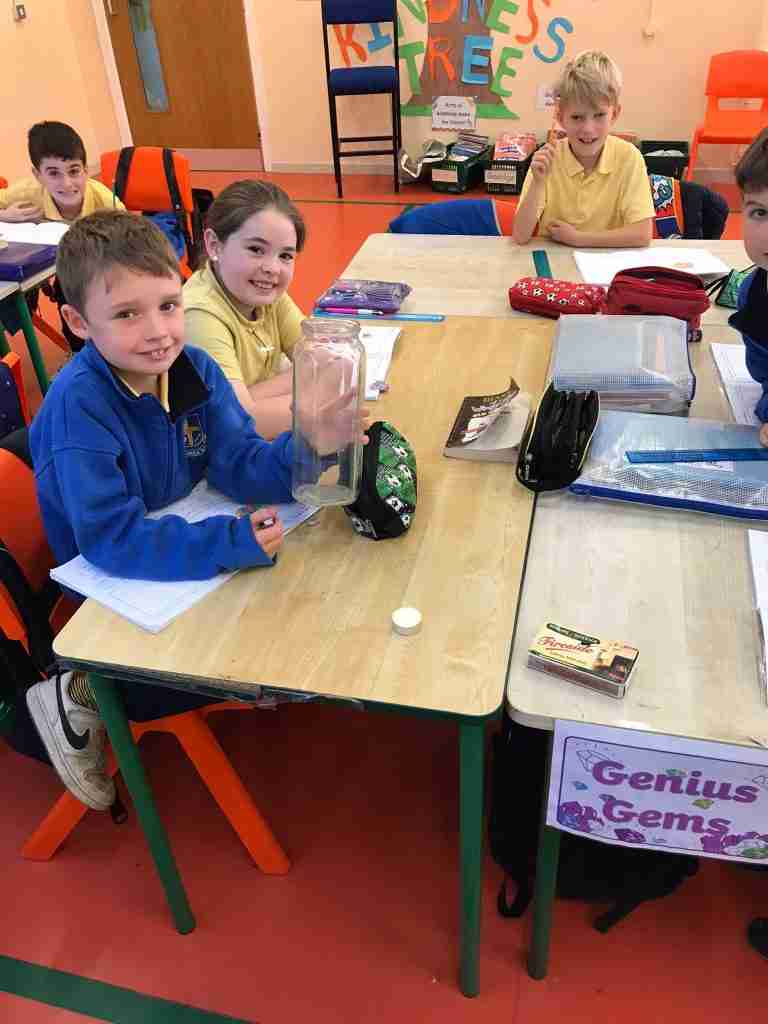
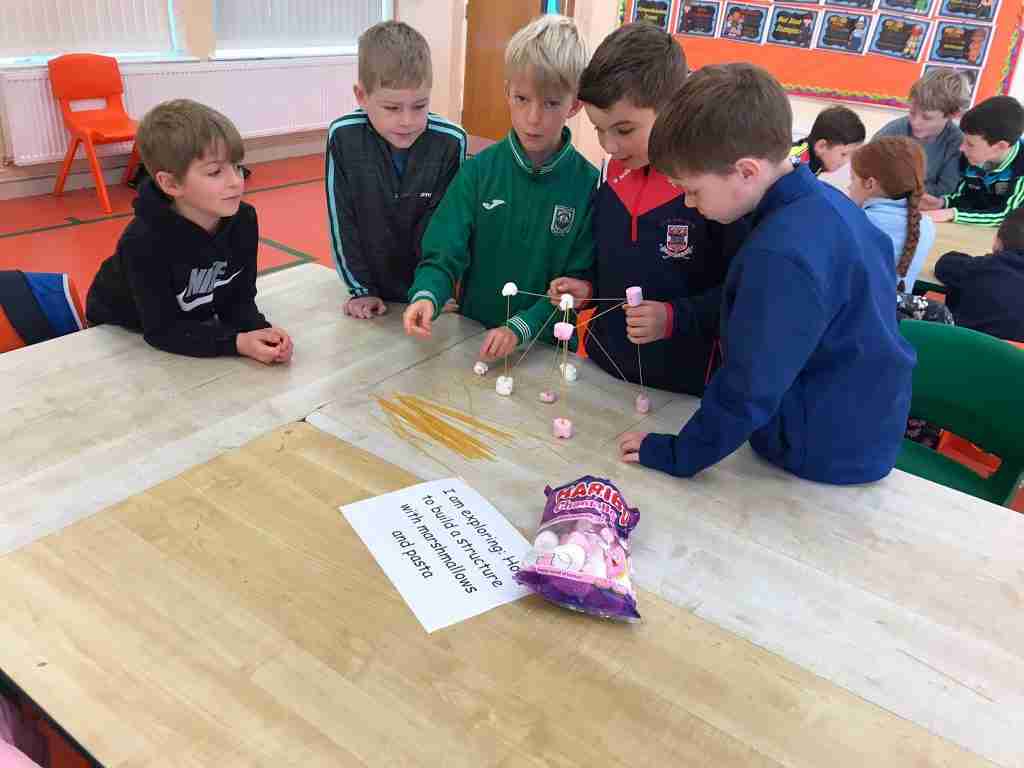
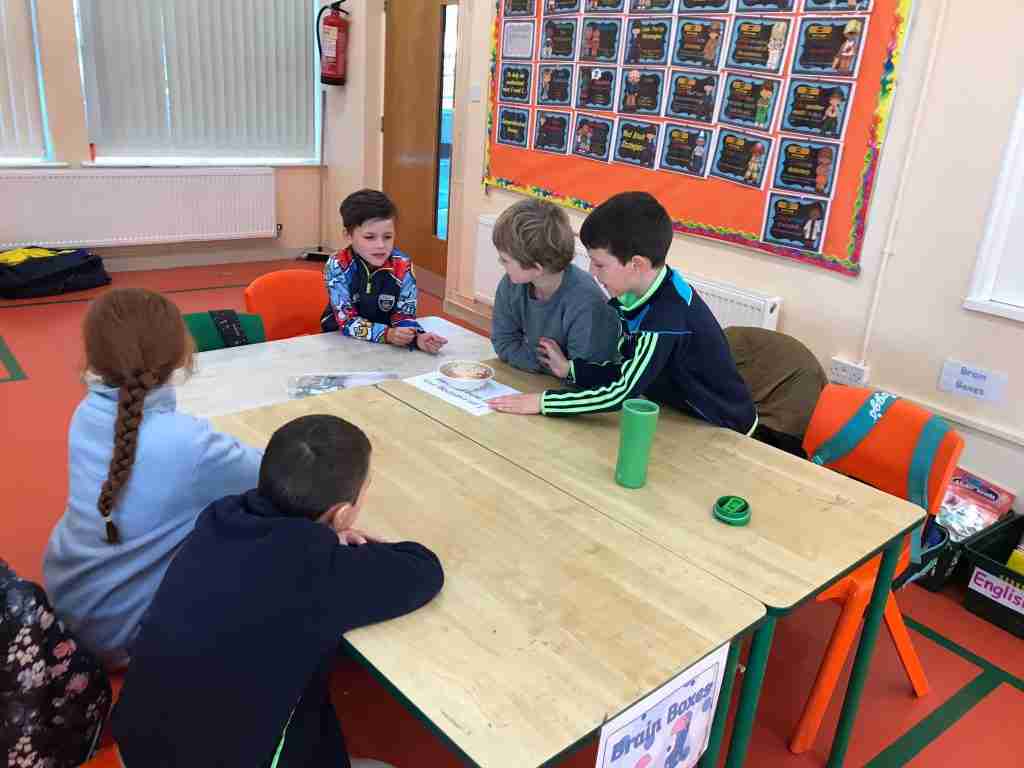
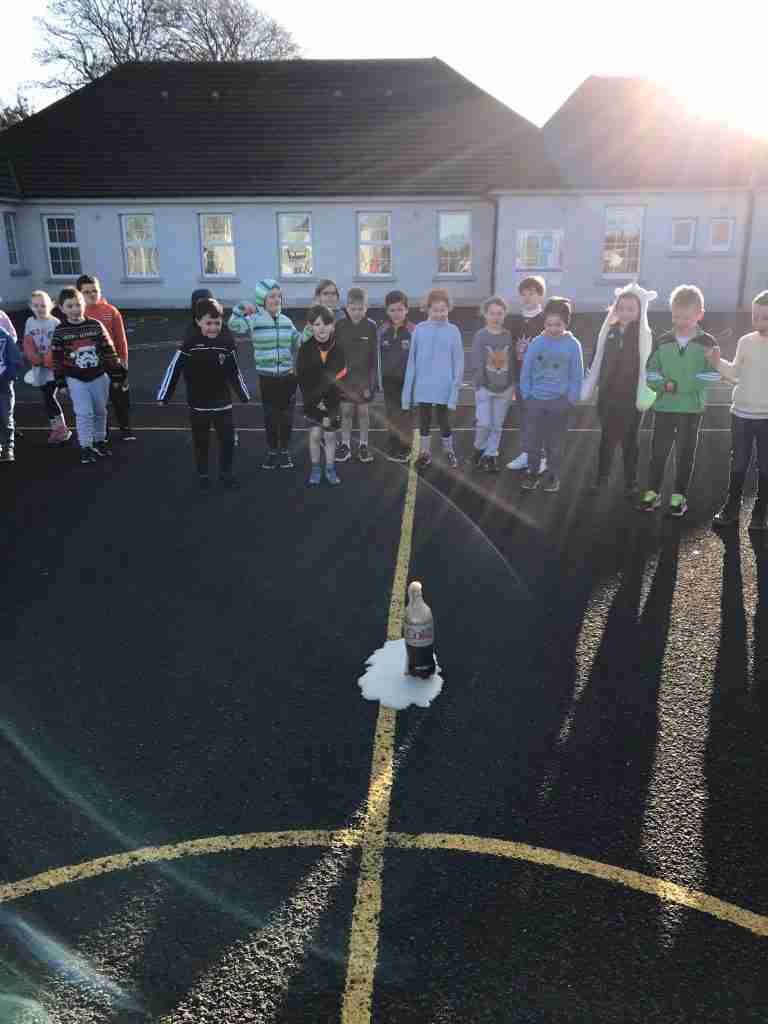
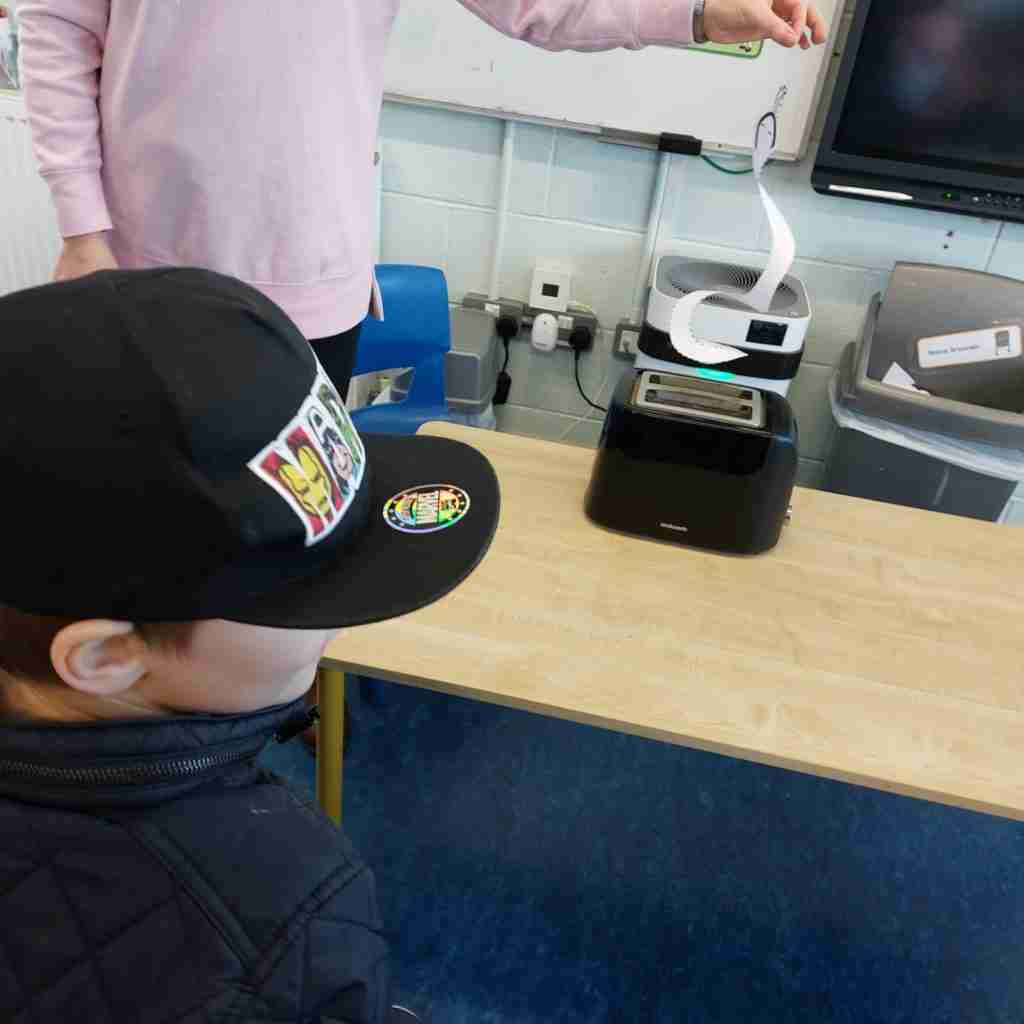
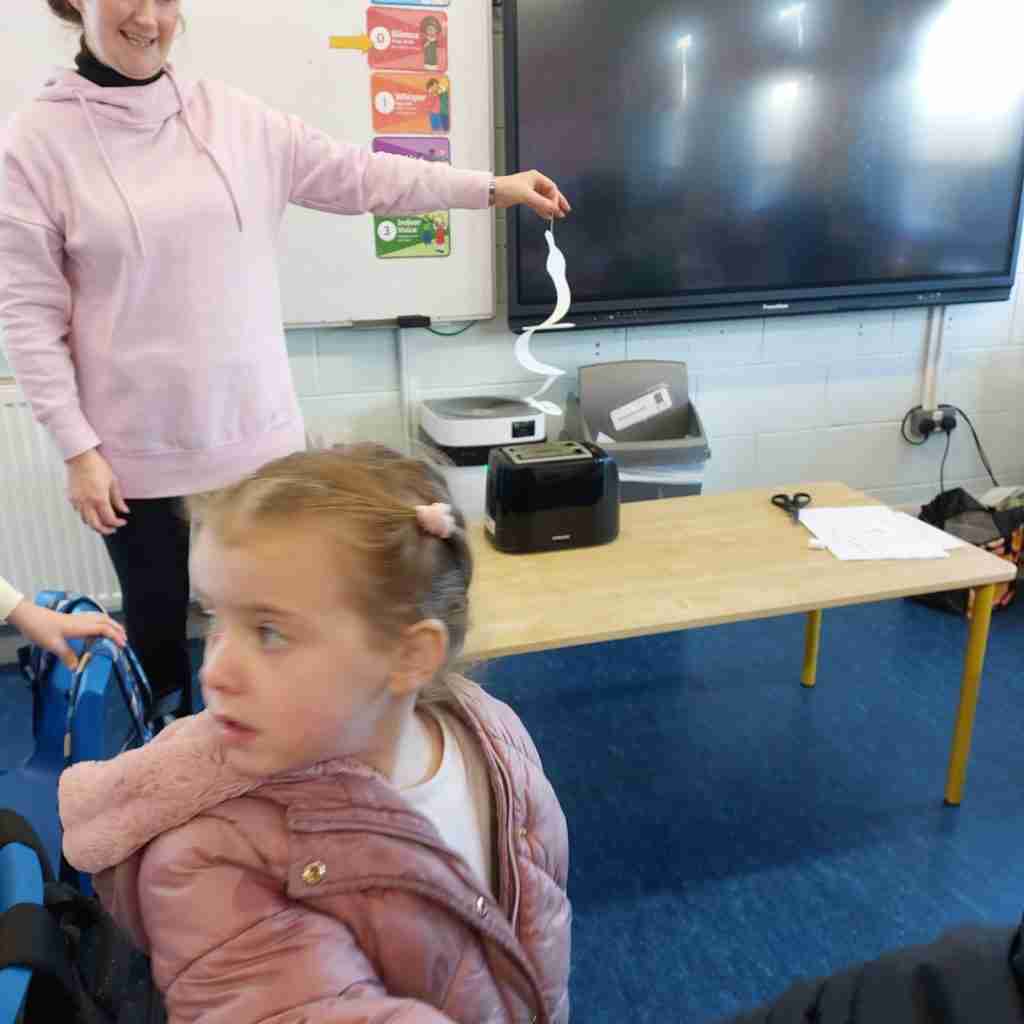


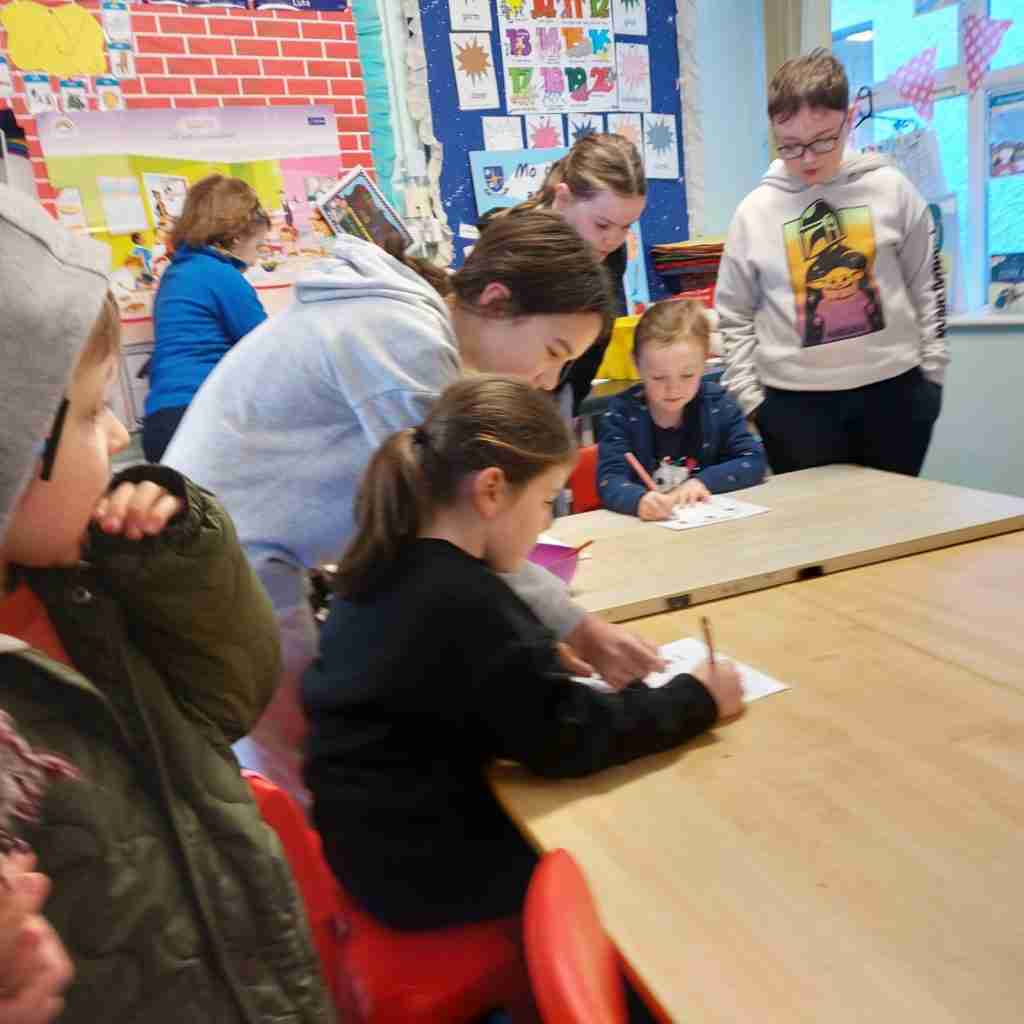
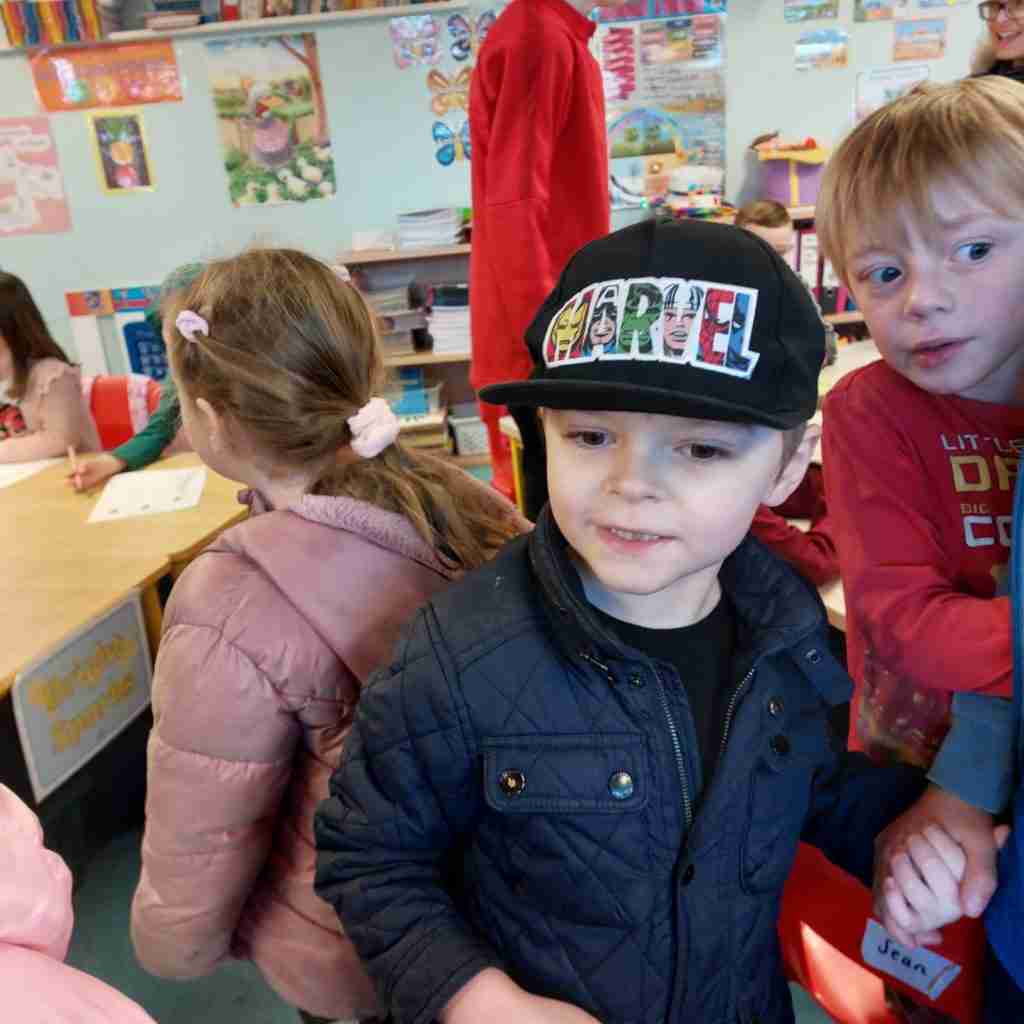
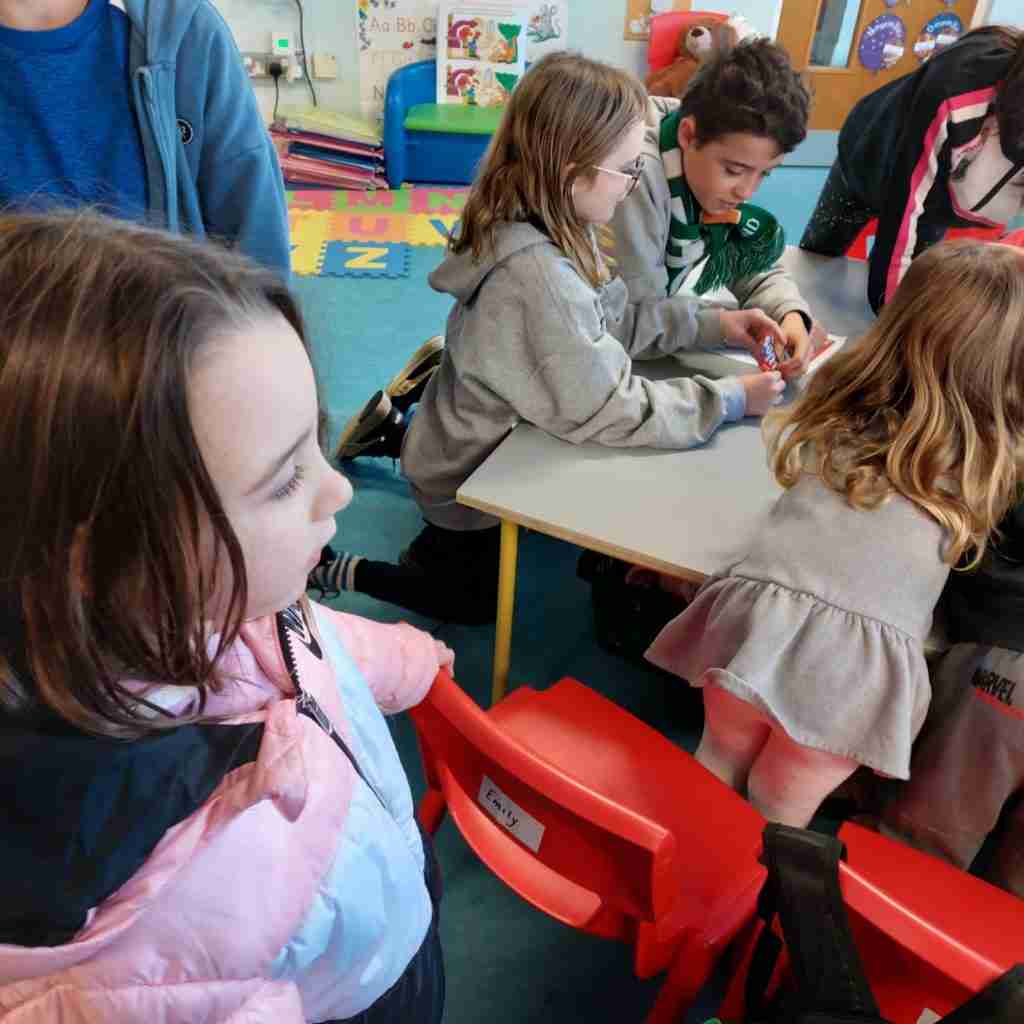
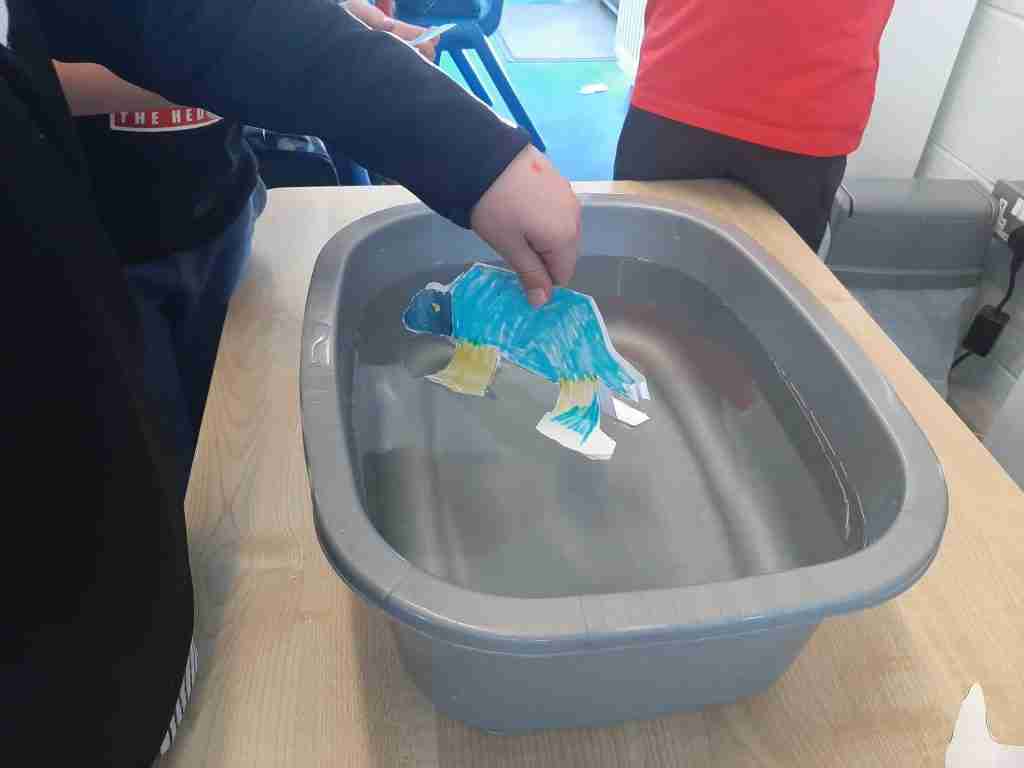

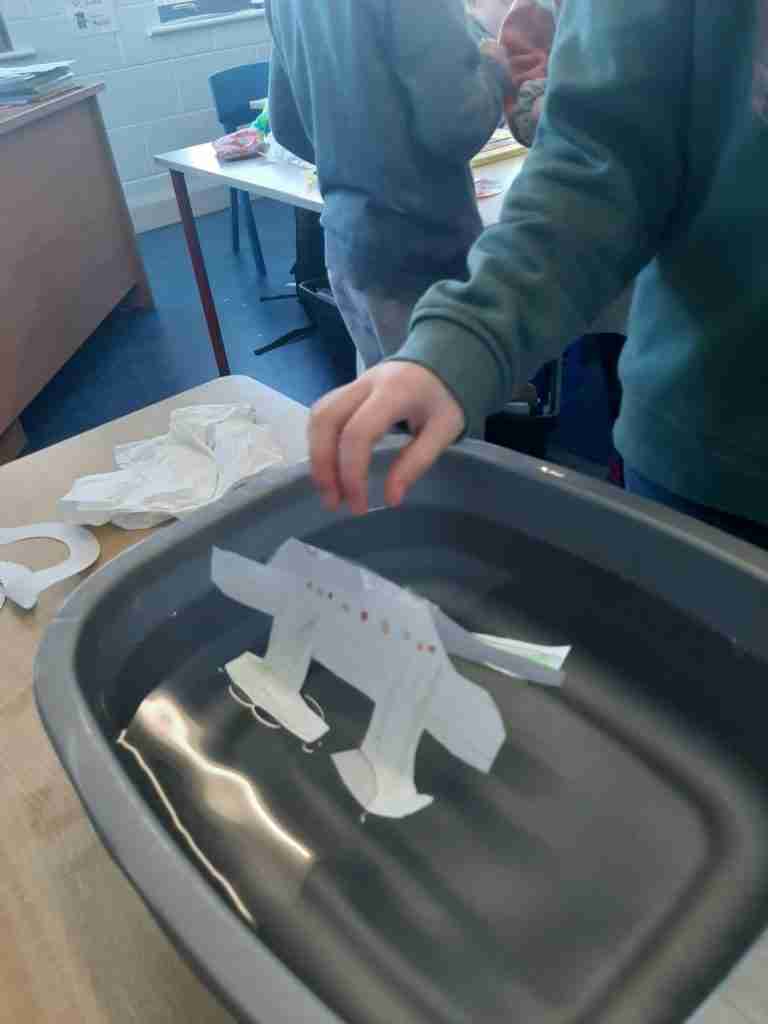


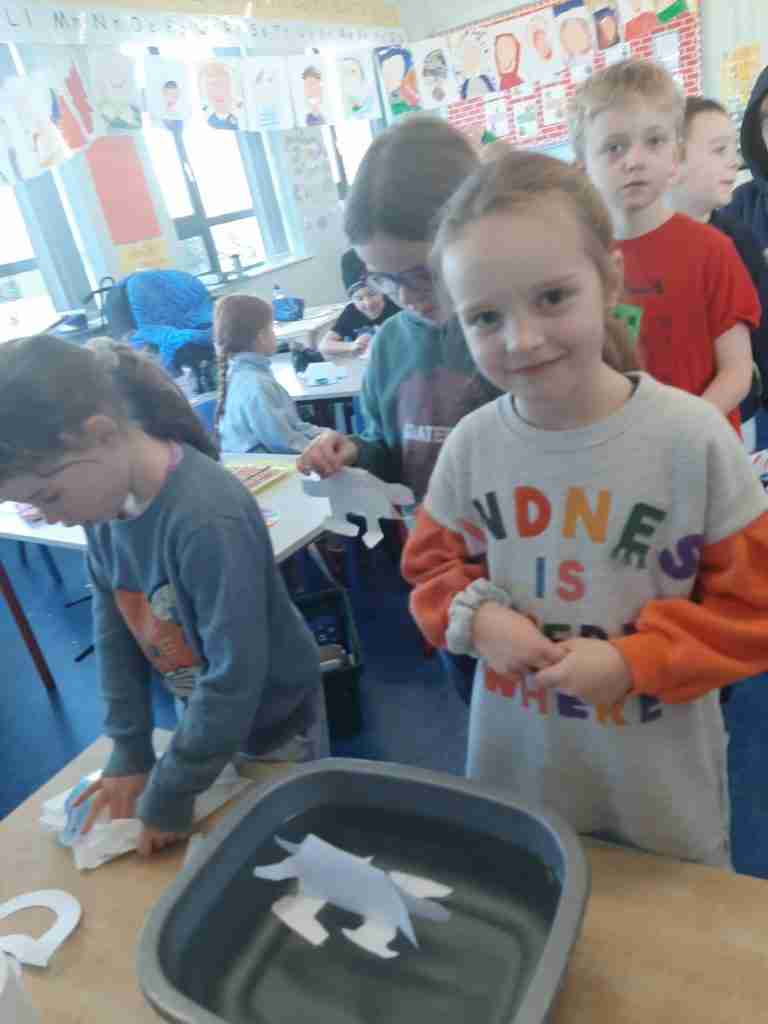
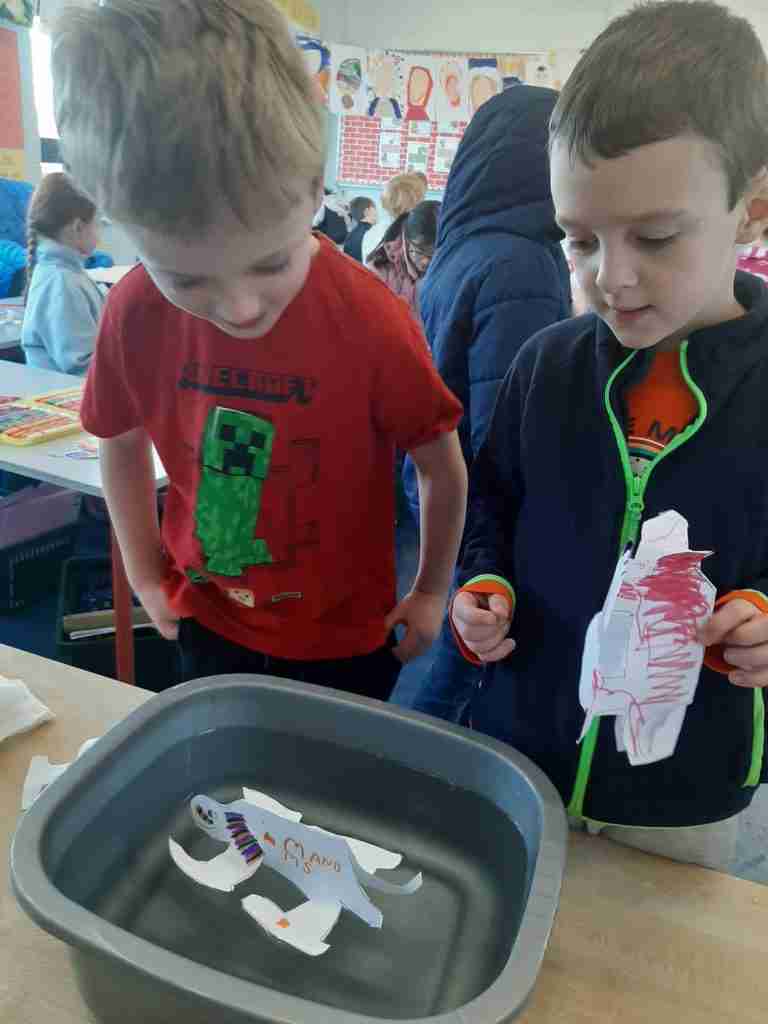
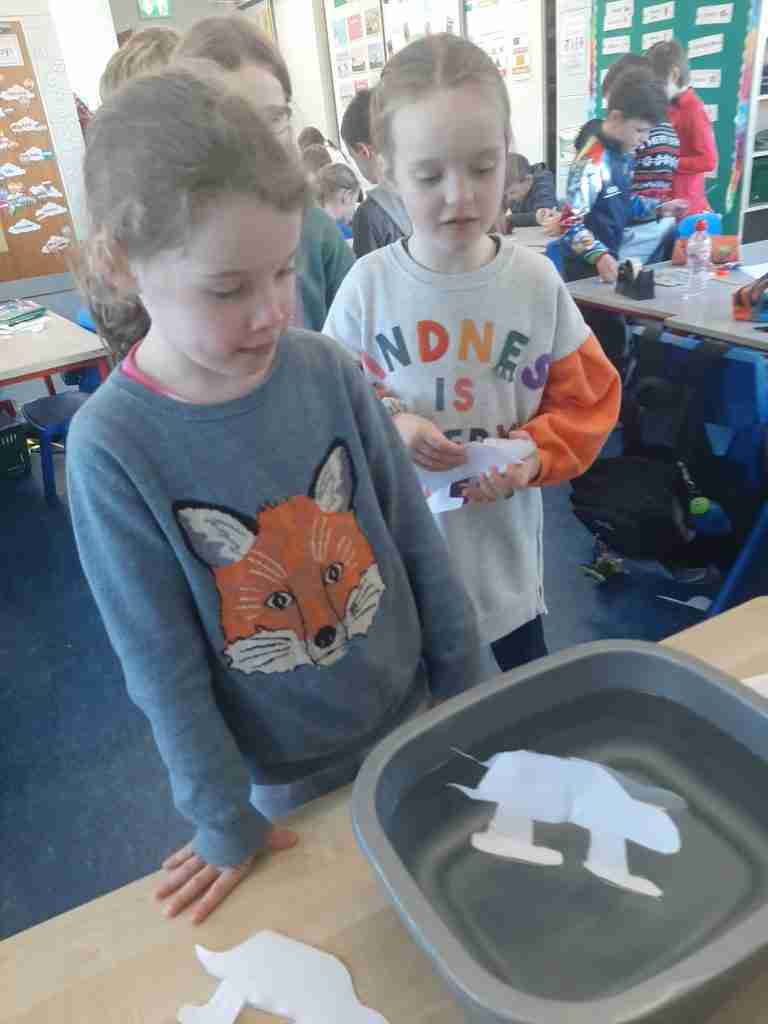
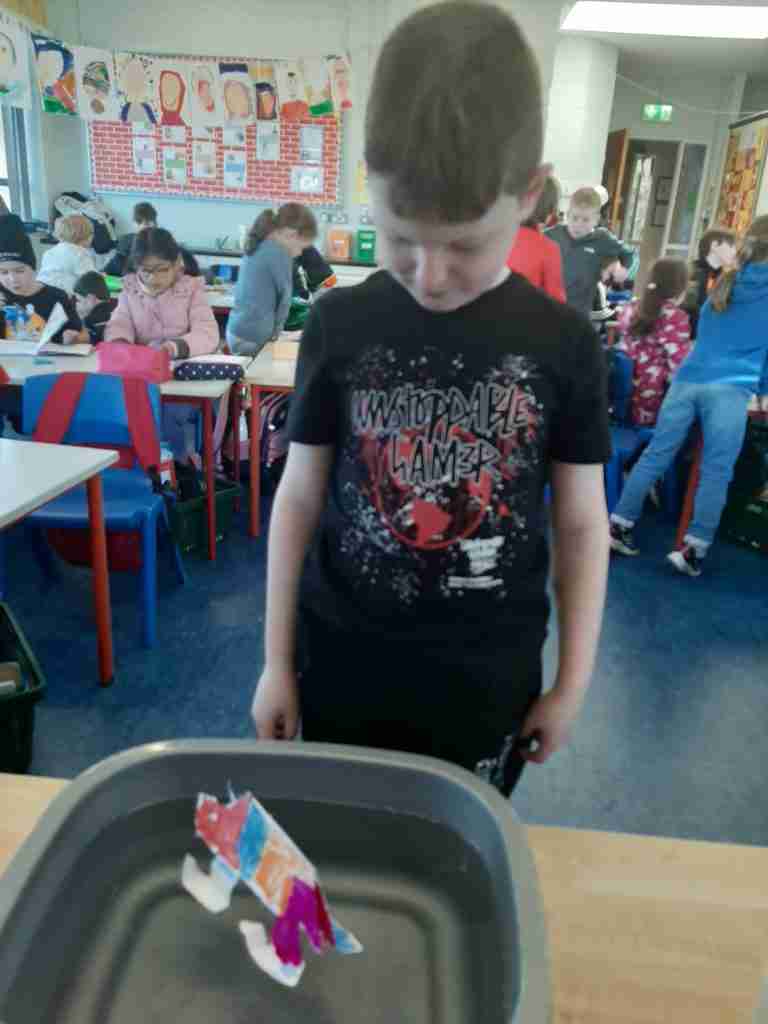
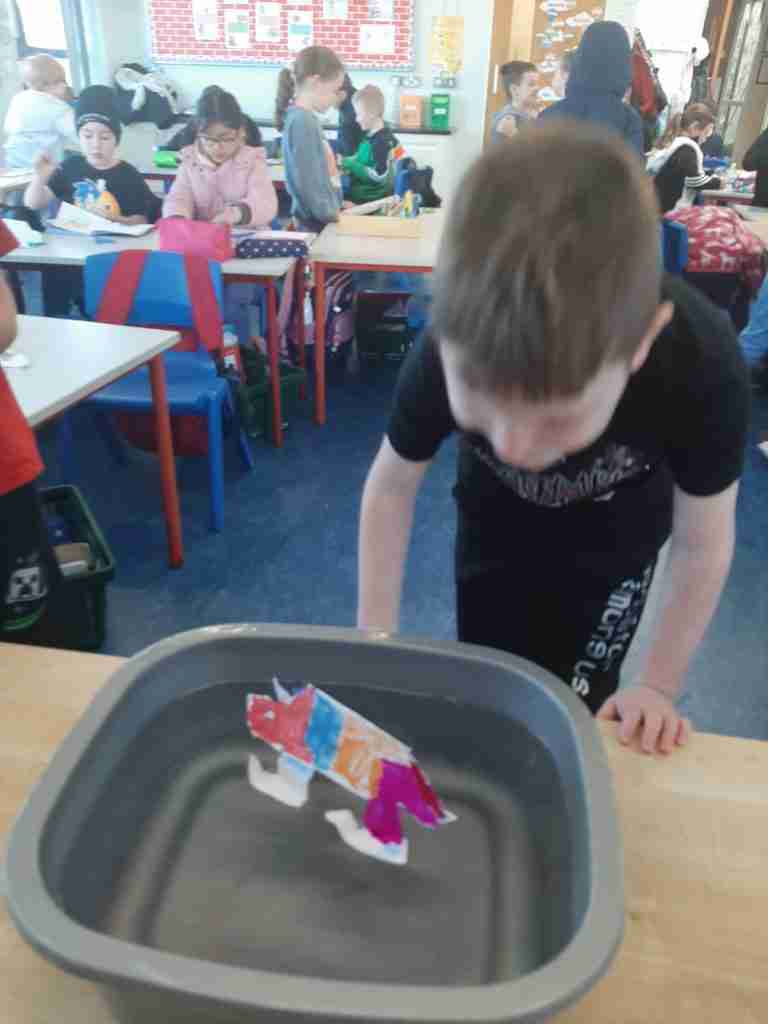
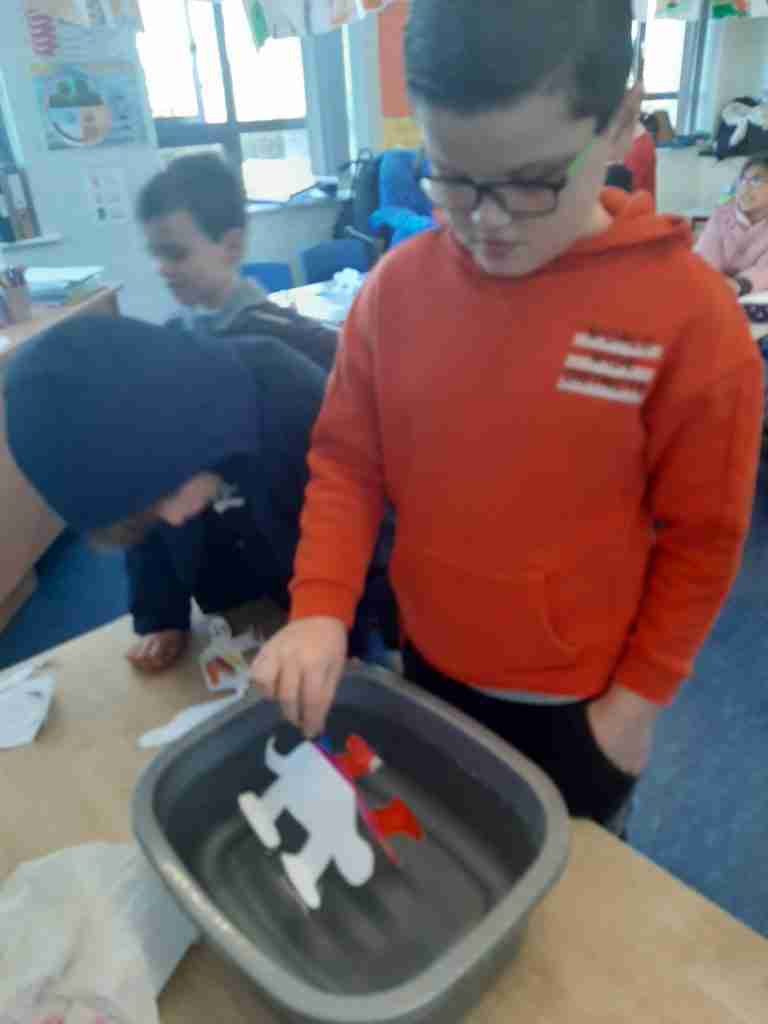

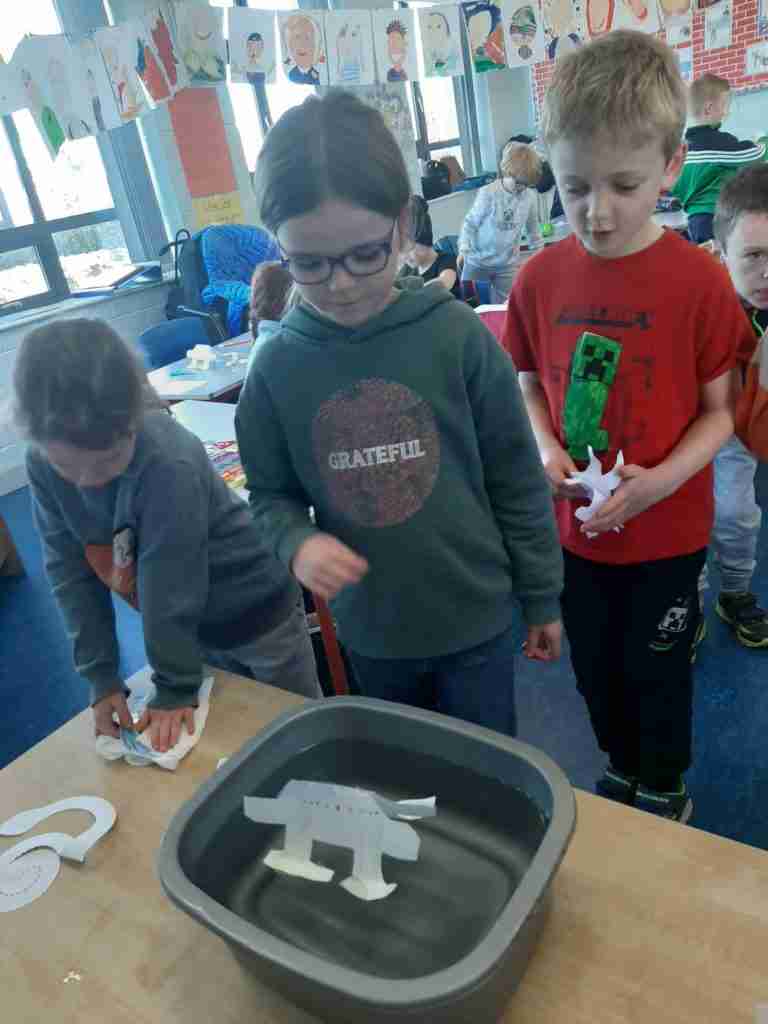
Junior infants loved Space Week! They learned the names of the planets and enjoyed doing the 'Space Dance'. We also integrated space week activities into Maths when the children worked in small groups to sort the aliens.

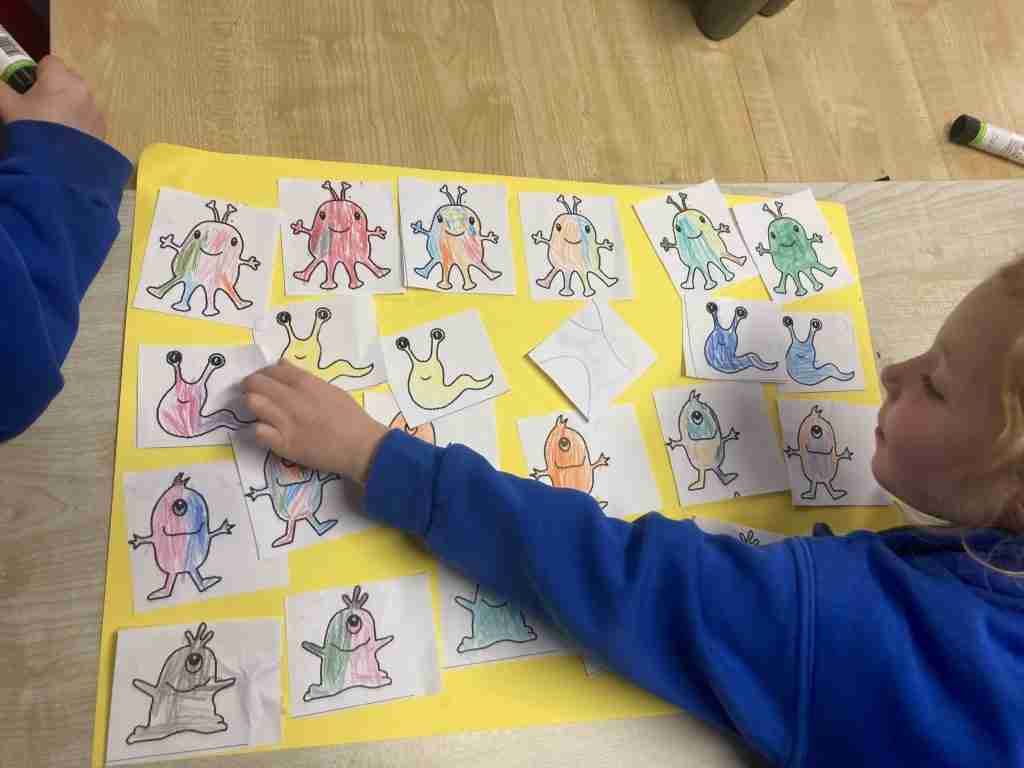
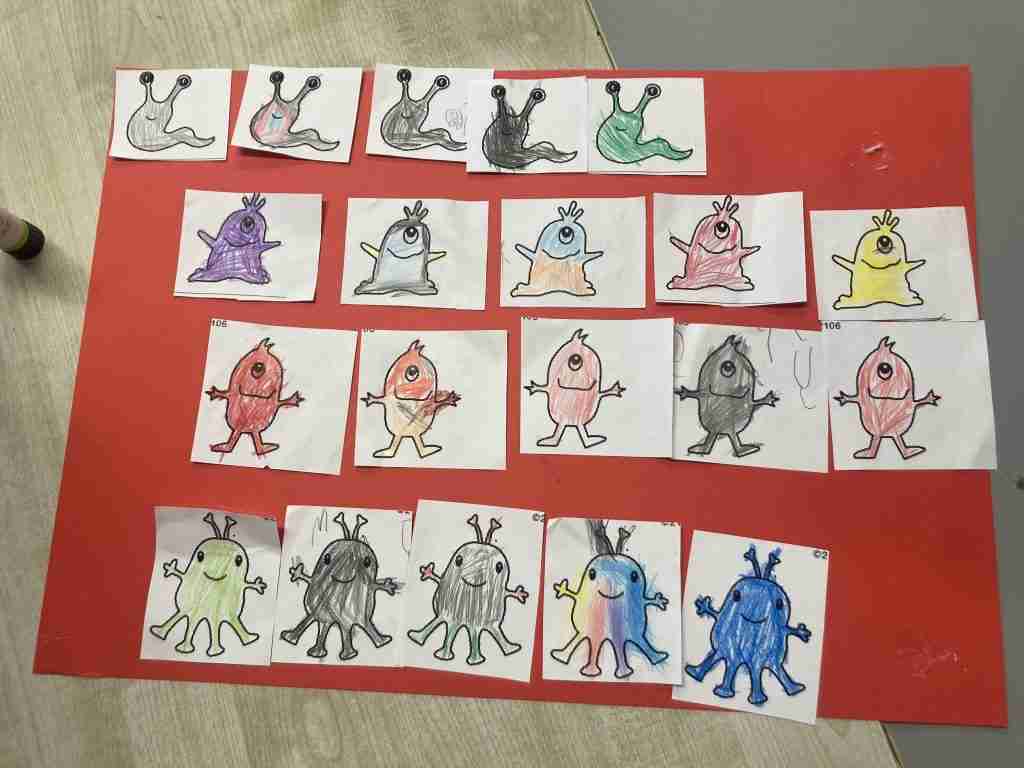
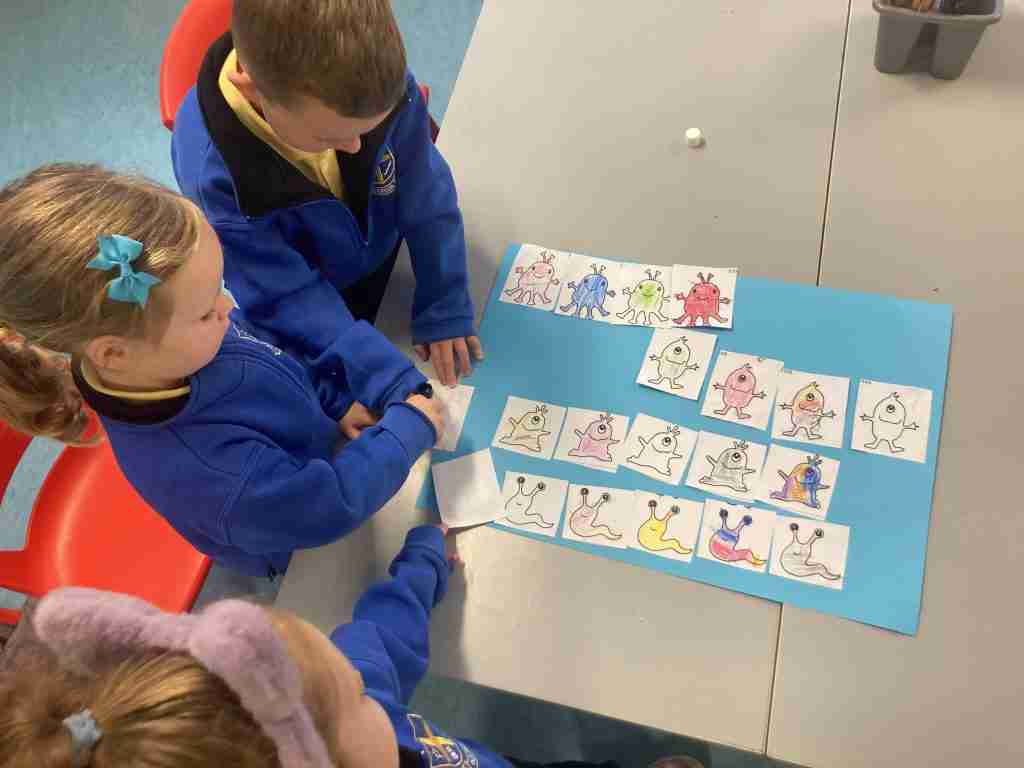
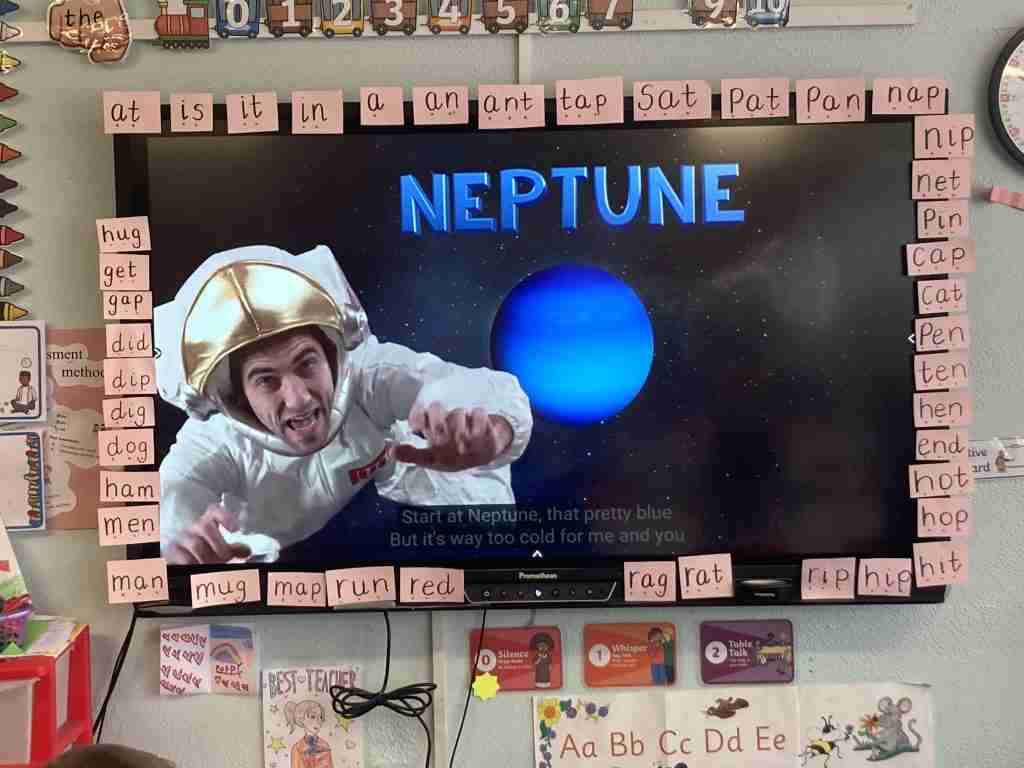
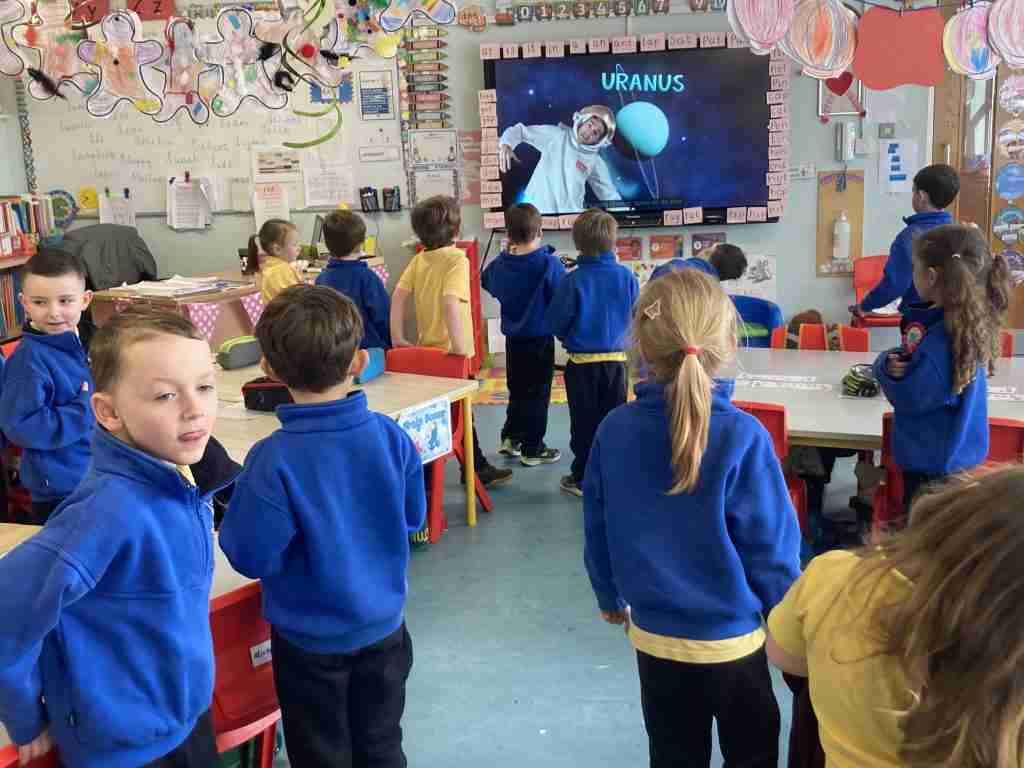
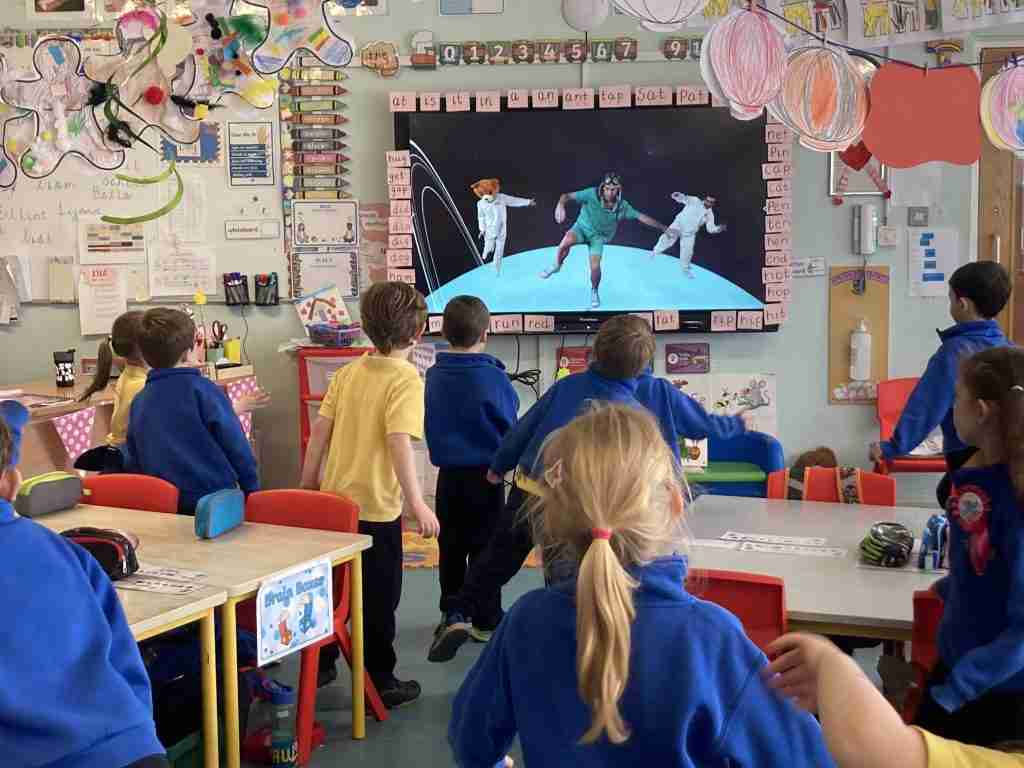
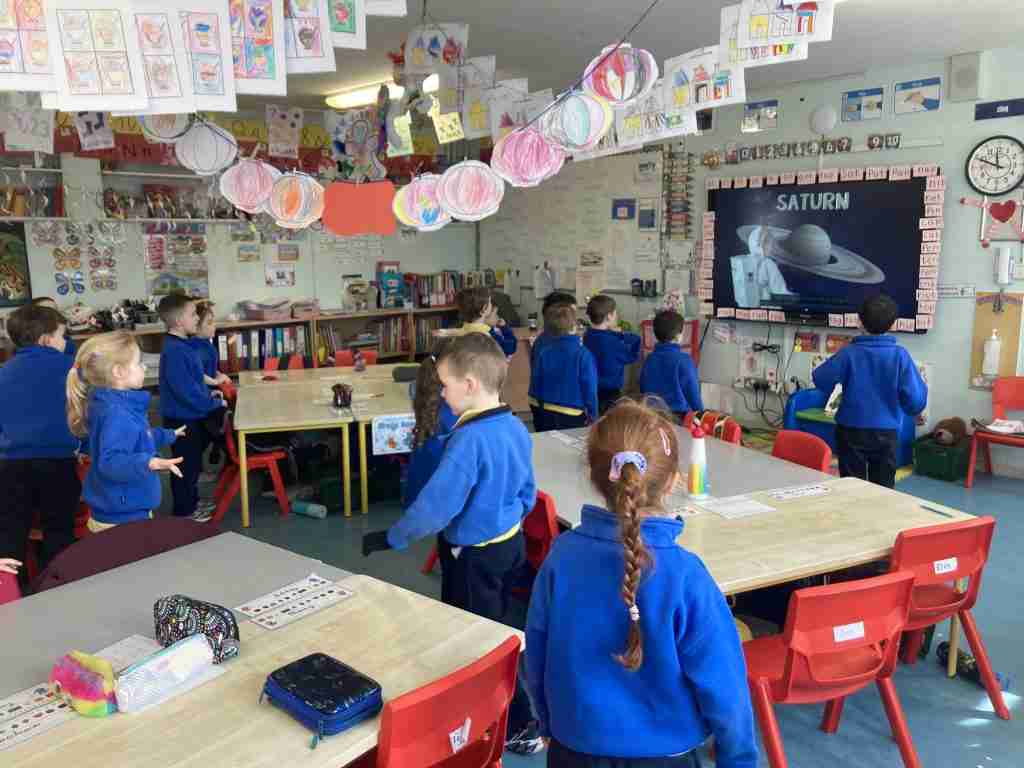
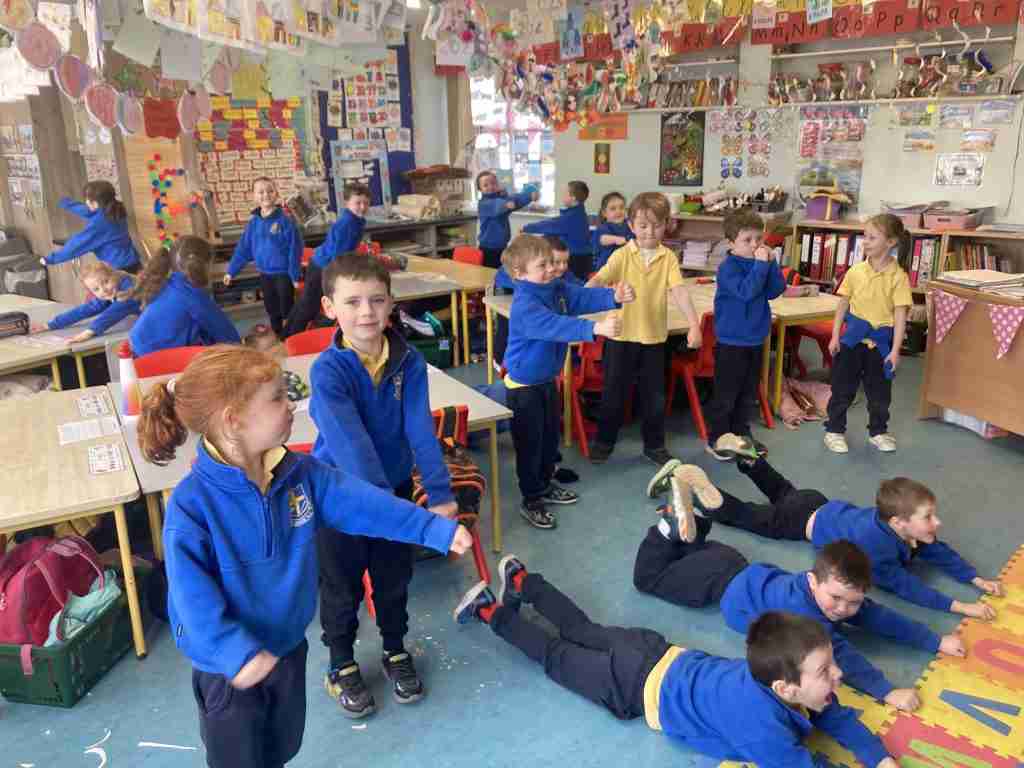
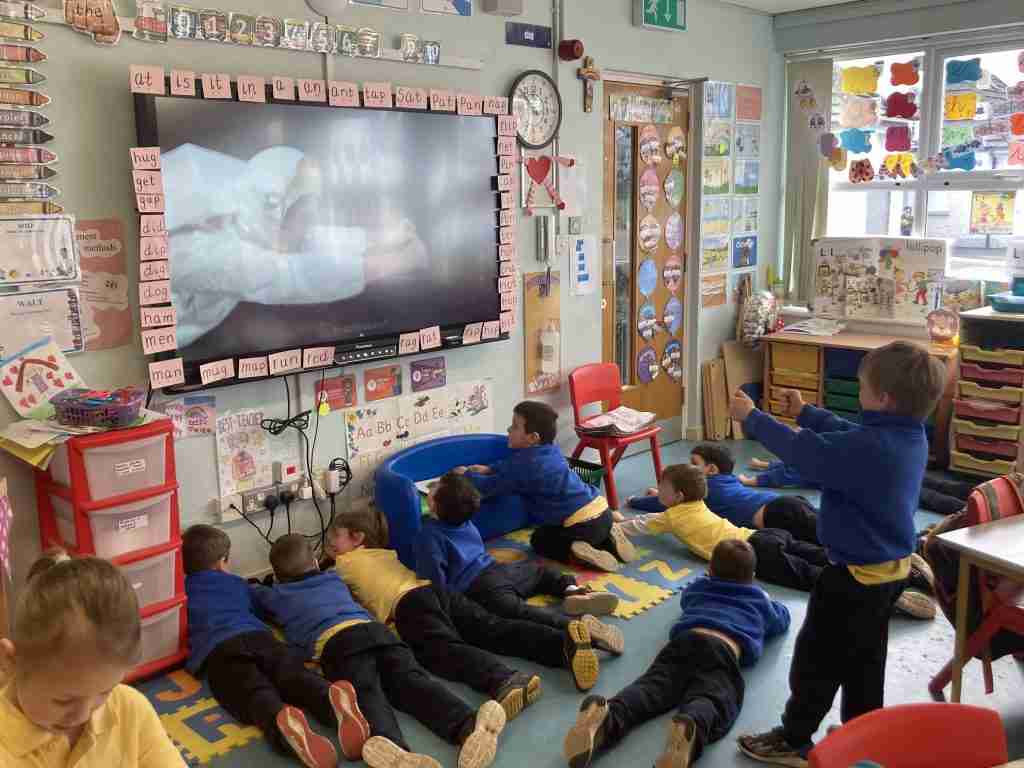
The children in Senior Infants learned what the 3 PRIMARY COLOURS are. We identified the 3 primary colours in the classroom e.g. boxes, Mr Tayto, posters etc. The children then learned about SECONDARY COLOURS. They learned that they can get a secondary colours by mixing 2 of the primary colours together.
During the experiment, the children first looked at the 3 primary colours. They painted the 3 colours on a sheet of paper. We then predicted/discussed what colour would red/yellow make, yellow/blue make and blue/red mak.e, when mixed together. The children then experimented mixing 2 primary colours to make a secondary colour. The children really enjoyed this part of the lesson. Have a look at our photos so you can see how well the children's colour mixing went.

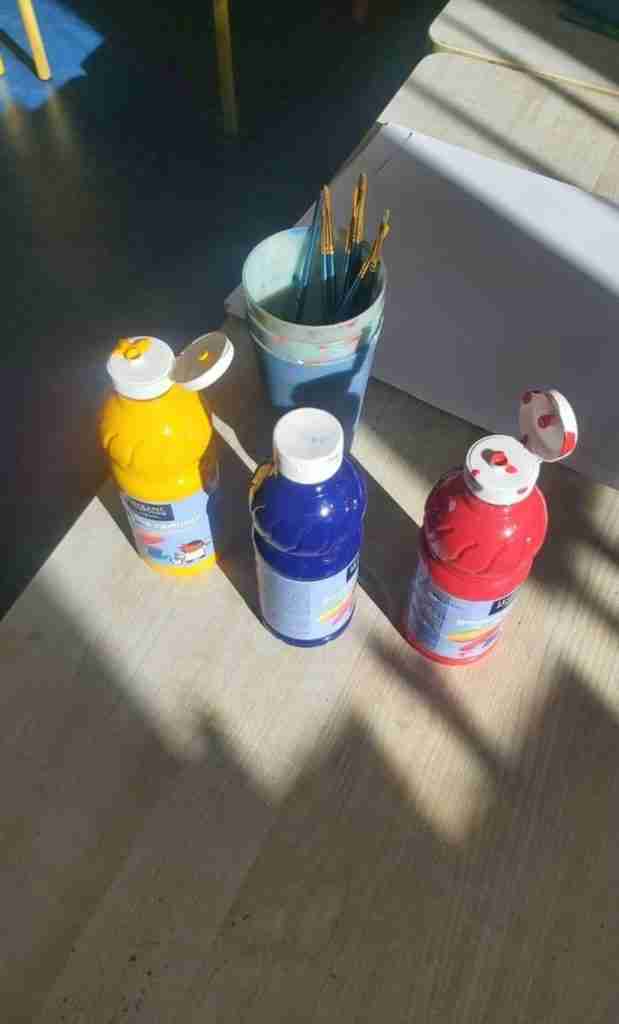

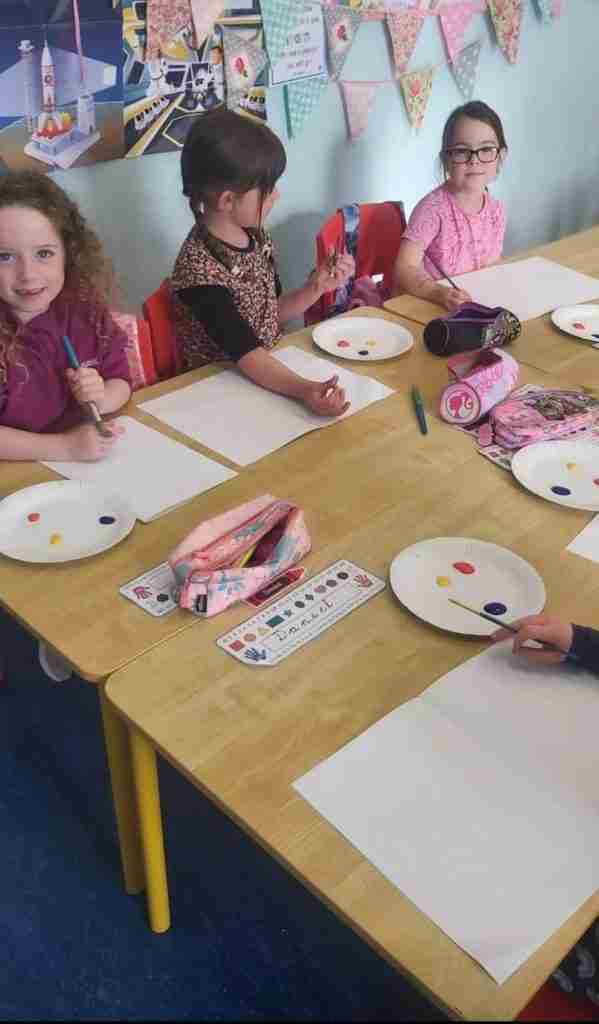
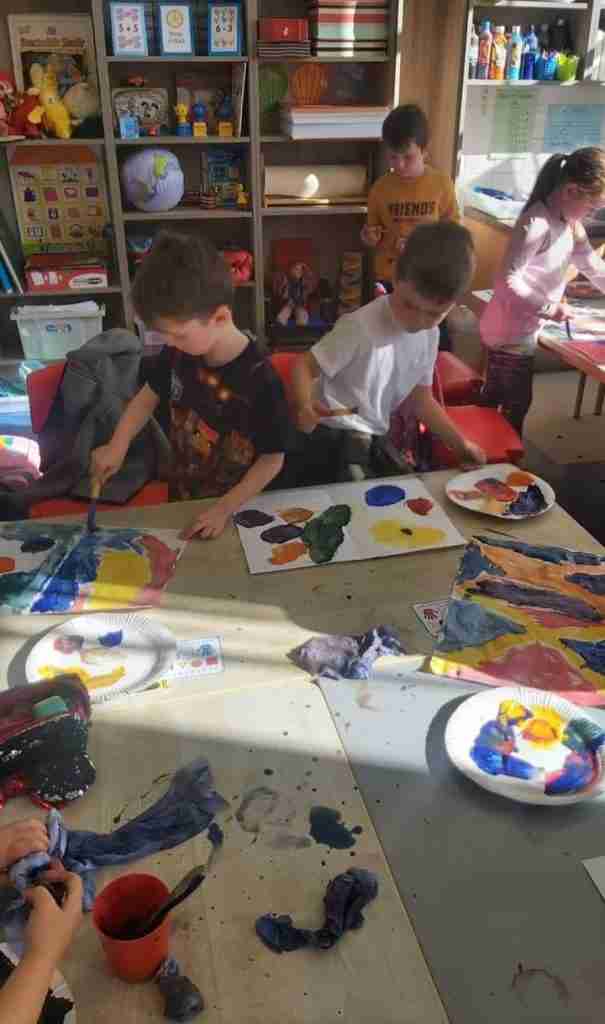
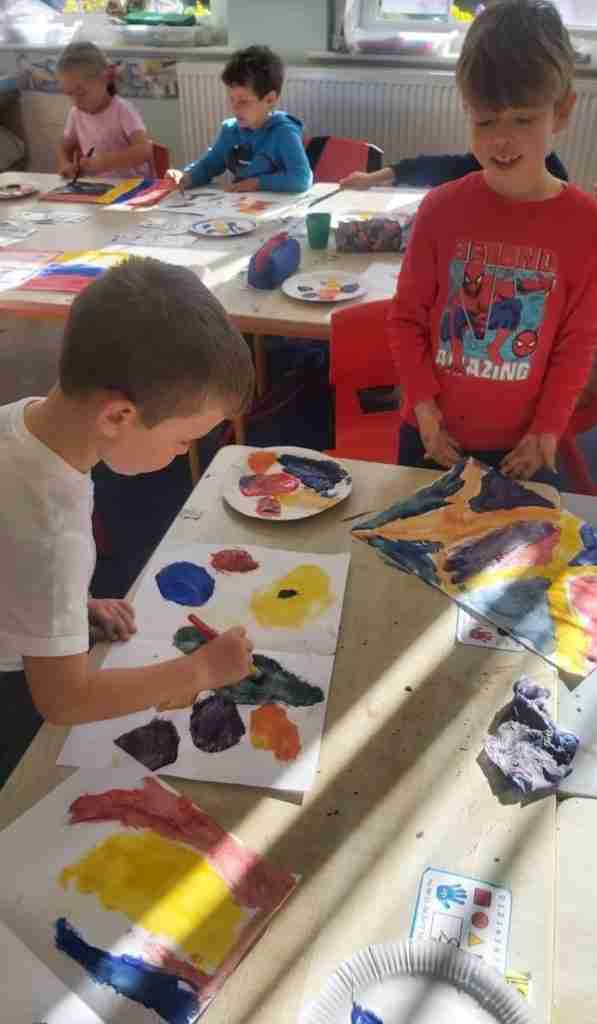

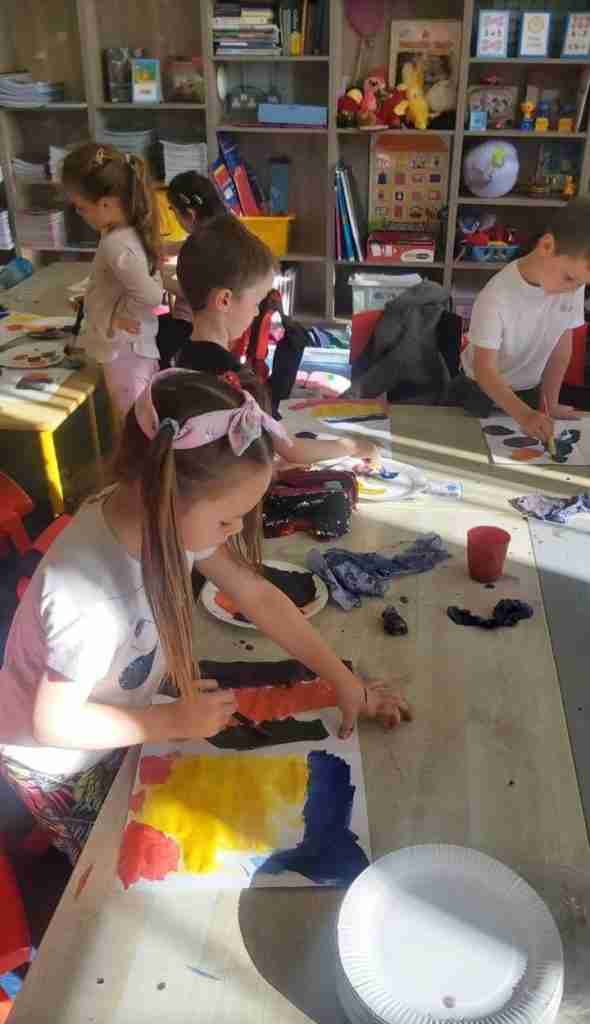
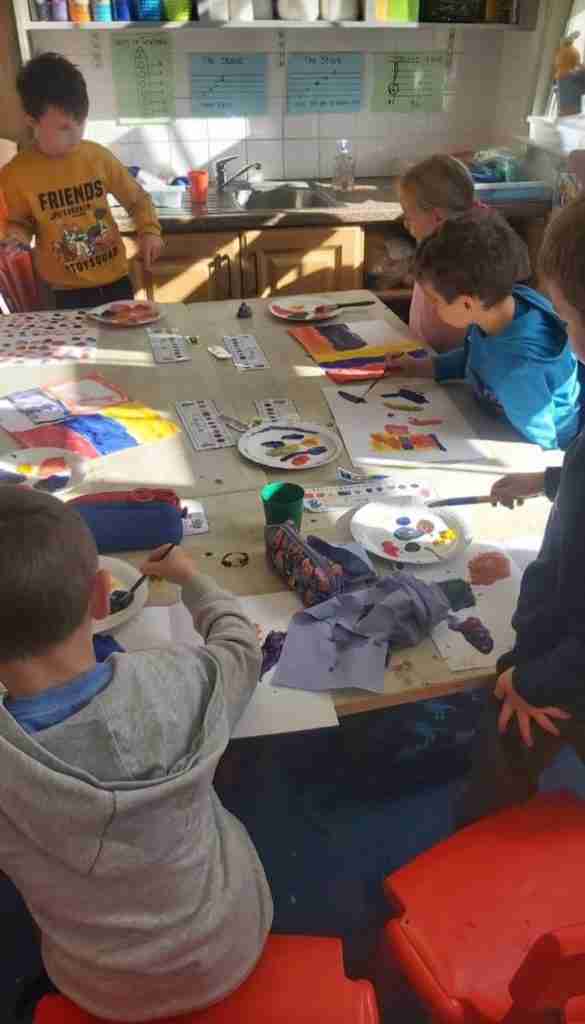

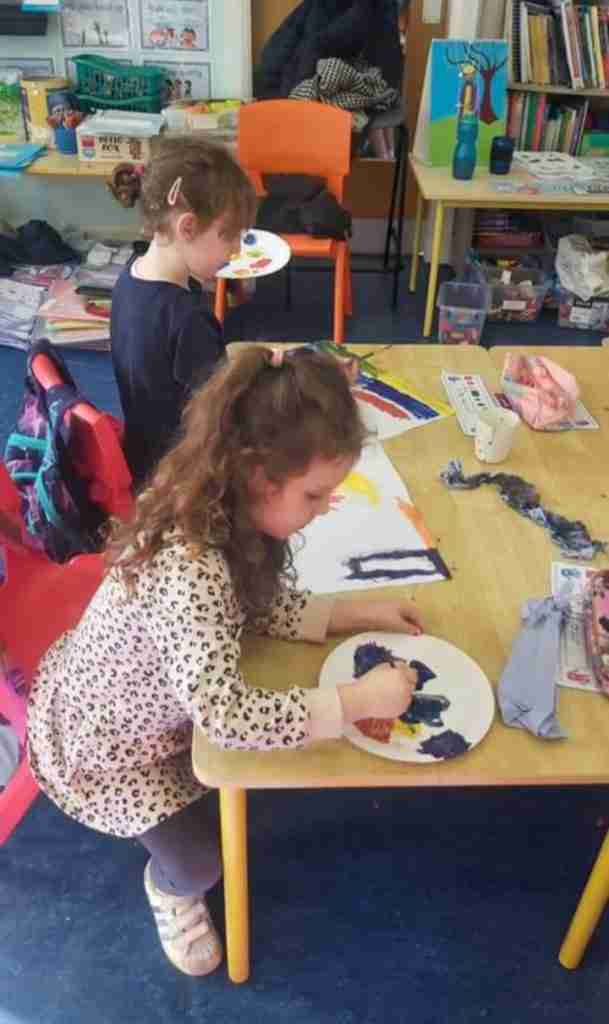
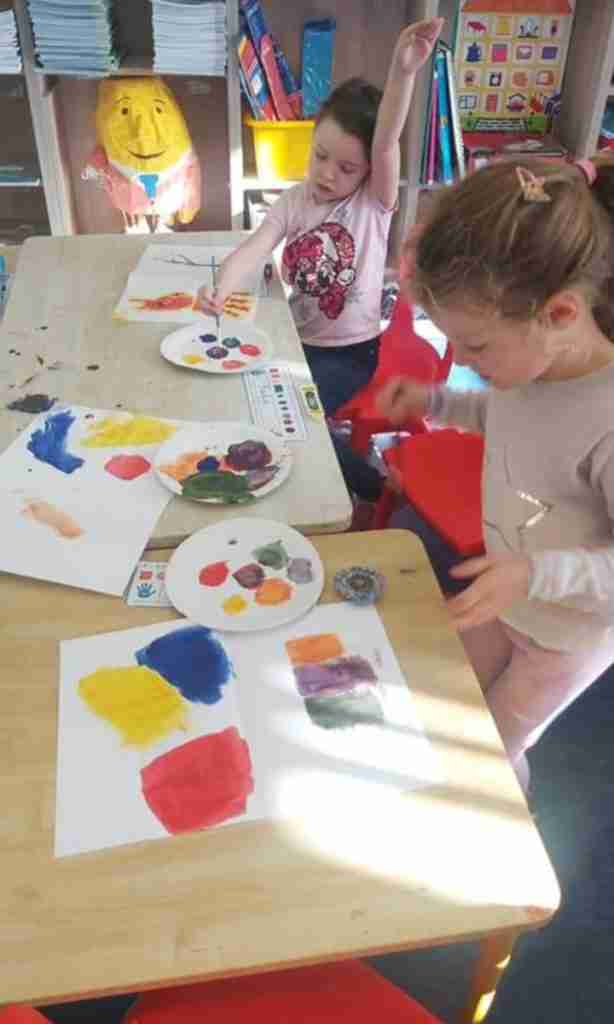

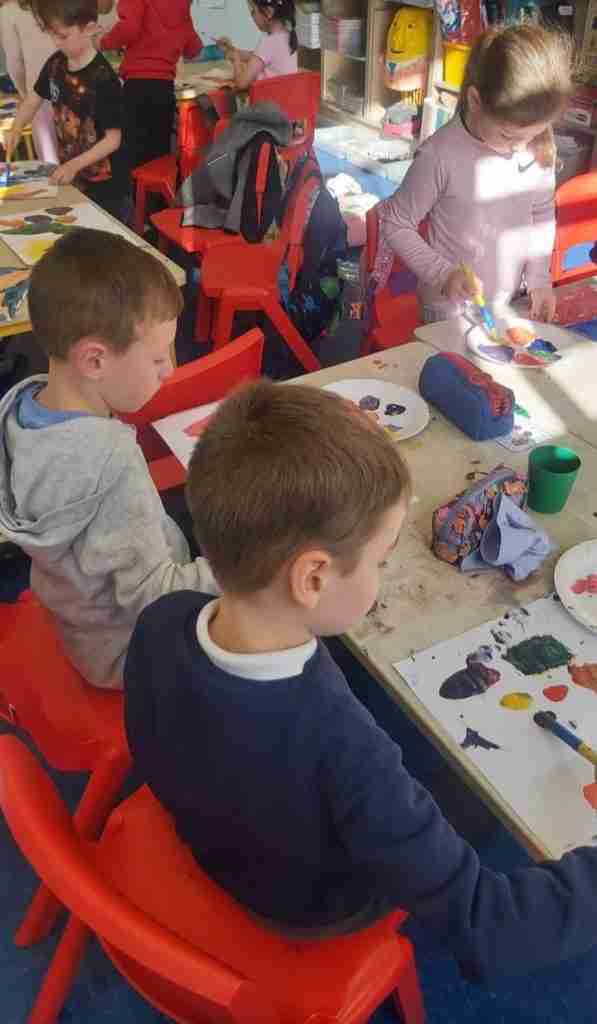

Content Objective(s) / Learning Outcome(s):
The children in Senior Infants have completed lots of work in the area of Environmental Awareness and Care. In this lesson, the children identified the plants that are most commonly seen during spring time. We undertook a spring trail on the grounds of our school. We spoke about the flowers/plants appearances and what the best conditions are required for the plants/flowers to grow in. We spoke about the need for water, sunlight and soil. We also discussed how important it is to care for our plants/flowers in our local environment.
We looked at some of the trees/bushes on our spring trail. We spotted new buds on some of the trees and the children were able to distinguish between the apple and pear trees. The children were excited to find lots of daffodils and primroses on the spring trail.
Have a look at the photos to see how much fun the children had on the trail. Spring is definitely in the air at Kilbride NS!
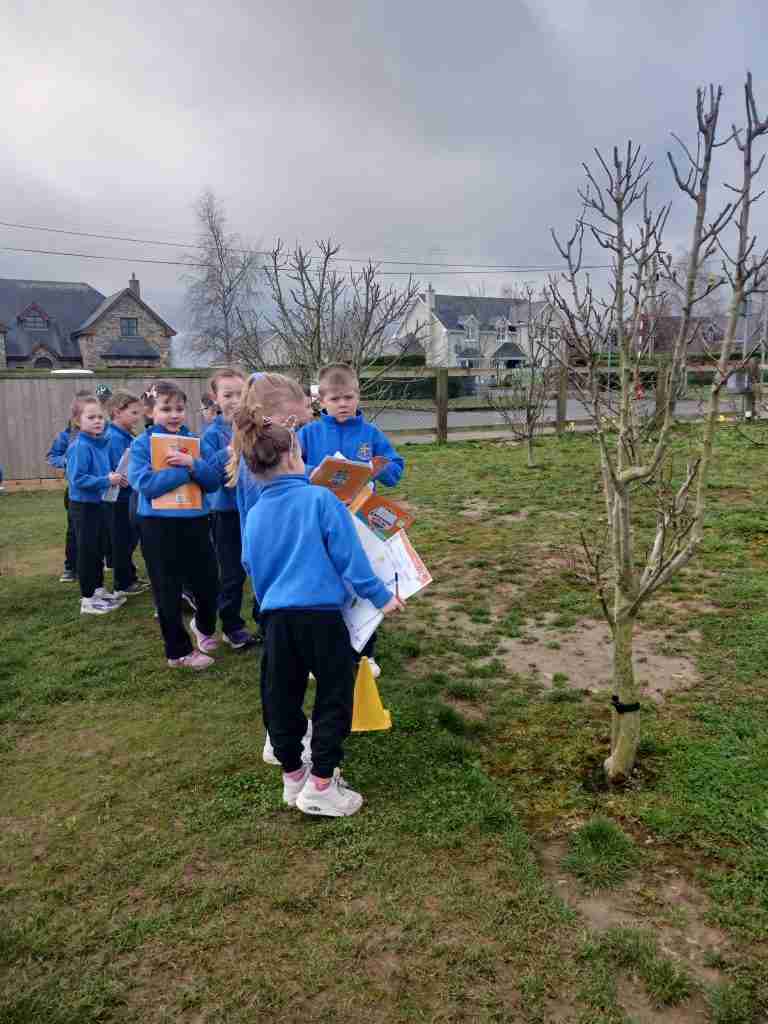
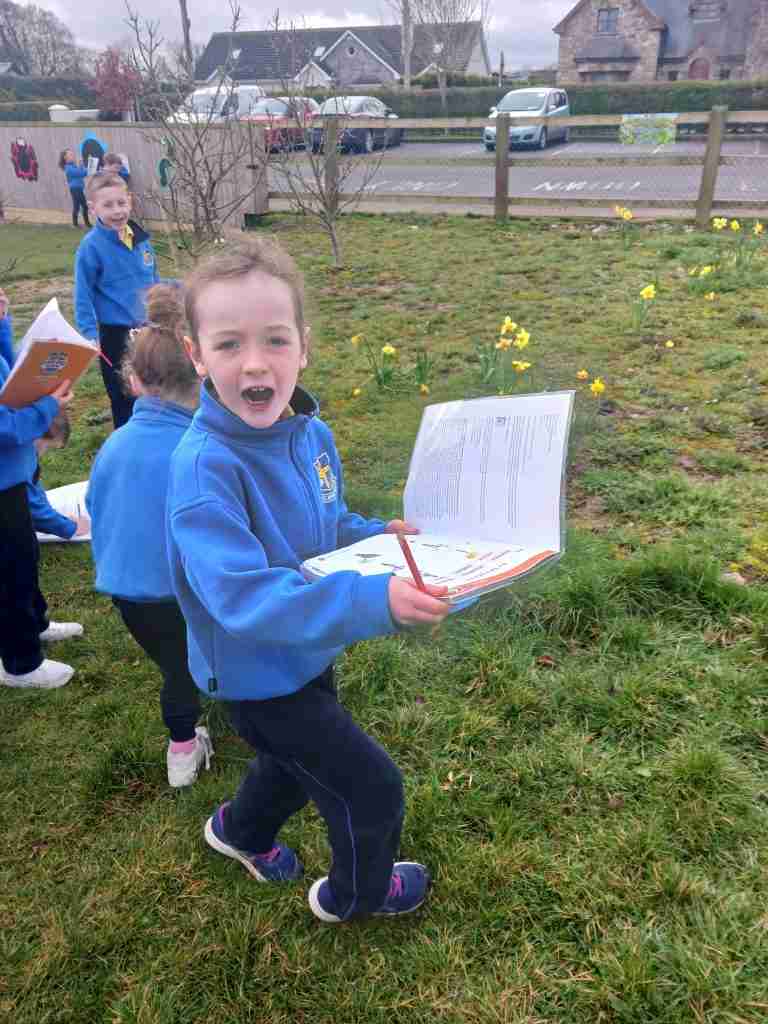
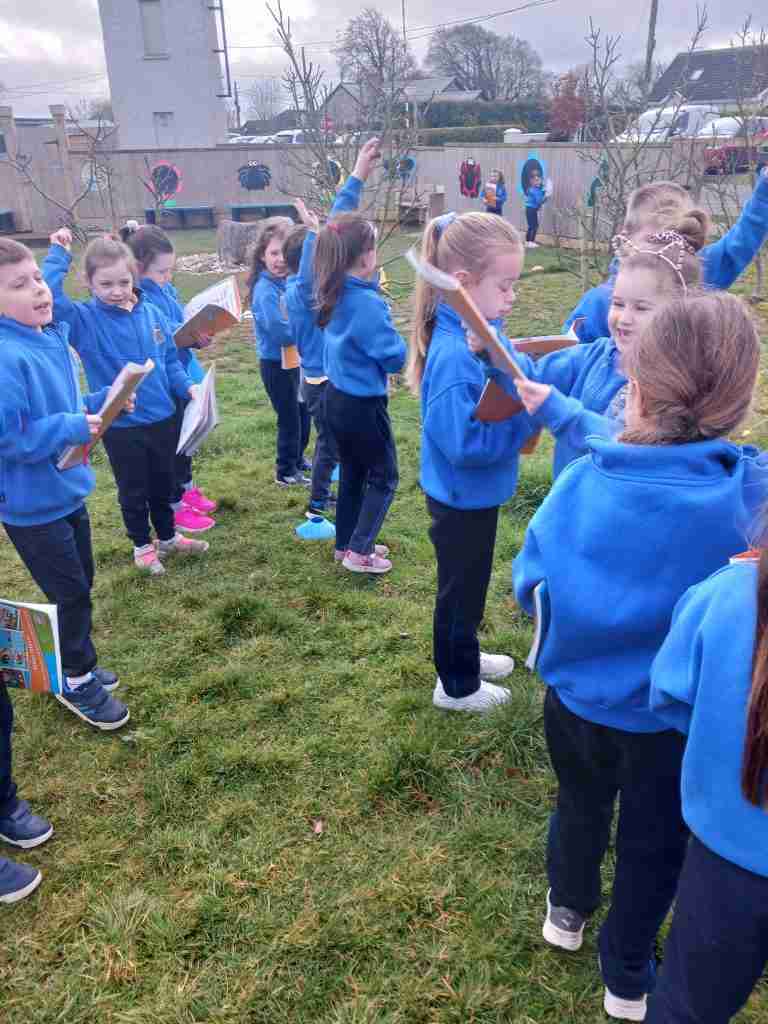

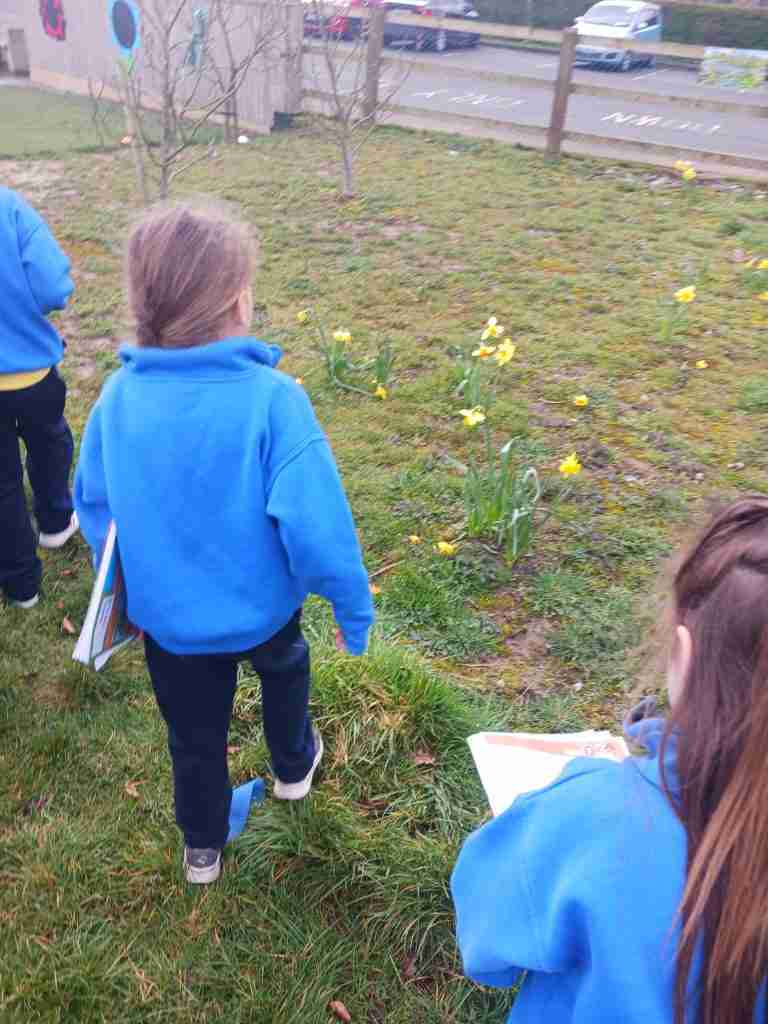
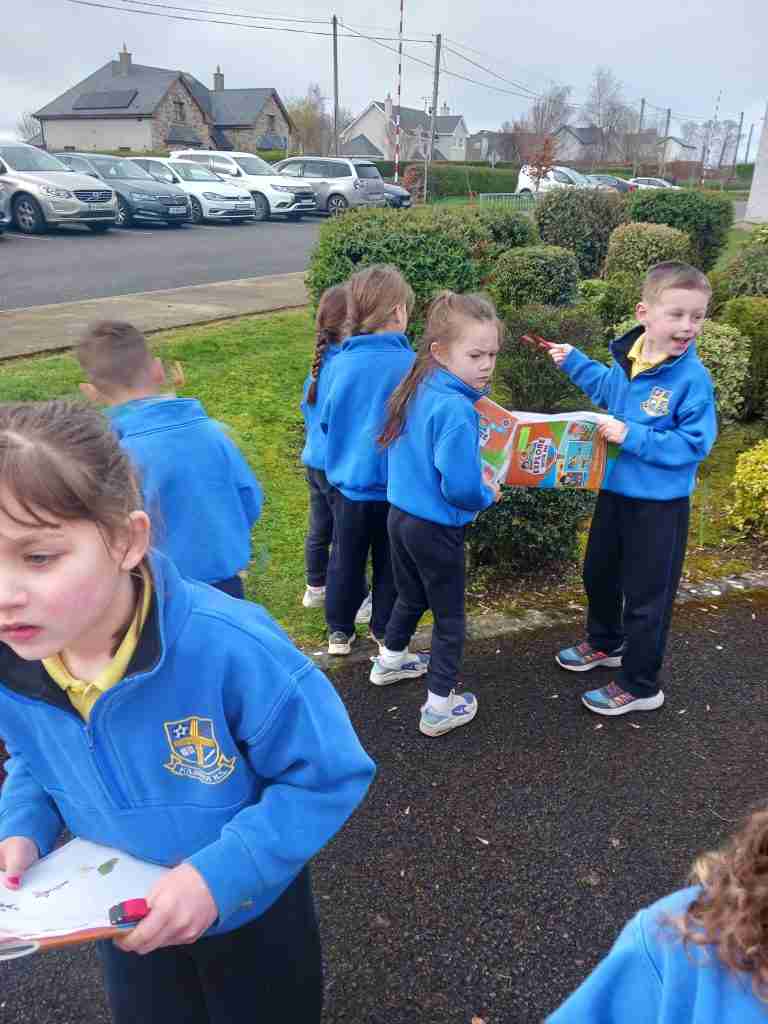
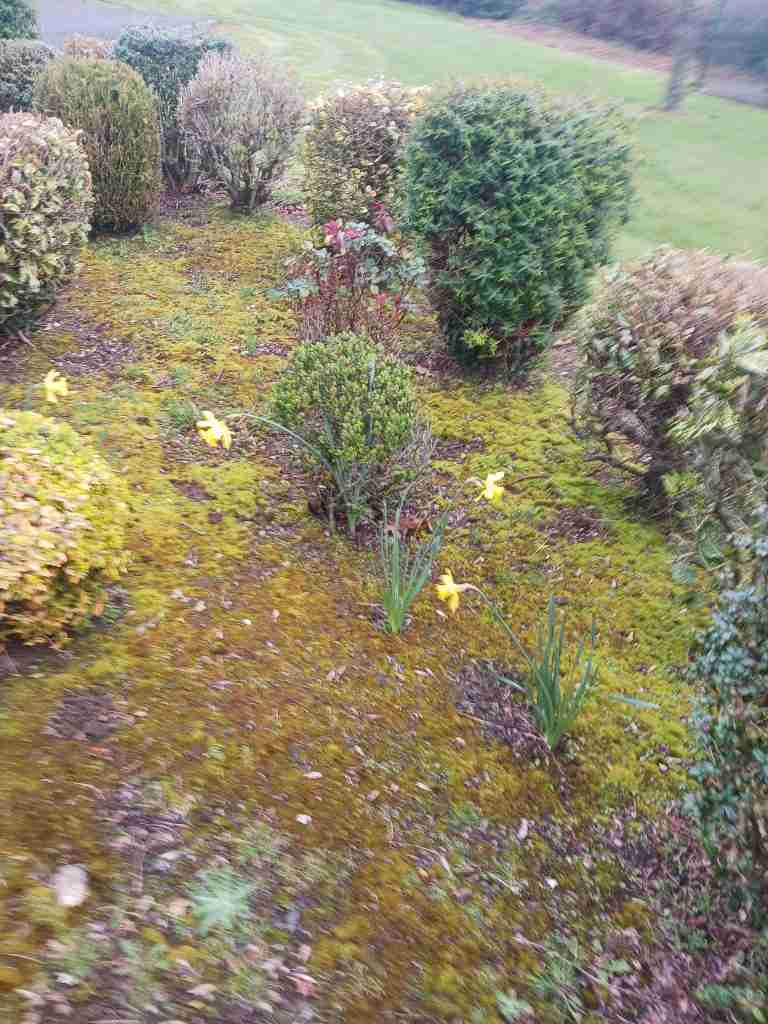
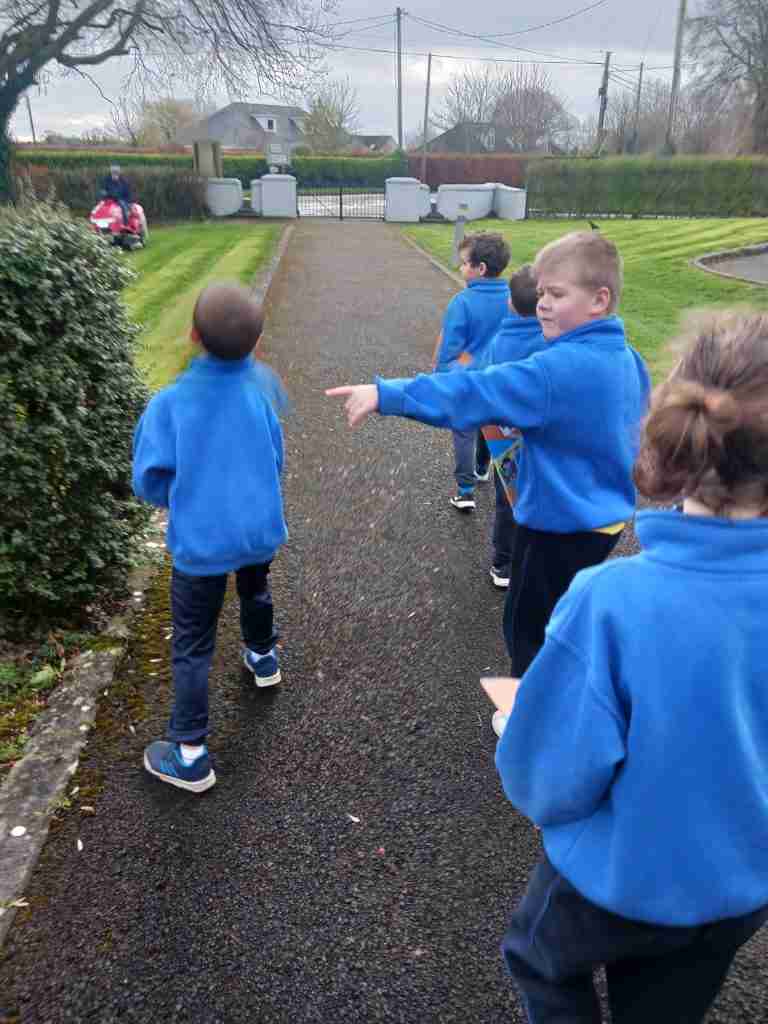
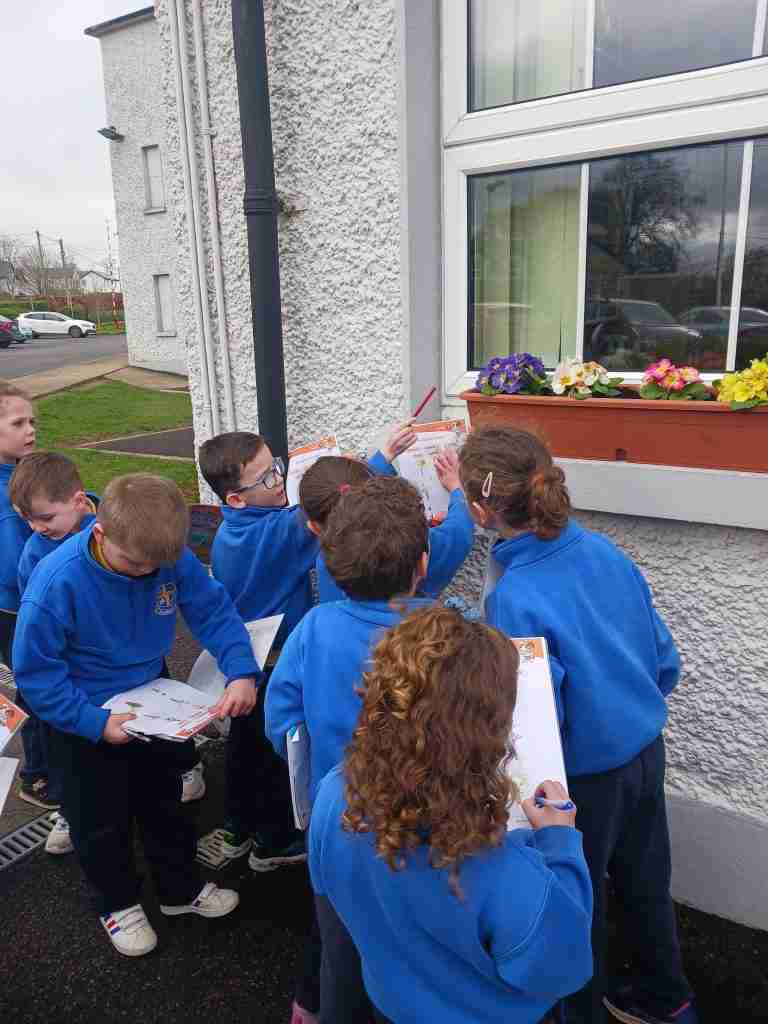
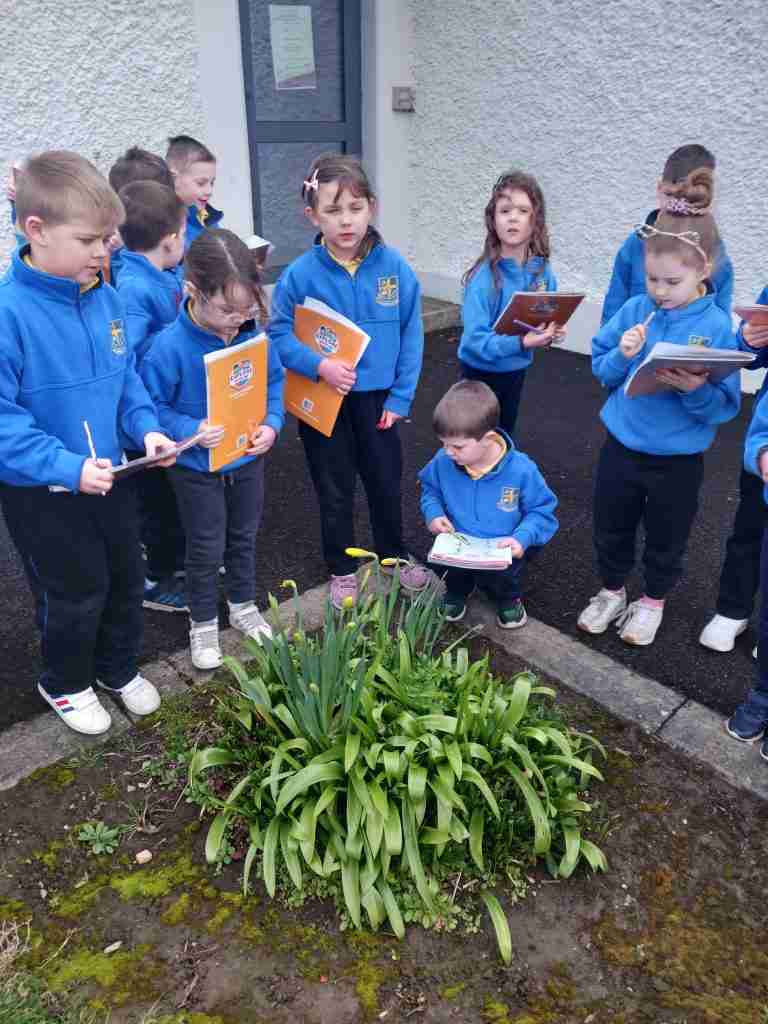
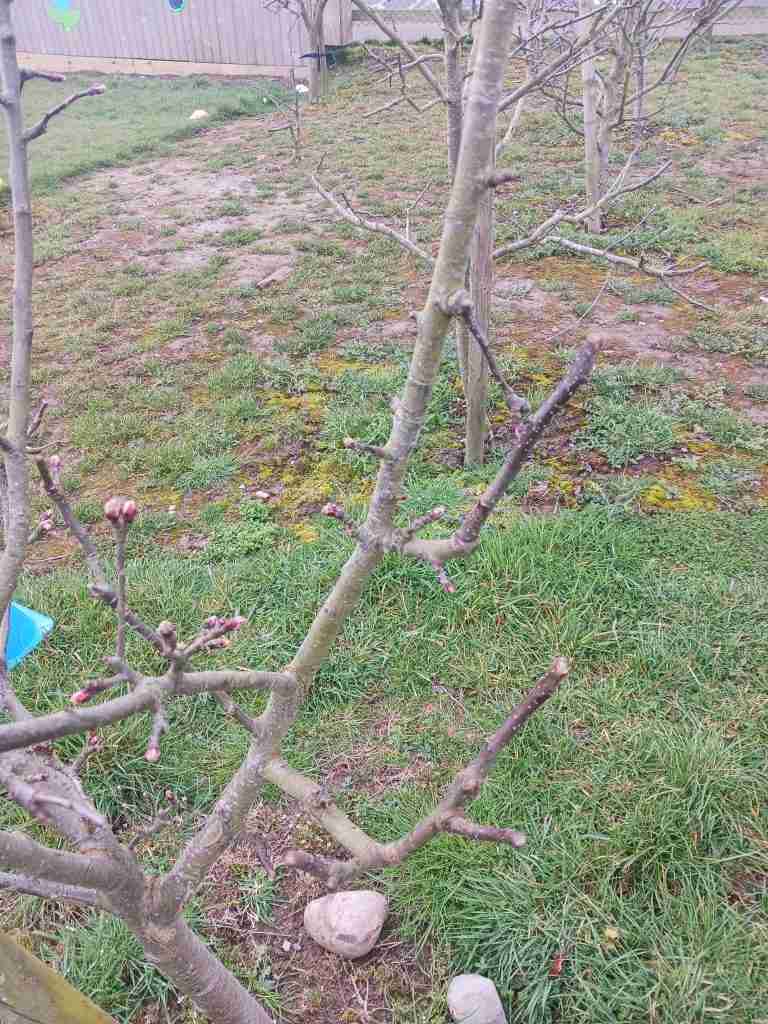
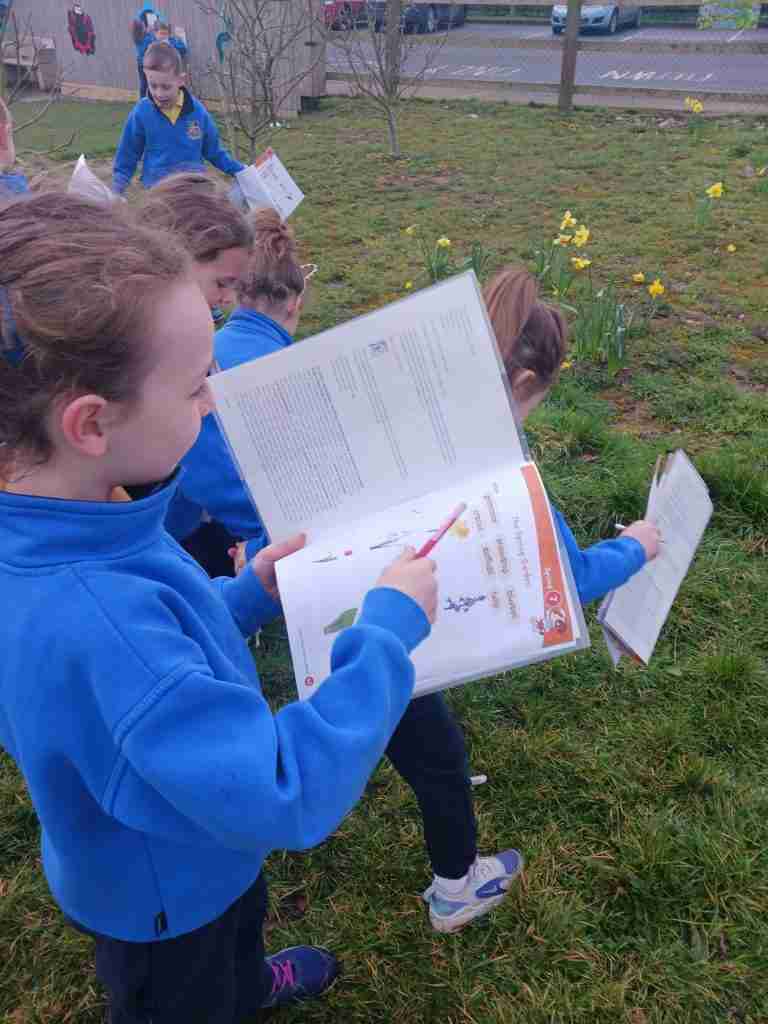
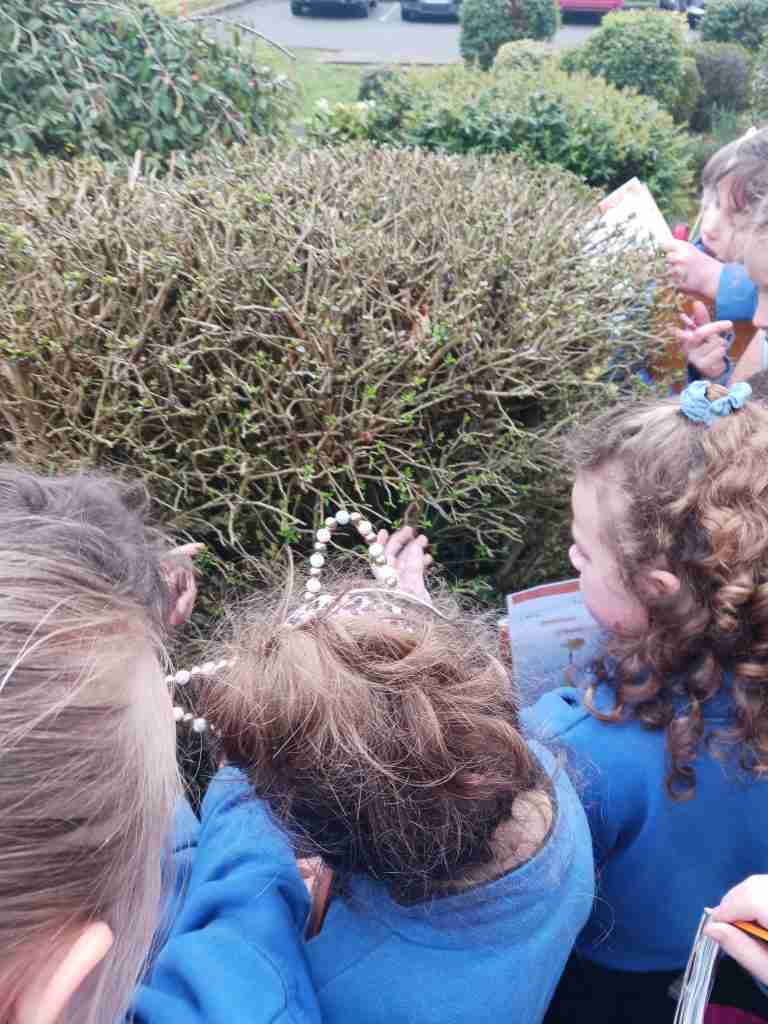
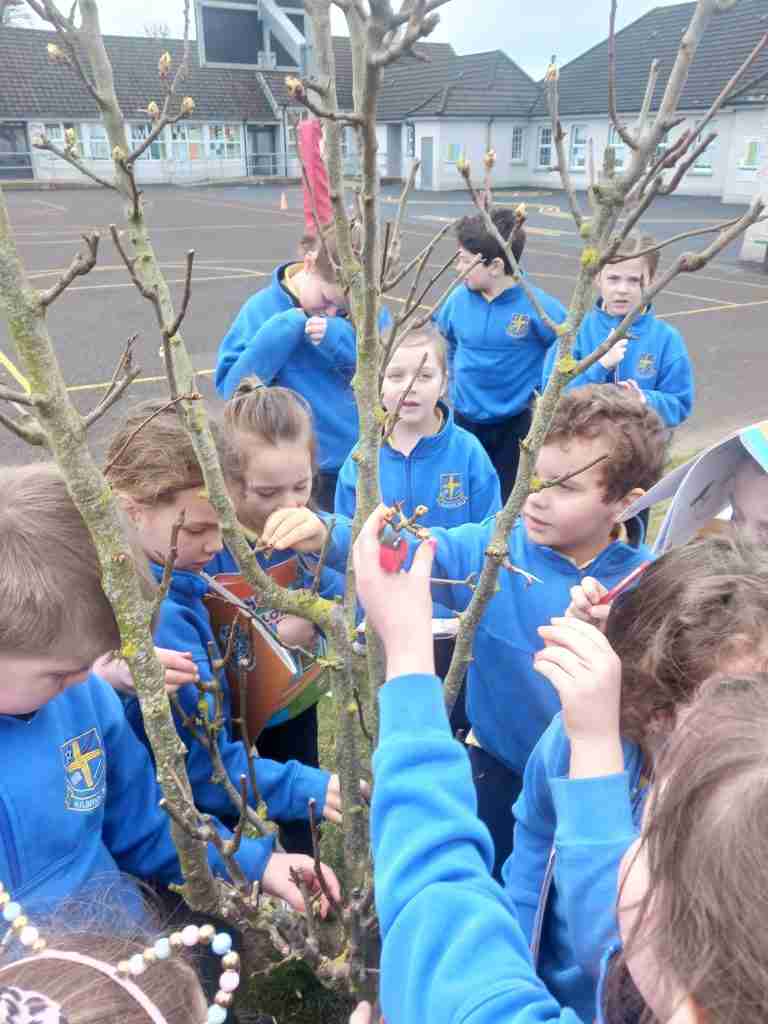
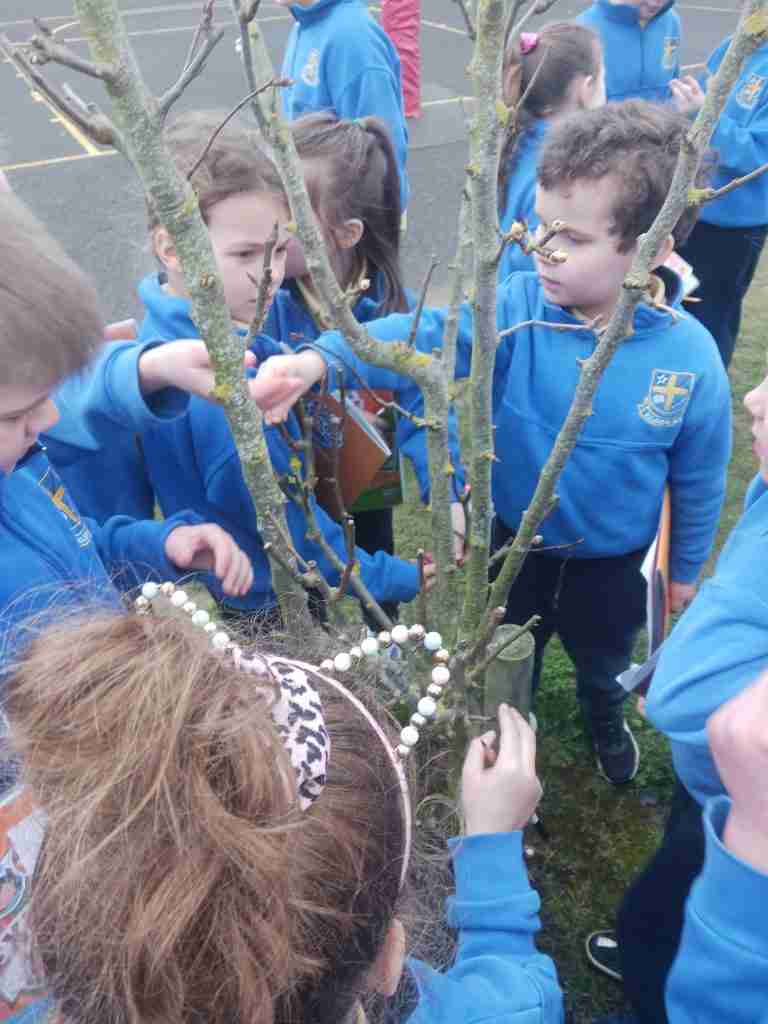
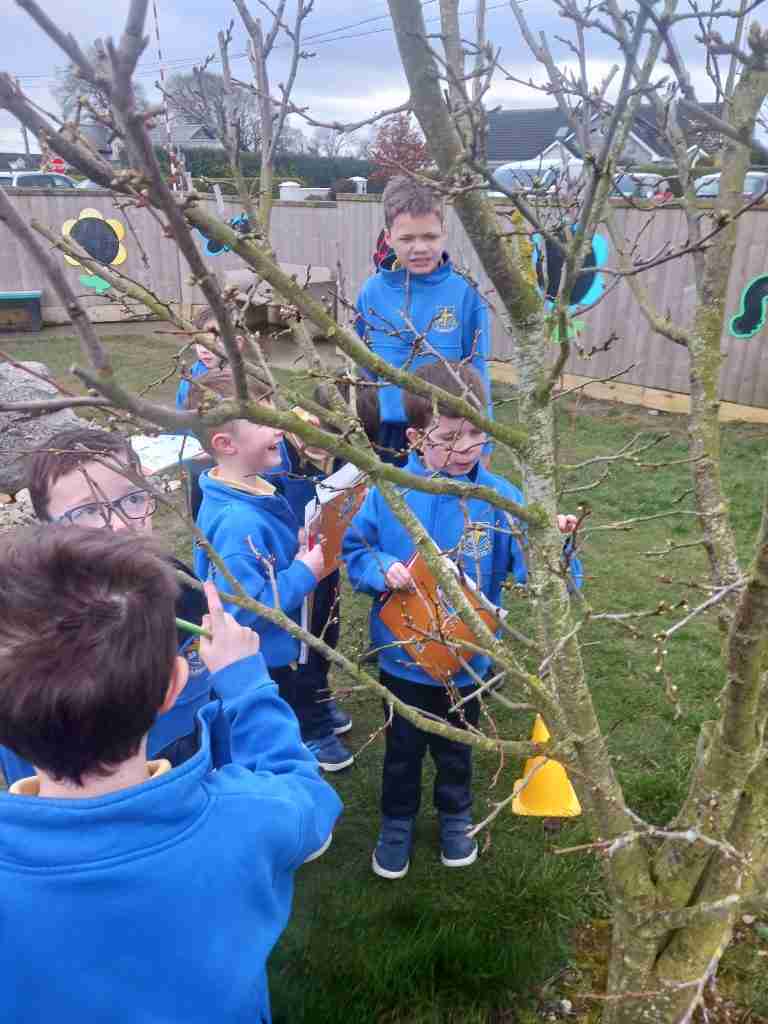

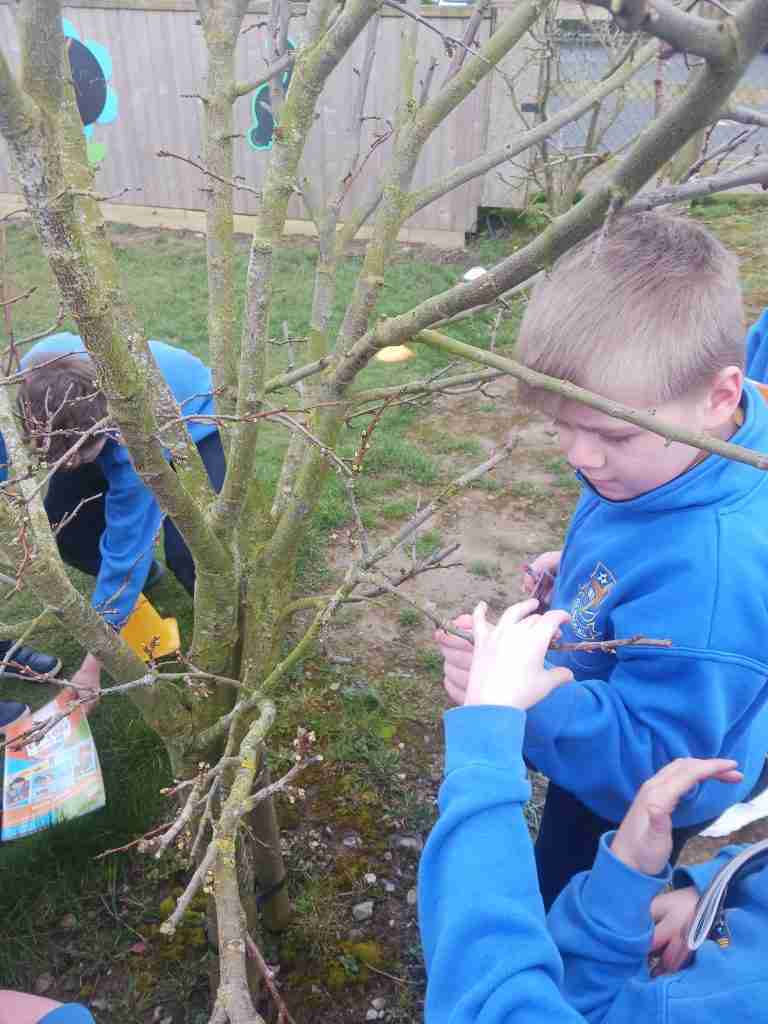
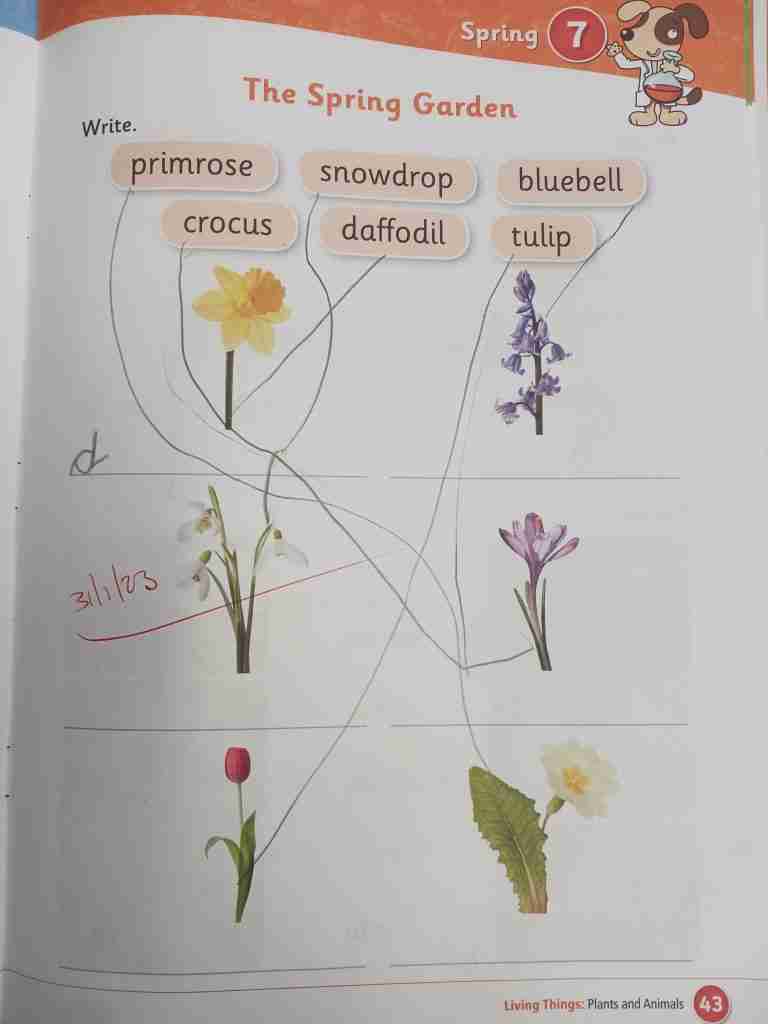
Content Objective(s) / Learning Outcome(s):


